Dupa ce am cautat in zadar, mai bine de o saptamana, fraza aceea magica de inceput, in jurul careia cuvintele din articol aveau sa vina multe, repede, simple, asezandu-se firesc in propozitii, m-am oprit, realizand brusc, asemeni lui Cocteau, ca, de fapt “am vrut să depăşesc literele şi să scriu in imagini”.
Caci Malta este de o frumusete coplesitoare, pe care o vor resimti in special cei ce iubesc arhitectura si cladirile vechi, cei ce simt pulsul vremurilor trecute in zidurile pe langa care pasim in prezent. Bucatile mari si galbui de calcar sunt omniprezente in case, catedrale, palate, monumente istorice, ca un leitmotiv al ariditatii solului, echivalent cu rezistenta arhipelagului maltez de-a lungul timpului.
Un scurt intro istoric, pentru a intelege mai bine imaginile ce vor urma: în anul 870, Malta a fost cucerită de arabi pentru mai bine de 200 de ani, care au influențat cultura, civilizația și limba malteza. Apoi a devenit parte pana in 1266 a Regatului Siciliei, ai carui regi erau prea relaxati sa se implice in organizare si, dupa ce regatele Castilia și Aragon s-au unit, Malta apartine Imperiului Spaniol. In 1530, regele Spaniei dăruieste această insulă Cavalerilor Ordinului Sf. Ioan, cunoscuți drept Cavalerii Ioaniți sau Ordinul Suveran al Cavalerilor de Malta, care au stapanit până în 1798, când Napoleon o cucereste, instaurand dominatia franceza pentru doi ani, dupa care englezii vin la putere si raman pana in 1964, cand Malta devine independenta.
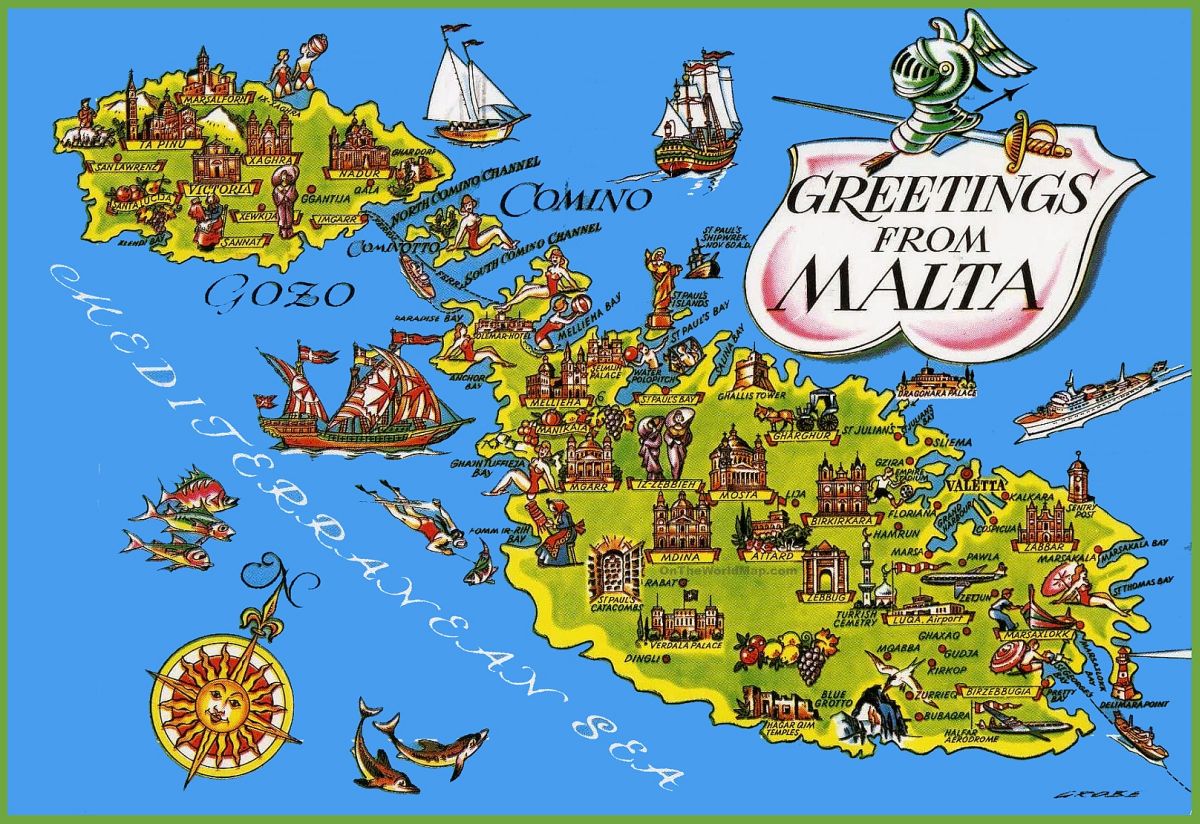
Rezervati-va 8-10 zile sa vedeti Malta pe indelete, caci micuta insula e incarcata de splendori ce merita savurate. Noi am inchiriat prin airbnb.com la un pret decent (a costat 170 euro pentru 8 nopti) un apartament frumos de doua camere in Sliema, intr-o cladire tipic malteza, cu usa si balcon din lemn vopsit in turcoaz, in capatul unei stradute cu vedere la mare, astfel incat privelistea era asigurata din start 😉
Pretutindeni in Malta si mai ales in Sliema, casele au placute cu nume si mici simboluri religioase sau chiar statuete, pentru protectie divina si atragerea energiilor benefice. Balcoanele si usile caselor sunt viu colorate in verde, rosu, grena, albastru, galben, astfel incat e o placere continua sa le privesti si sa le fotografiezi non-stop.
Mancarea este buna, peste tot sunt bistro-uri si terase cochete, infrastructura de transport este excelenta – comparabila cu cea elvetiana – asa ca se poate merge repede si bine cu autobuze, yacht-uri sau vaporase ce leaga absolut toate punctele importante ale insulei.
La mijlocul lui septembrie erau in jur de 30 de grade si caldura umeda, prin urmare includeti in tinuta palaria si ochelarii de soare ca un must have alaturi de aparatul foto si spiritul liber de calatorie 😉
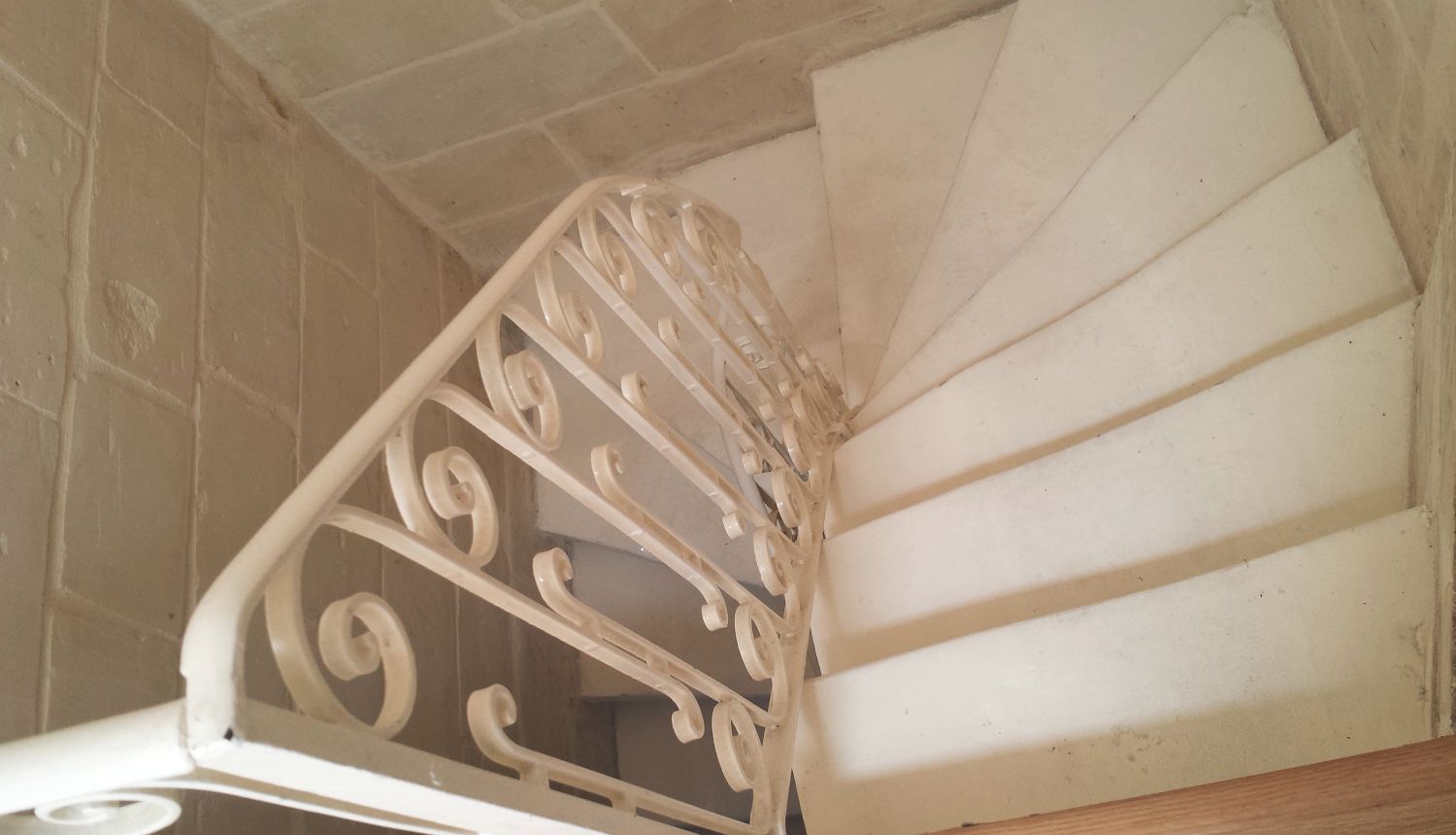
Scara interioara din apartamentul in care am locuit (Sliema)
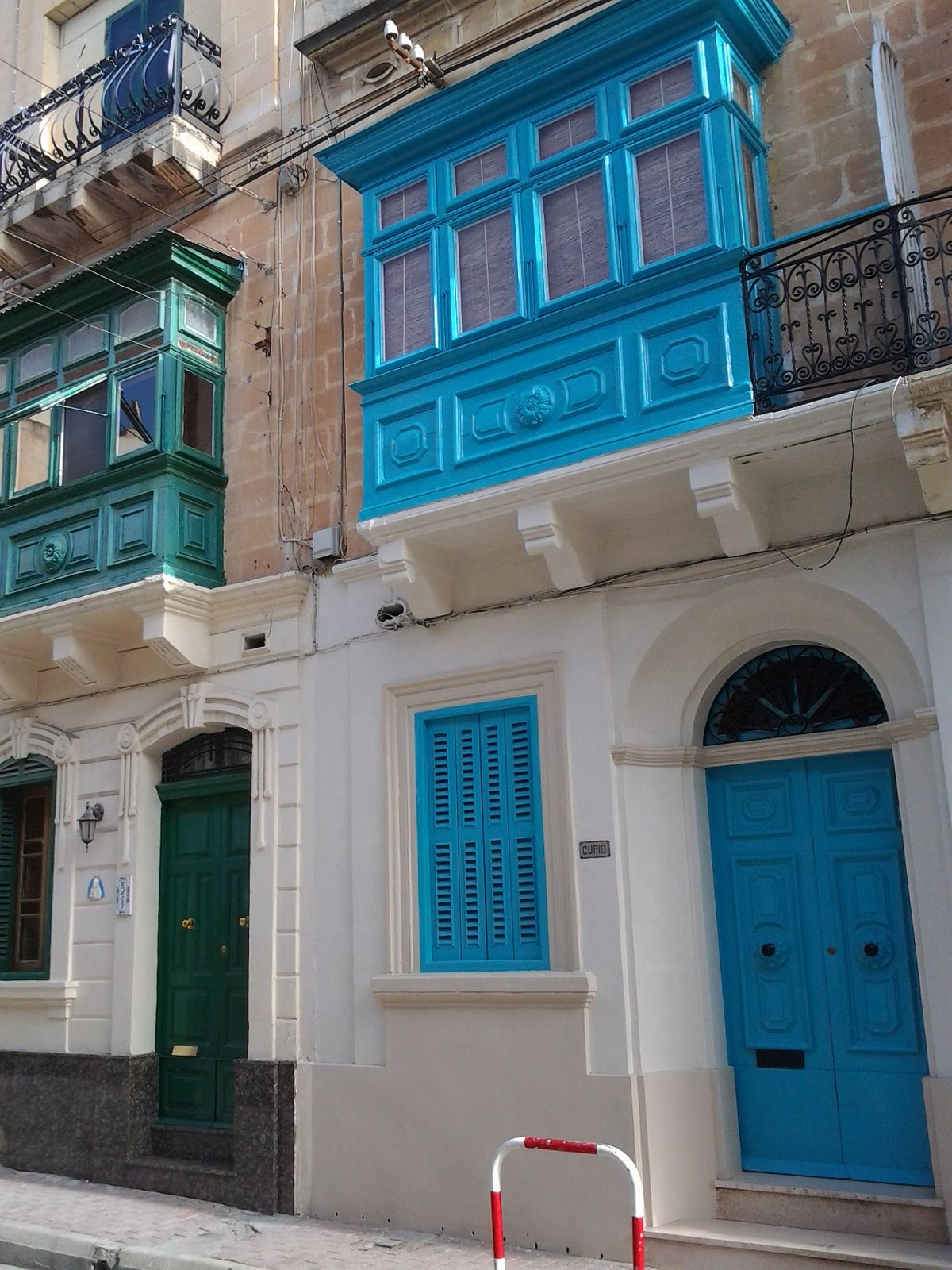
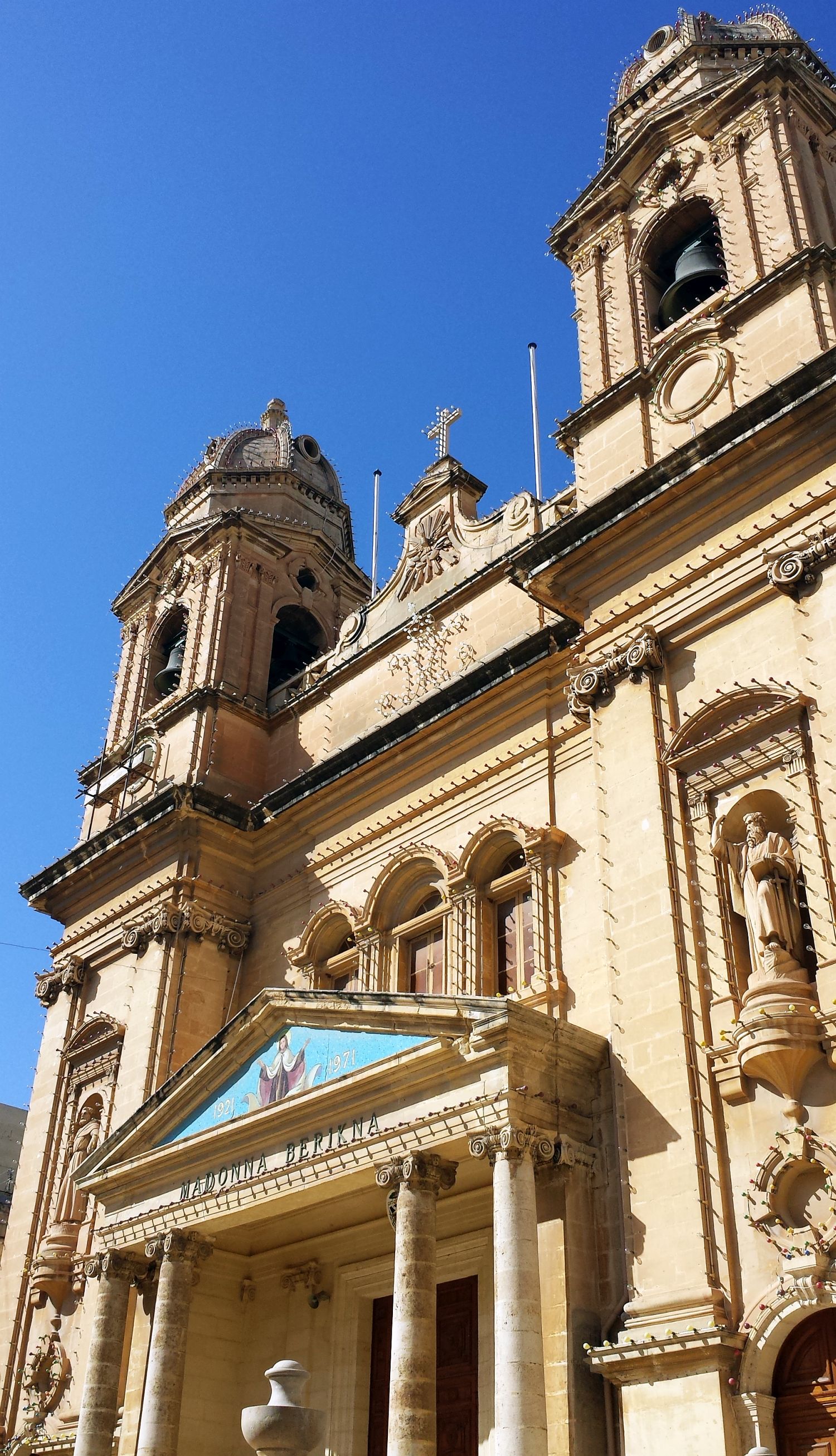
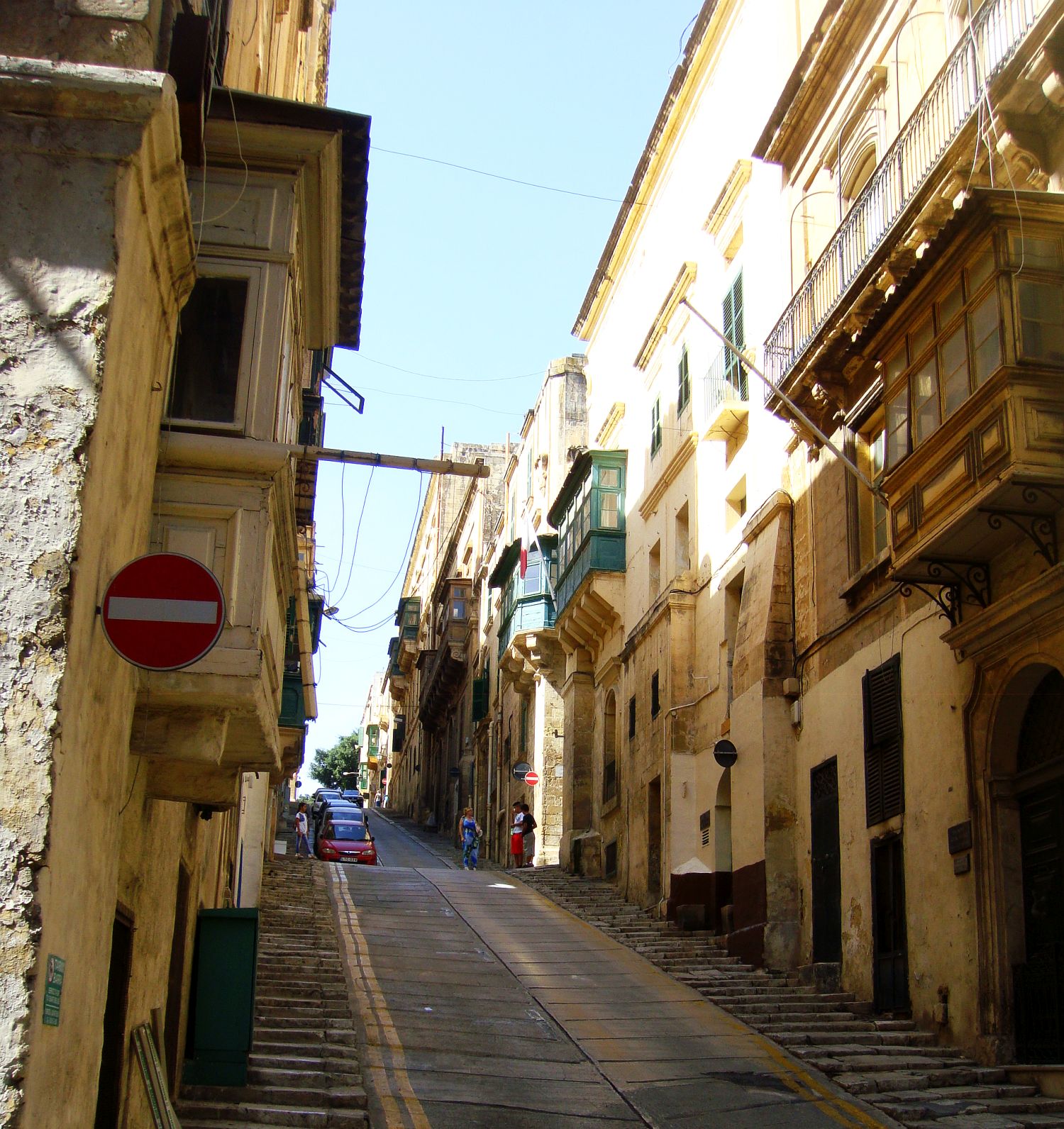
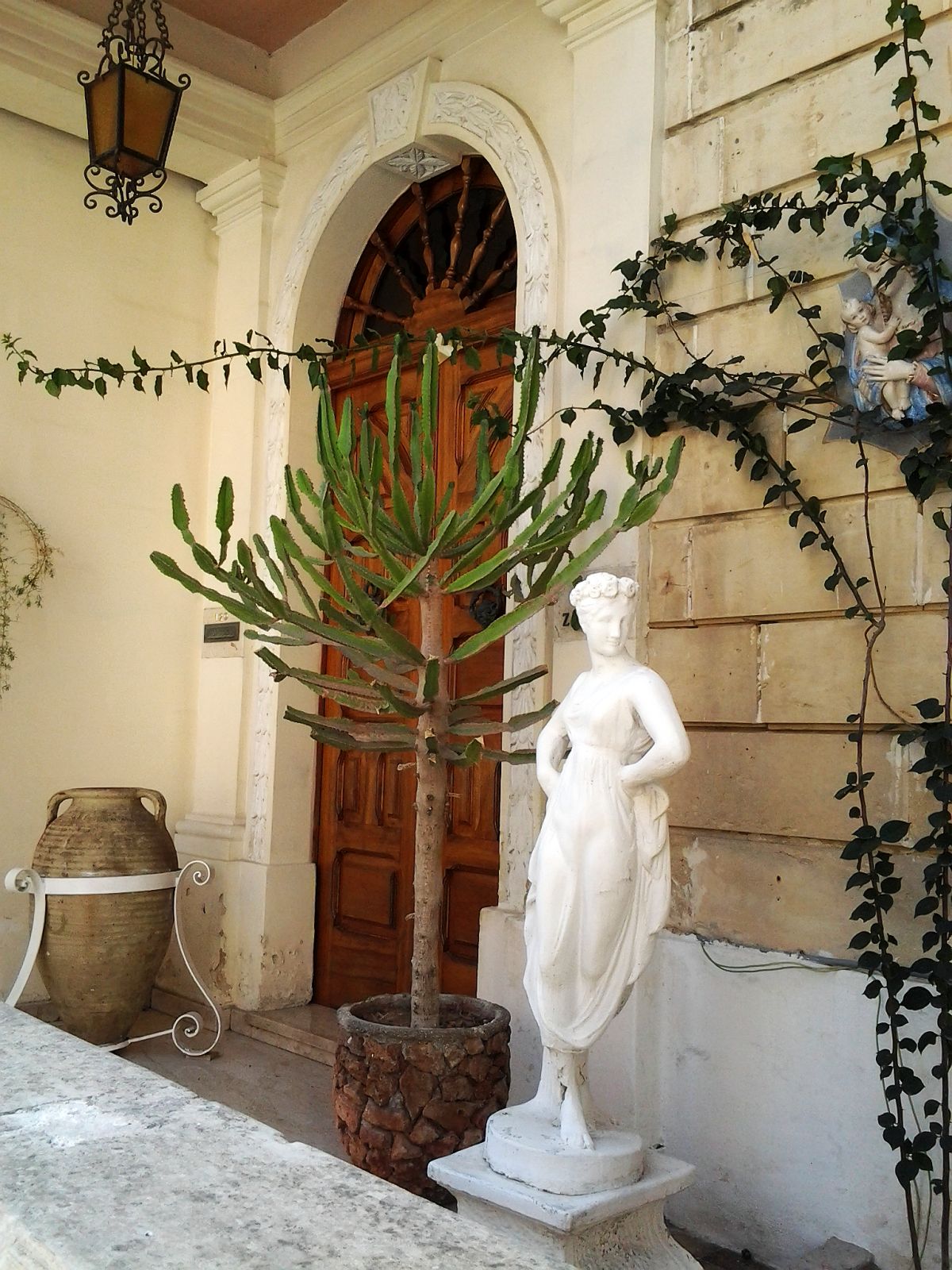
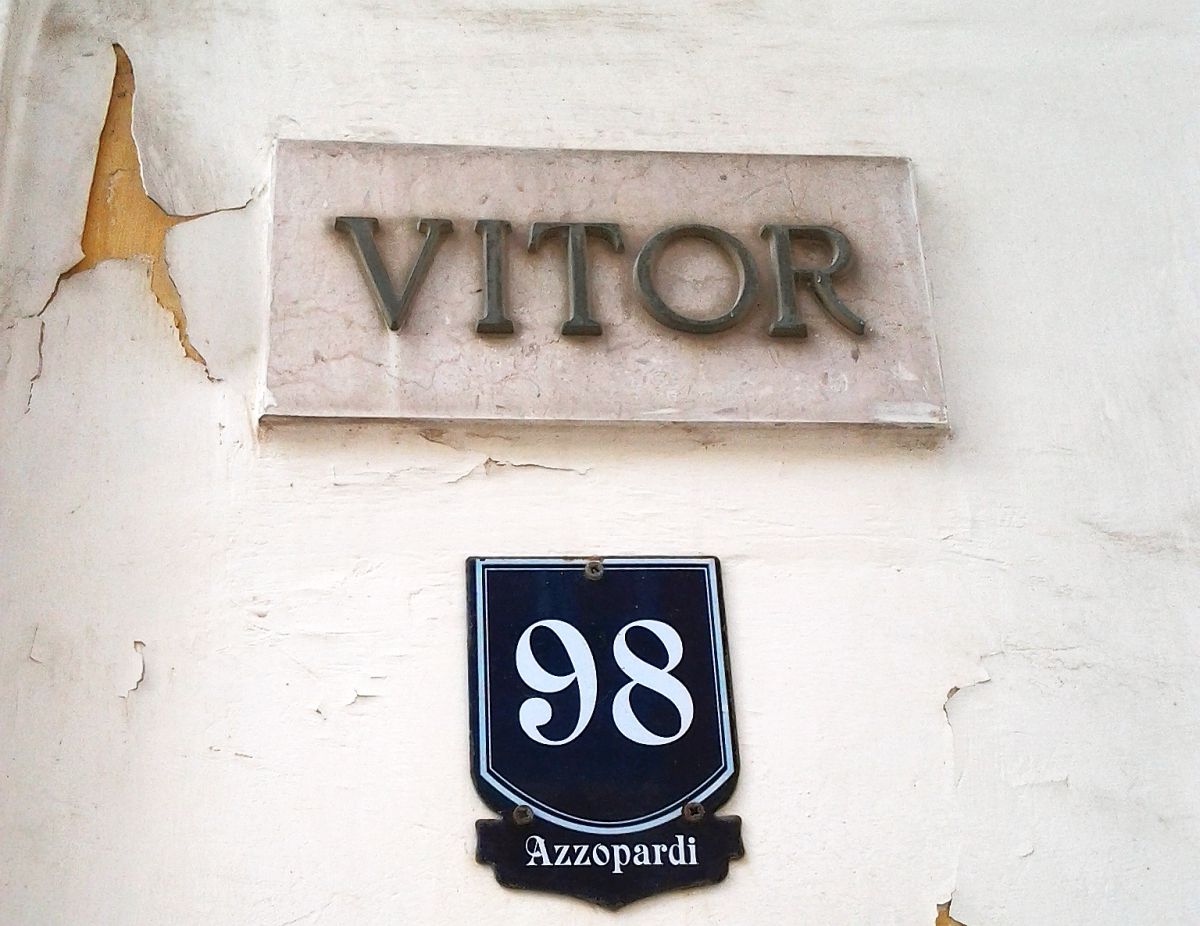
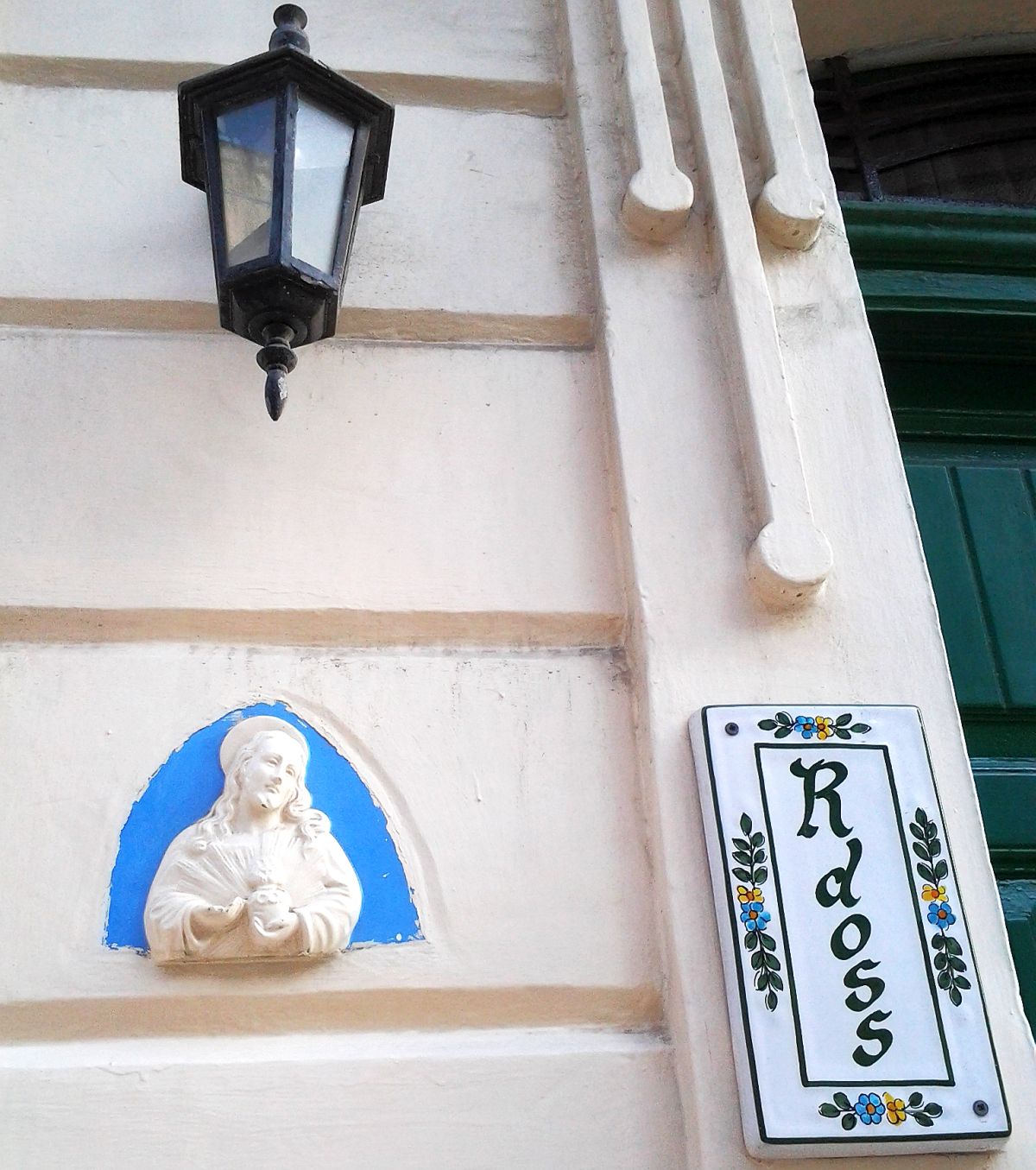
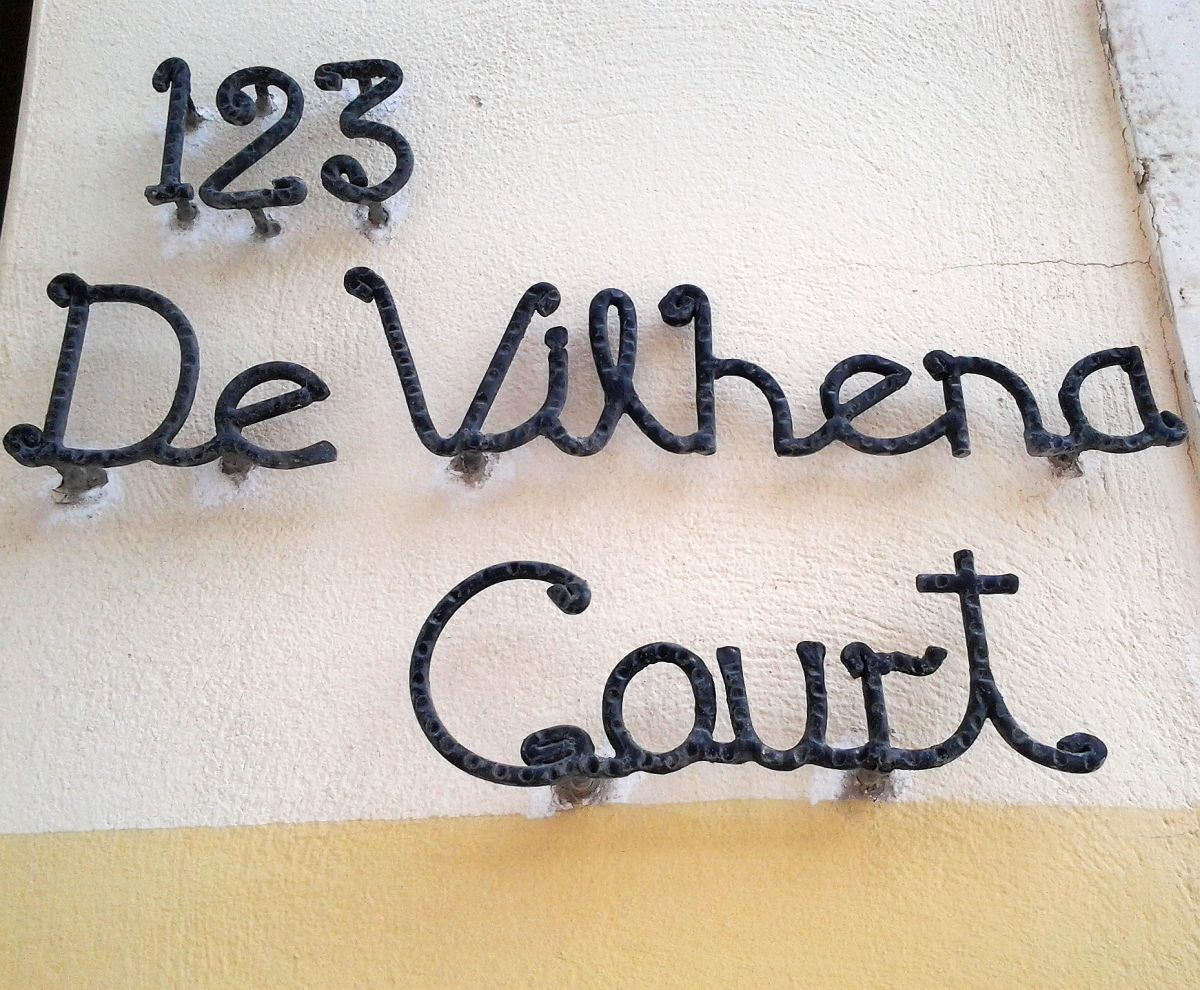
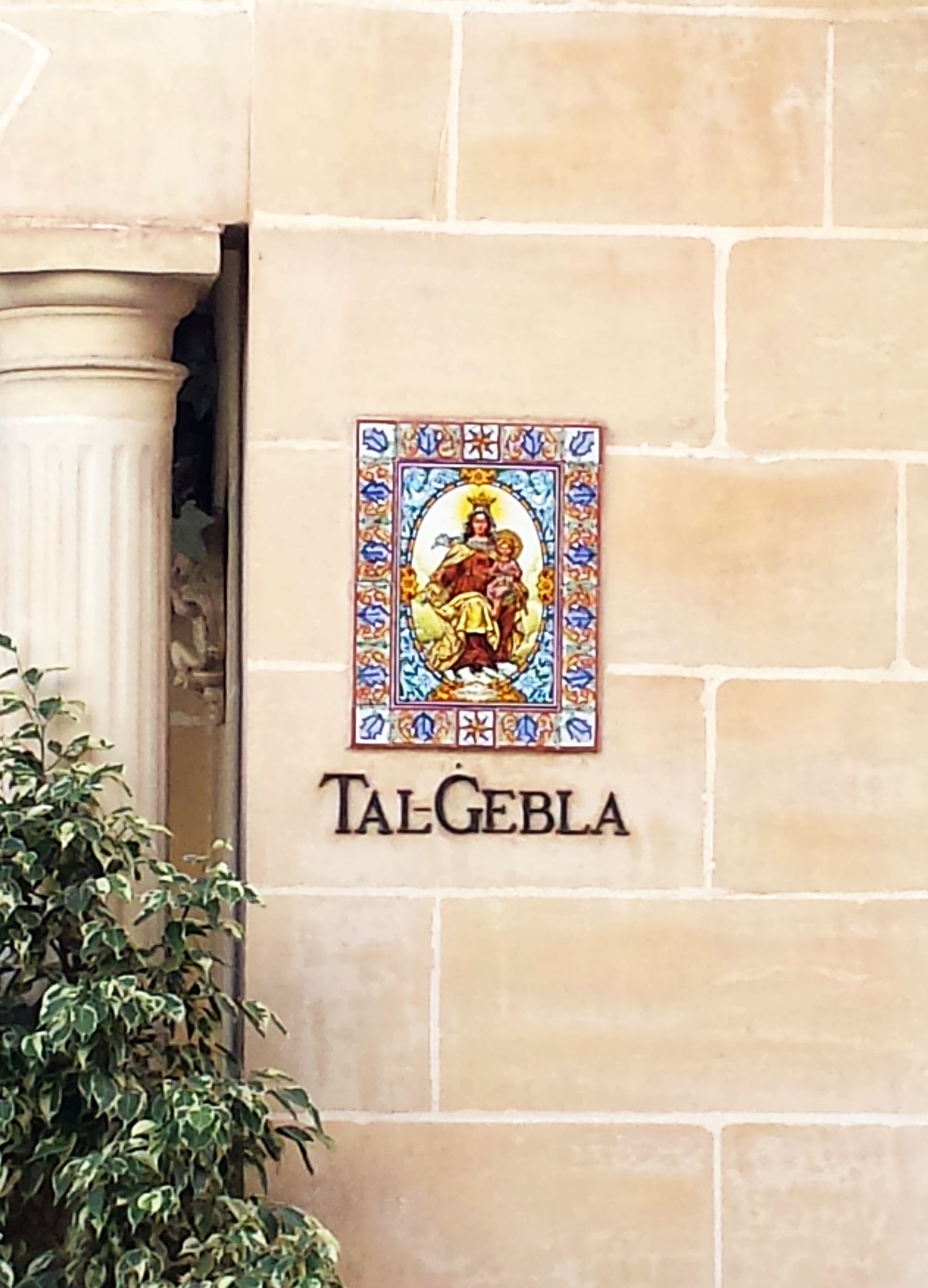
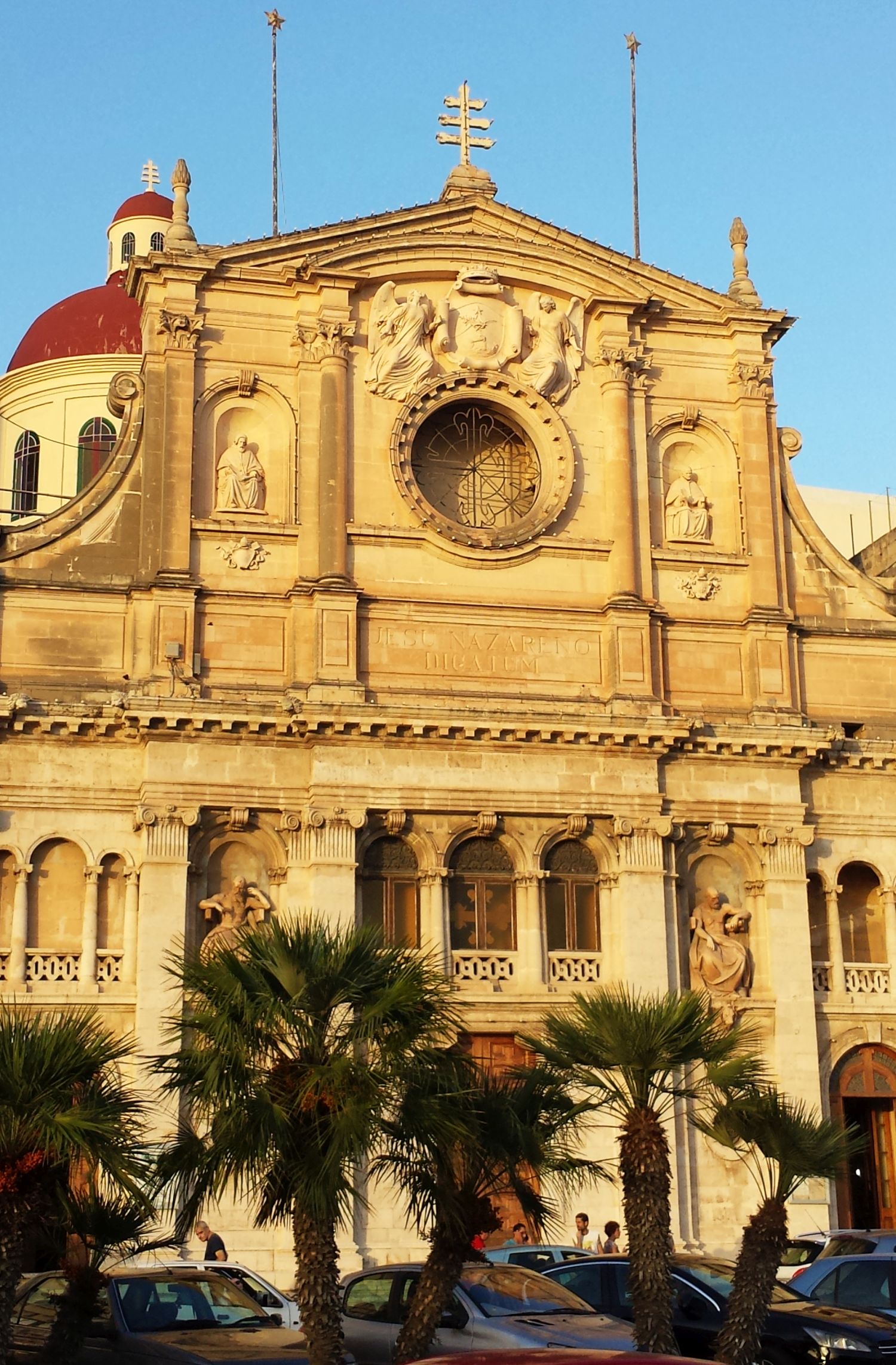
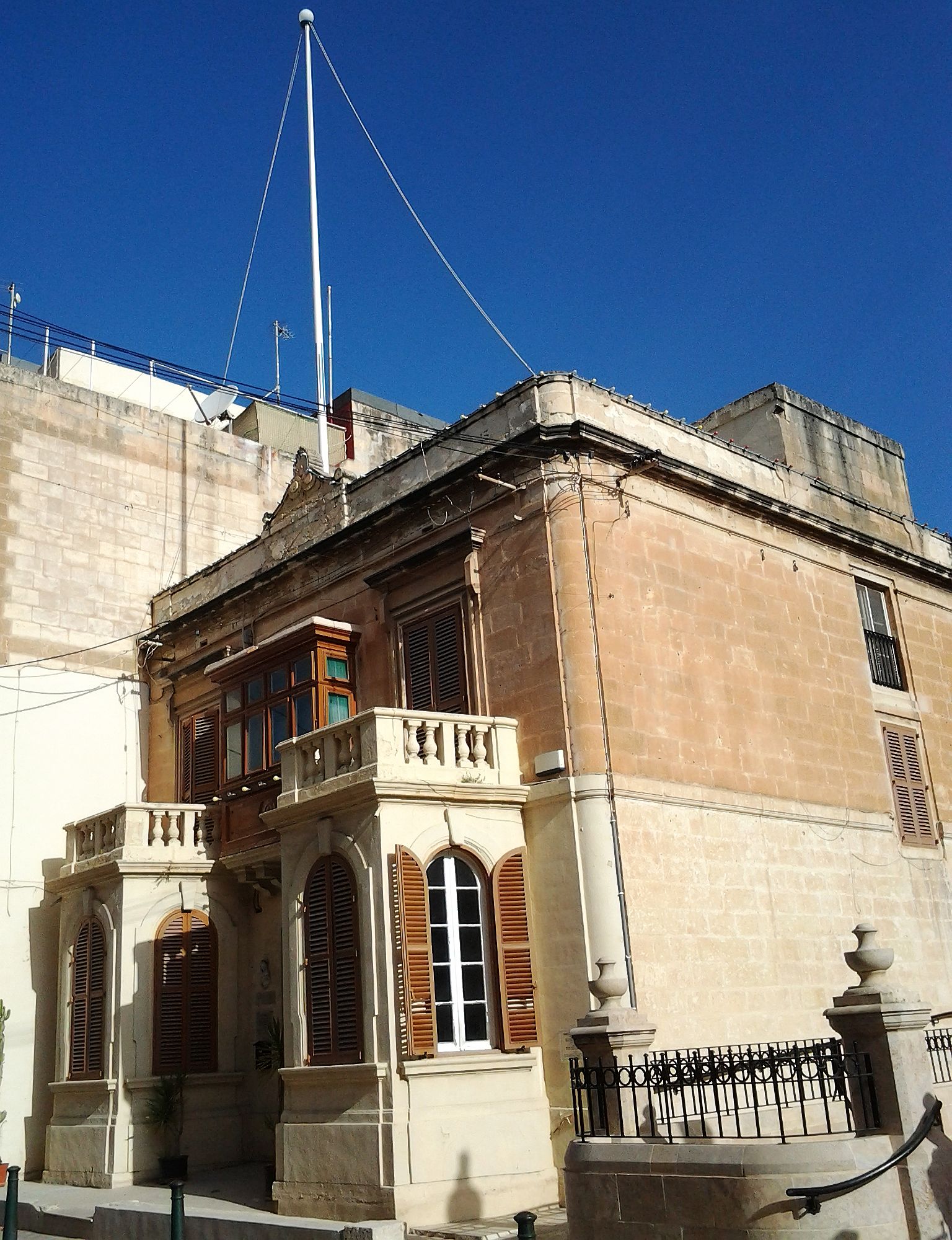
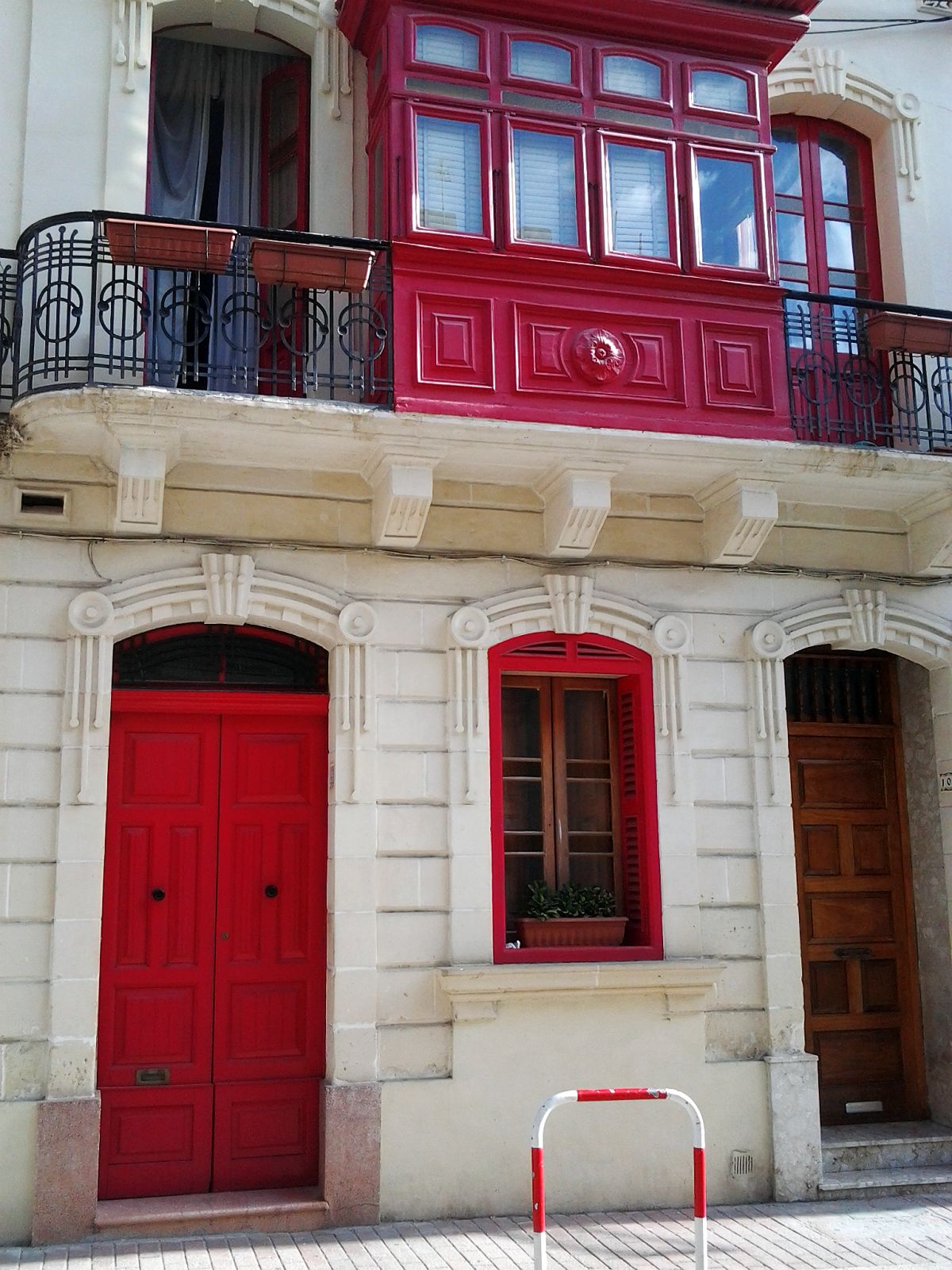
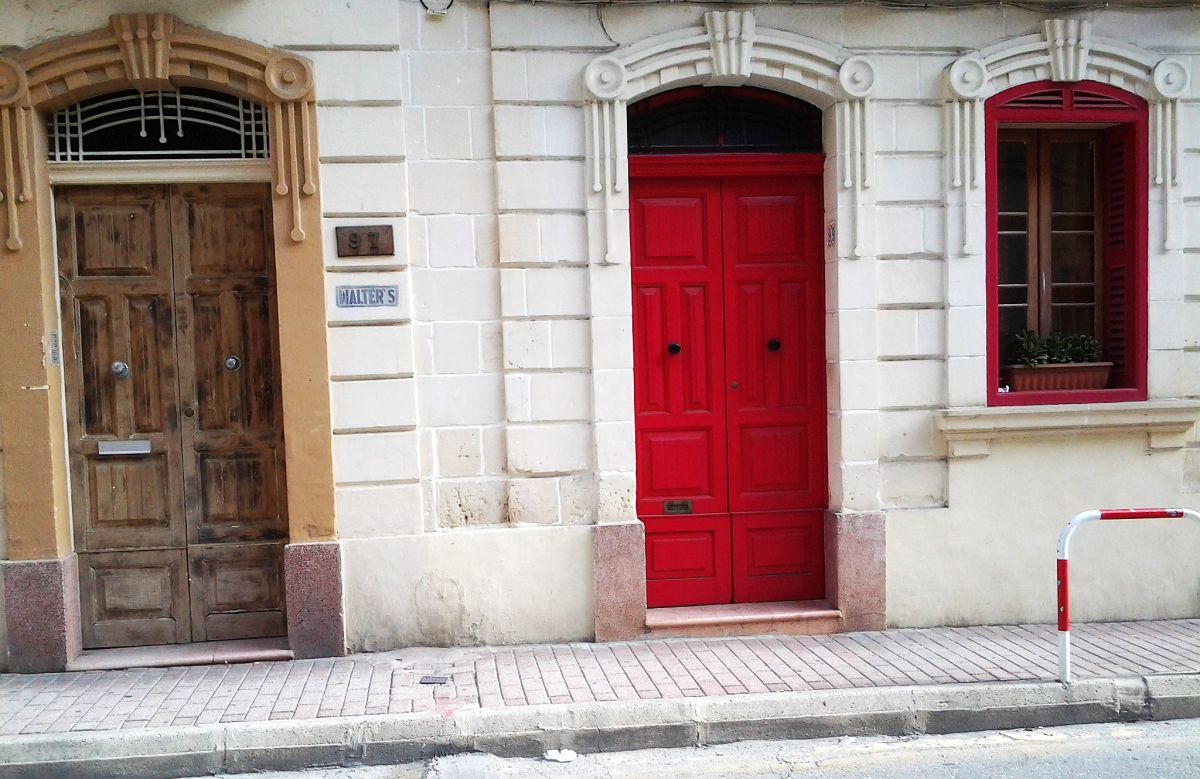
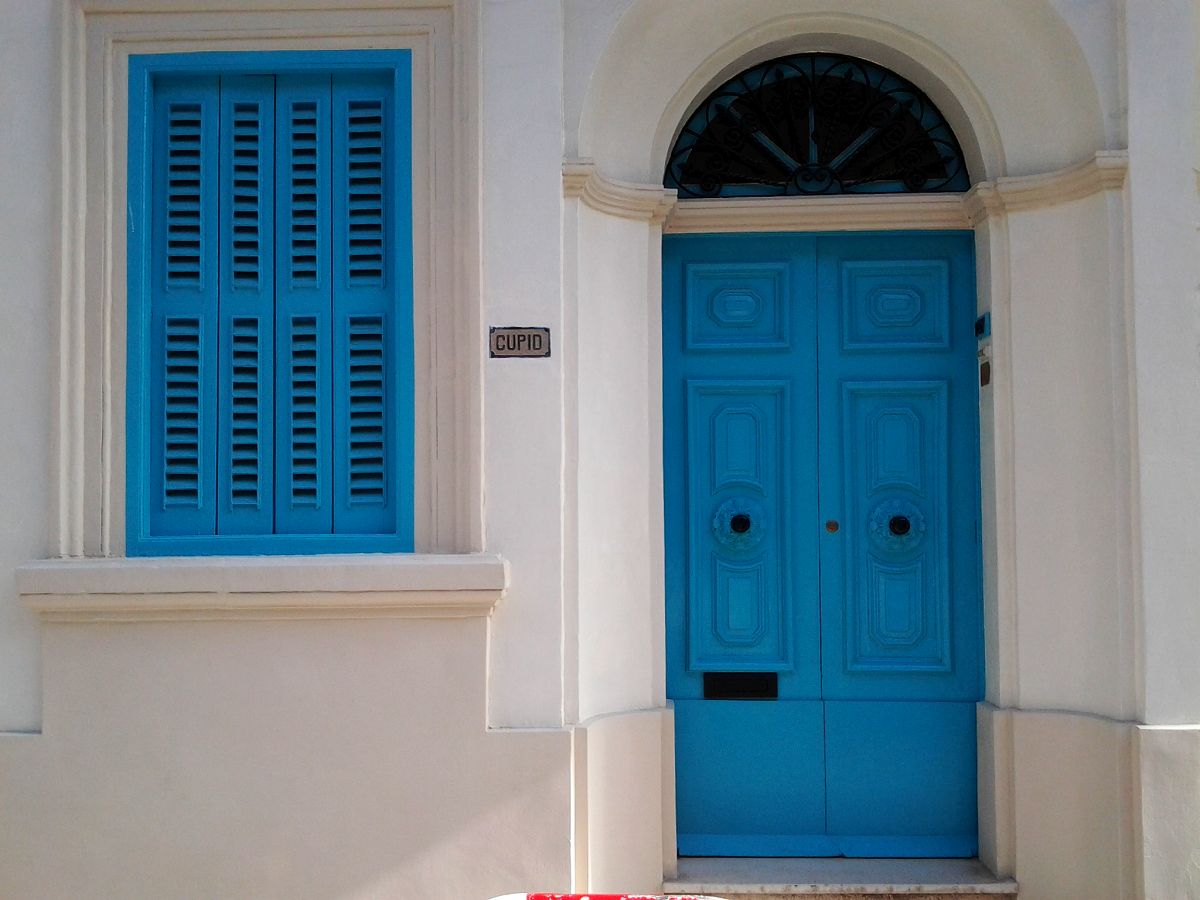
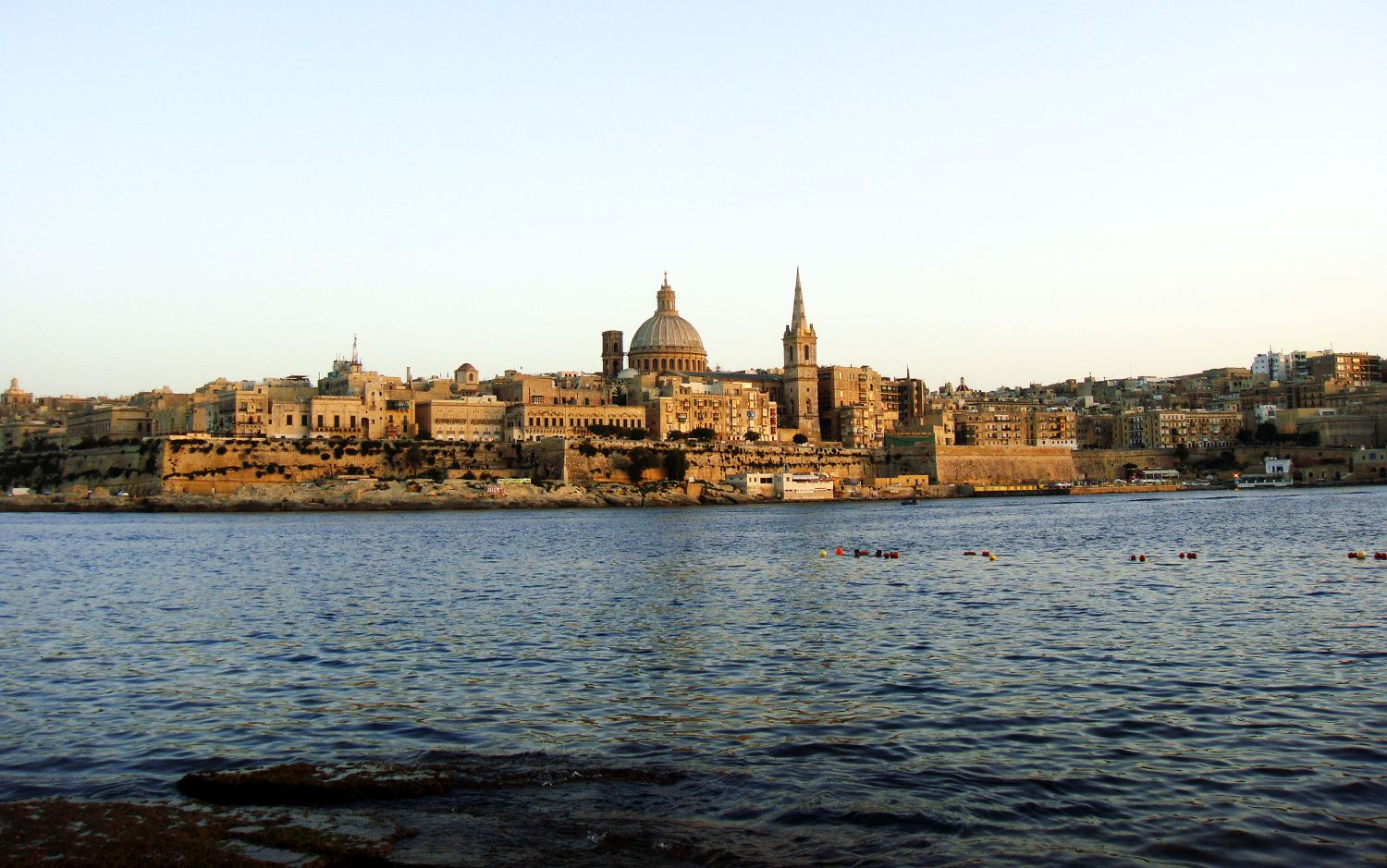
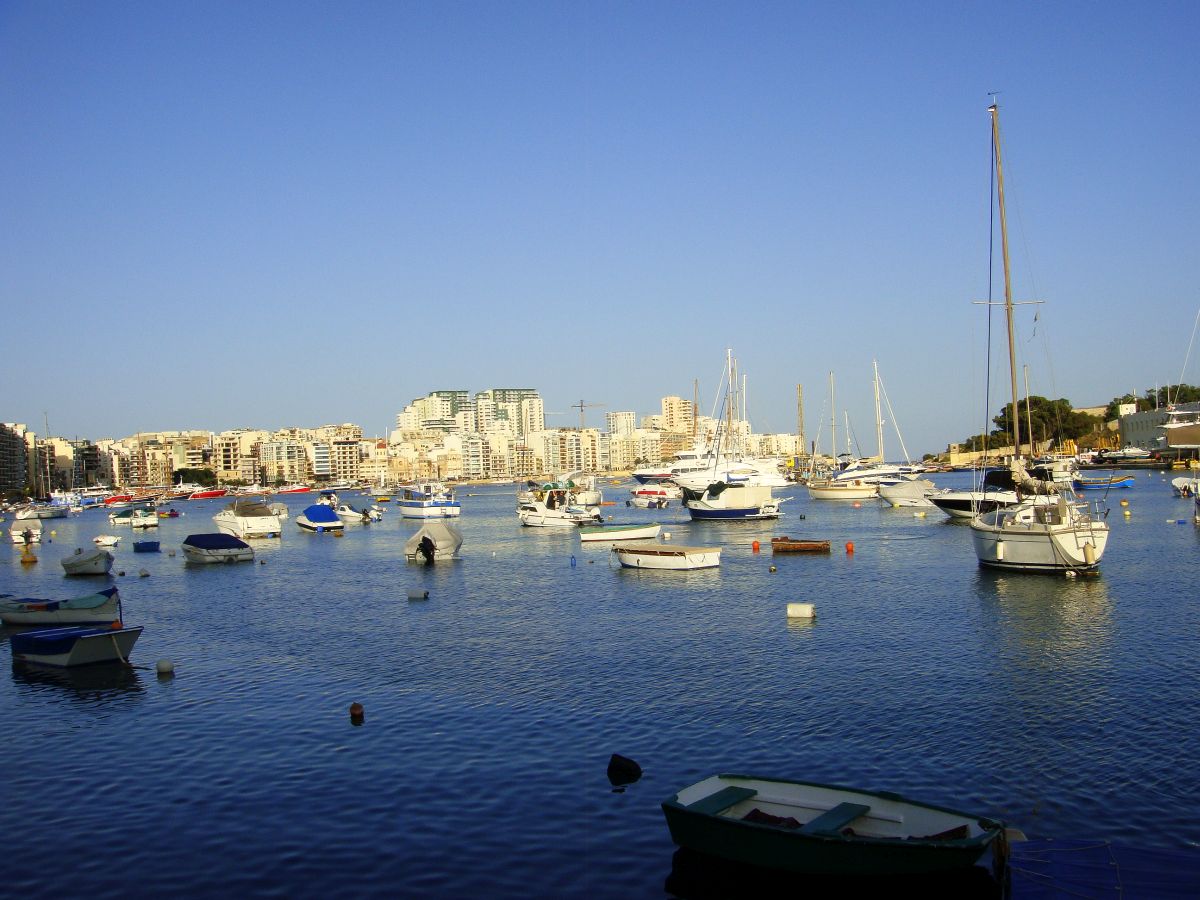
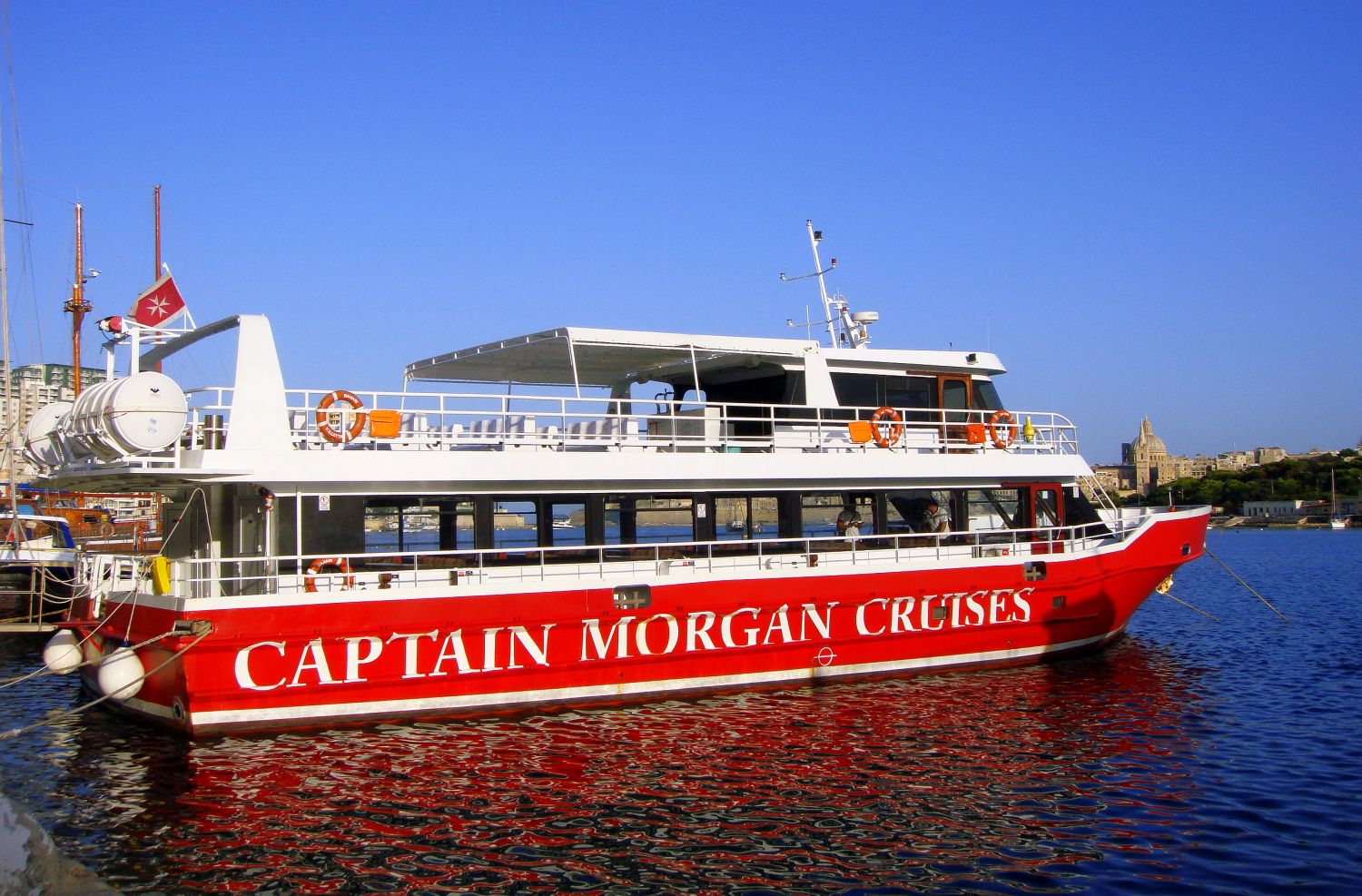
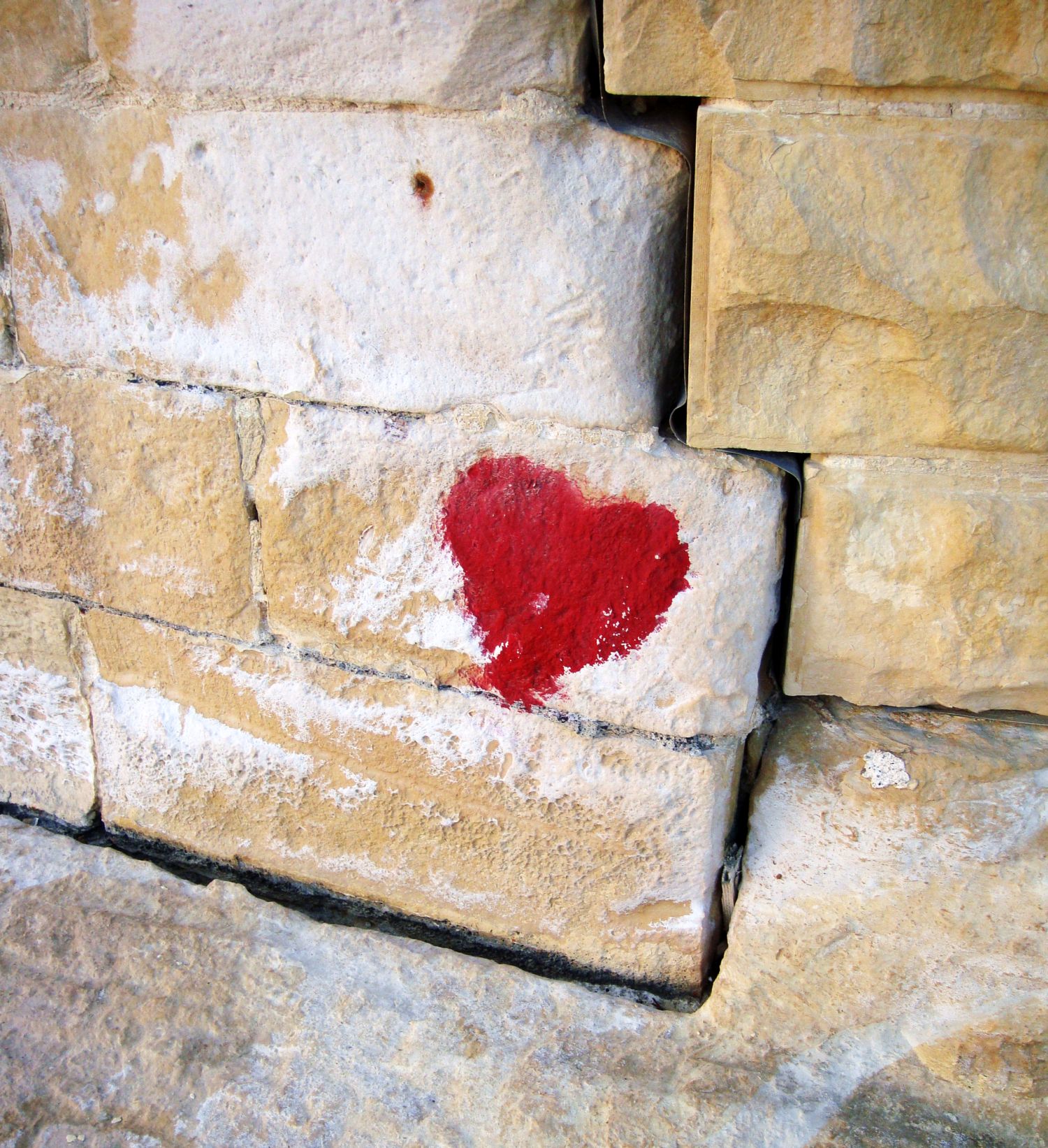
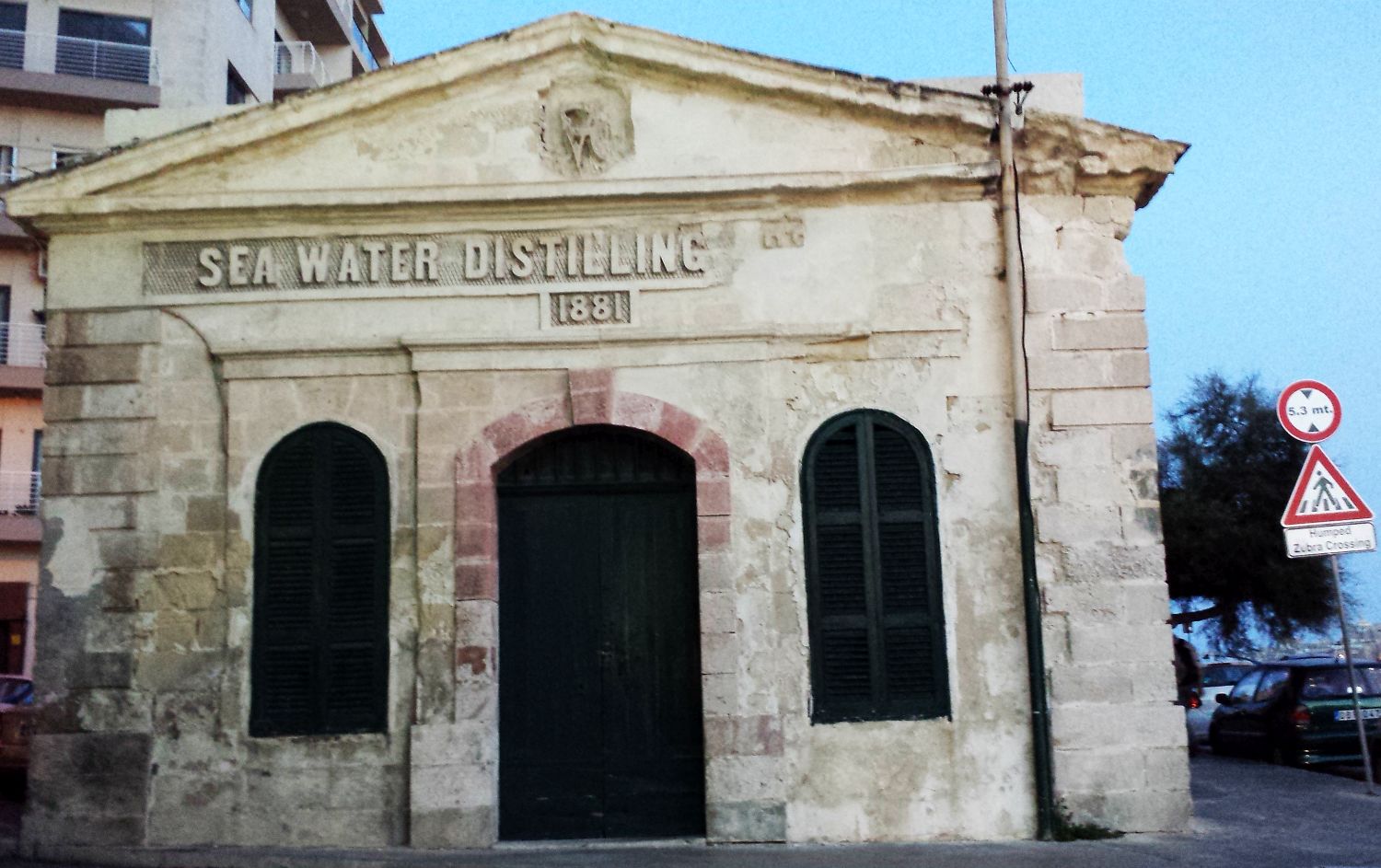
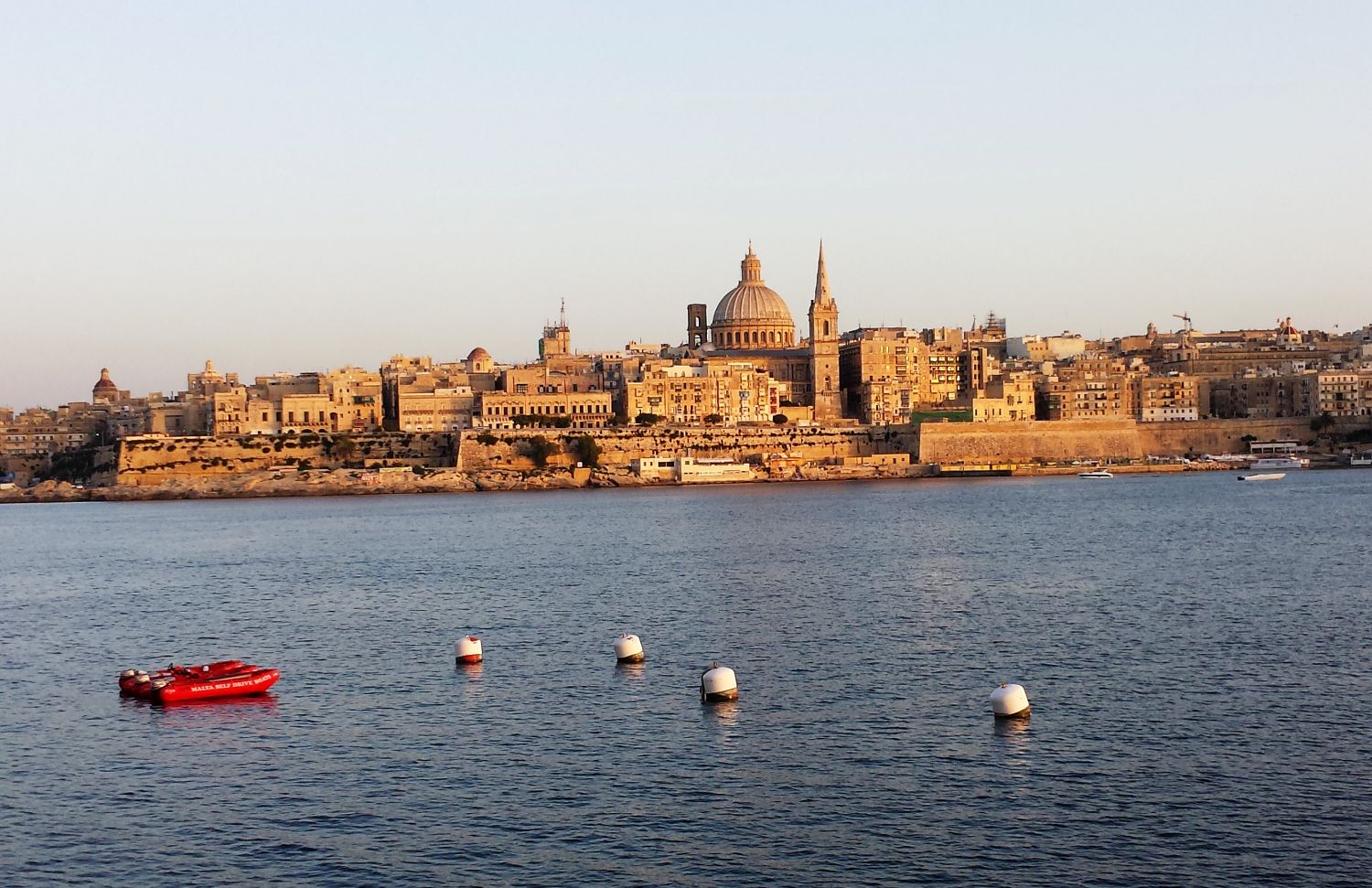
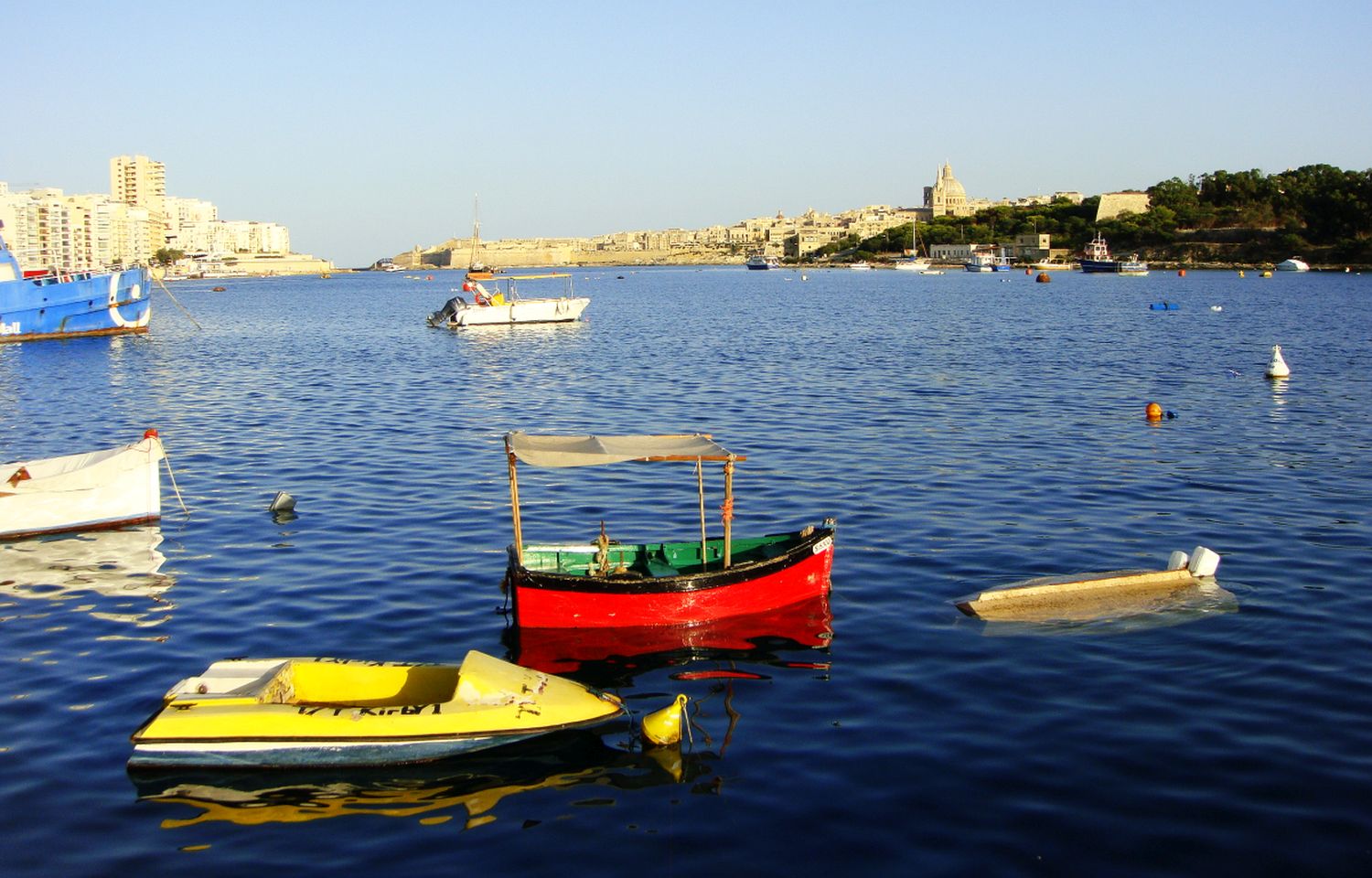
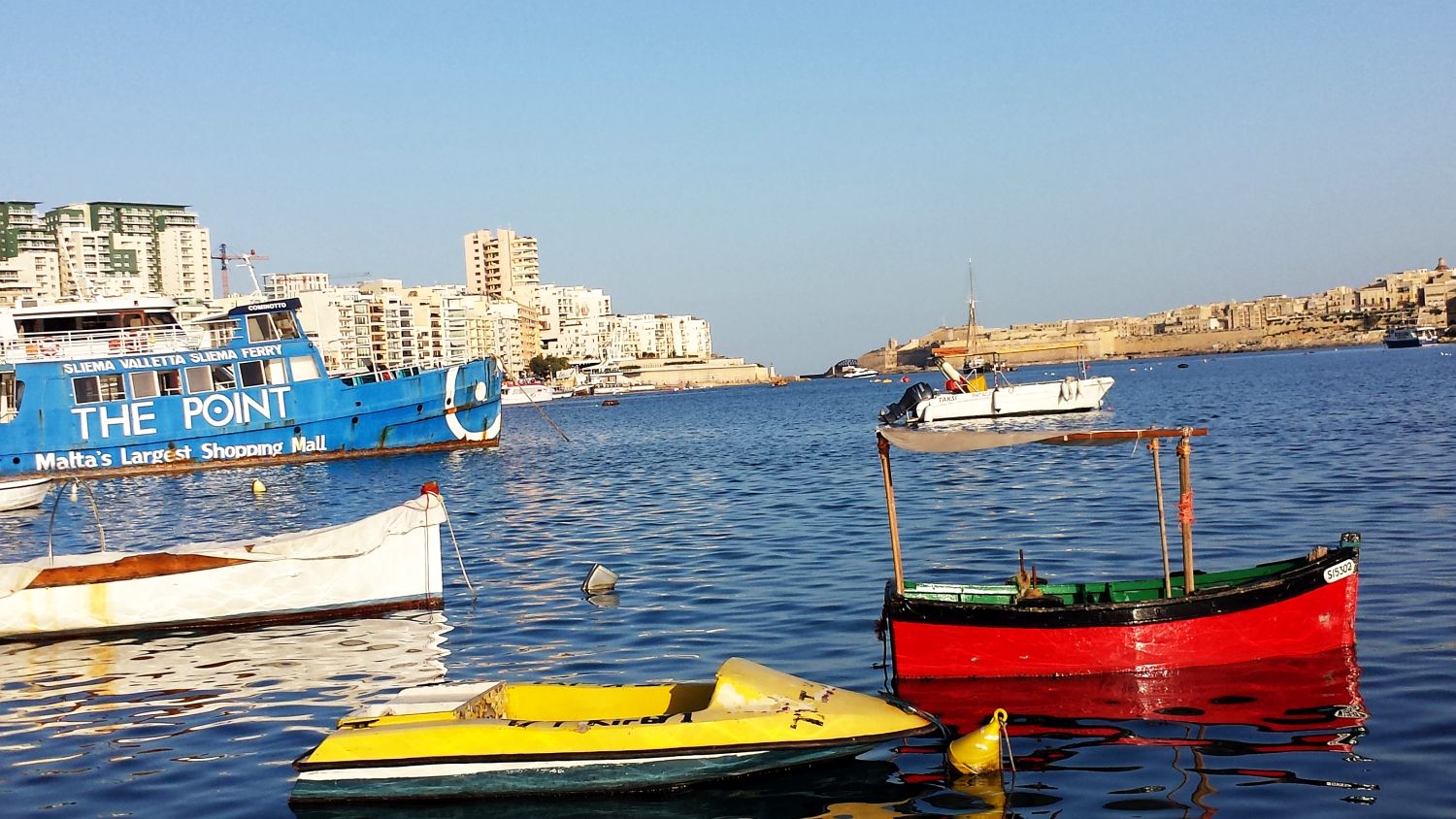
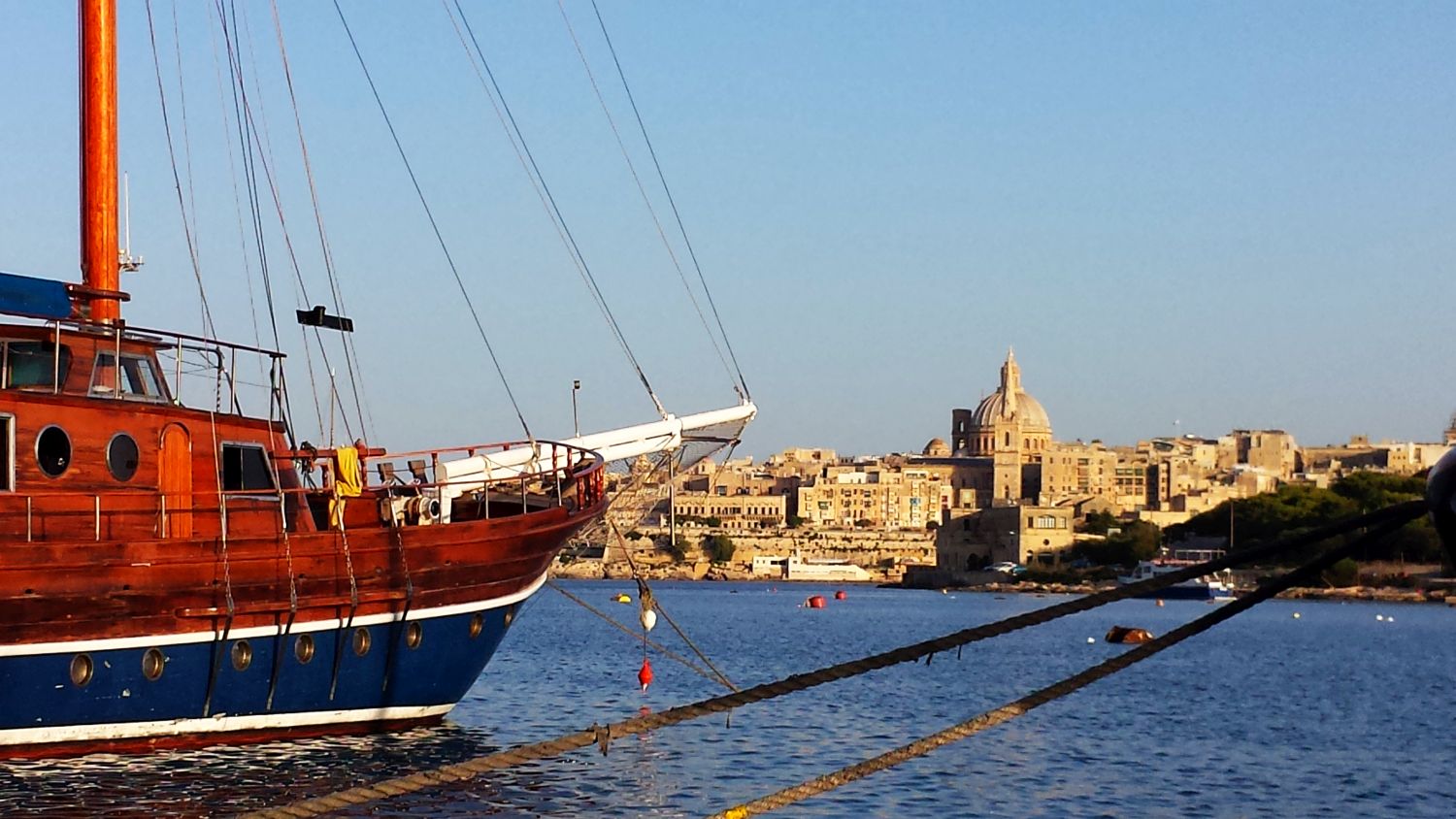
Preferata mea no.1 a fost Mdina, iata povestea sa in cateva vorbe si multe imagini.
Istoria Mdinei incepe in urma cu 4.000 de ani, cand Apostolul Sf. Pavel a naufragit pe insula. Luminat noaptea cu felinare și denumit “Silent City”, orasul vechi Mdina este fascinant pentru atmosfera atemporală precum și comorile sale culturale sau religioase. De-a lungul timpului, Mdina a avut nume și titluri diferite, în funcție de conducătorii săi, dar numele medieval Citta Notabile – orasul nobil – descrie cel mai bine faptul ca acesta a fost casă atunci, ca și acum, familiilor nobile malteze, descendente ale lorzilor sicilieni și spanioli din secolul al 12-lea încoace. Cu palate si vile impresionante aliniate pe străzile sale înguste si umbroase, Mdina este unul dintre cele mai bune exemple de oras european antic fortificat, extraordinar si memorabil prin amestecul de arhitectură medievală și stil baroc.
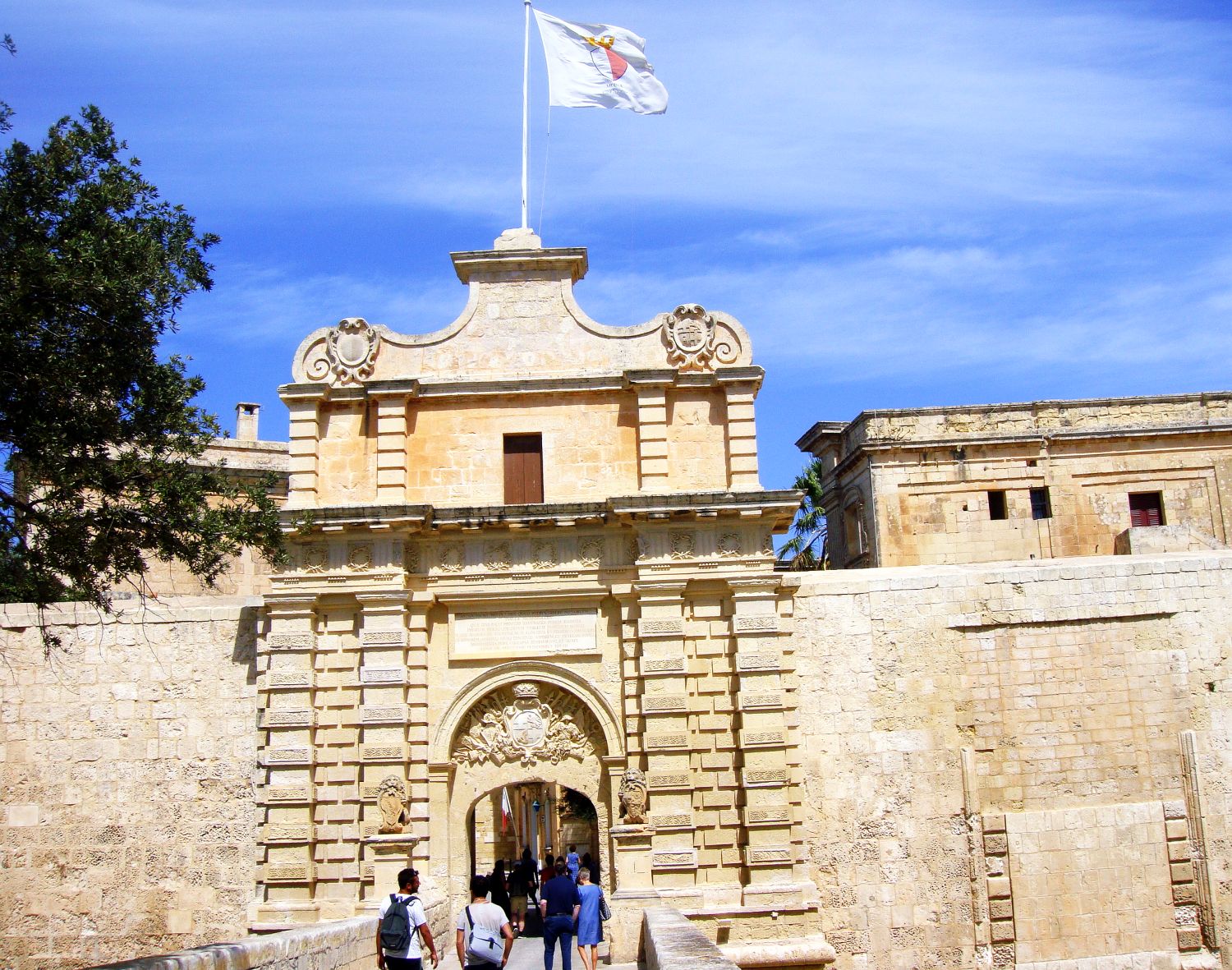
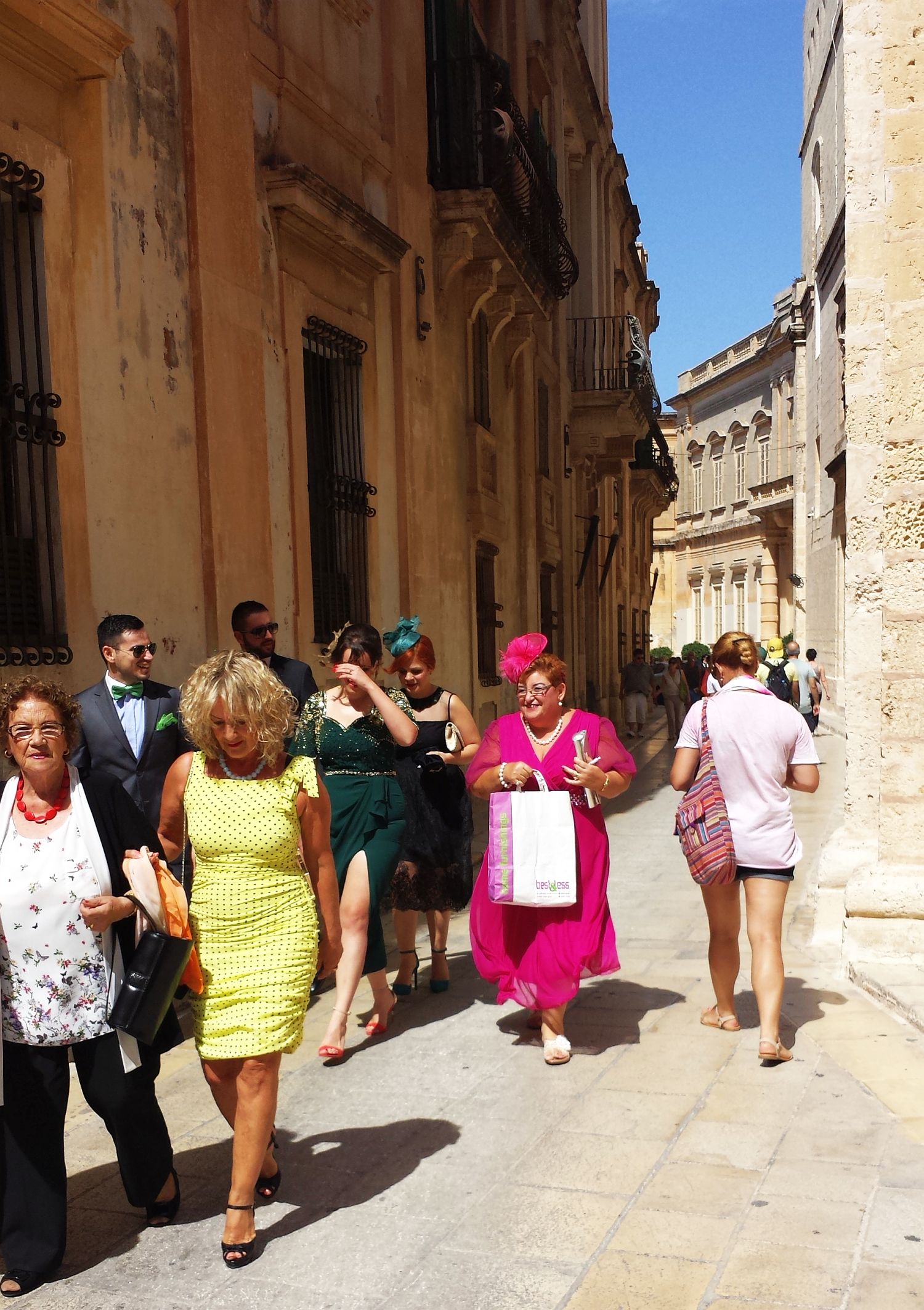
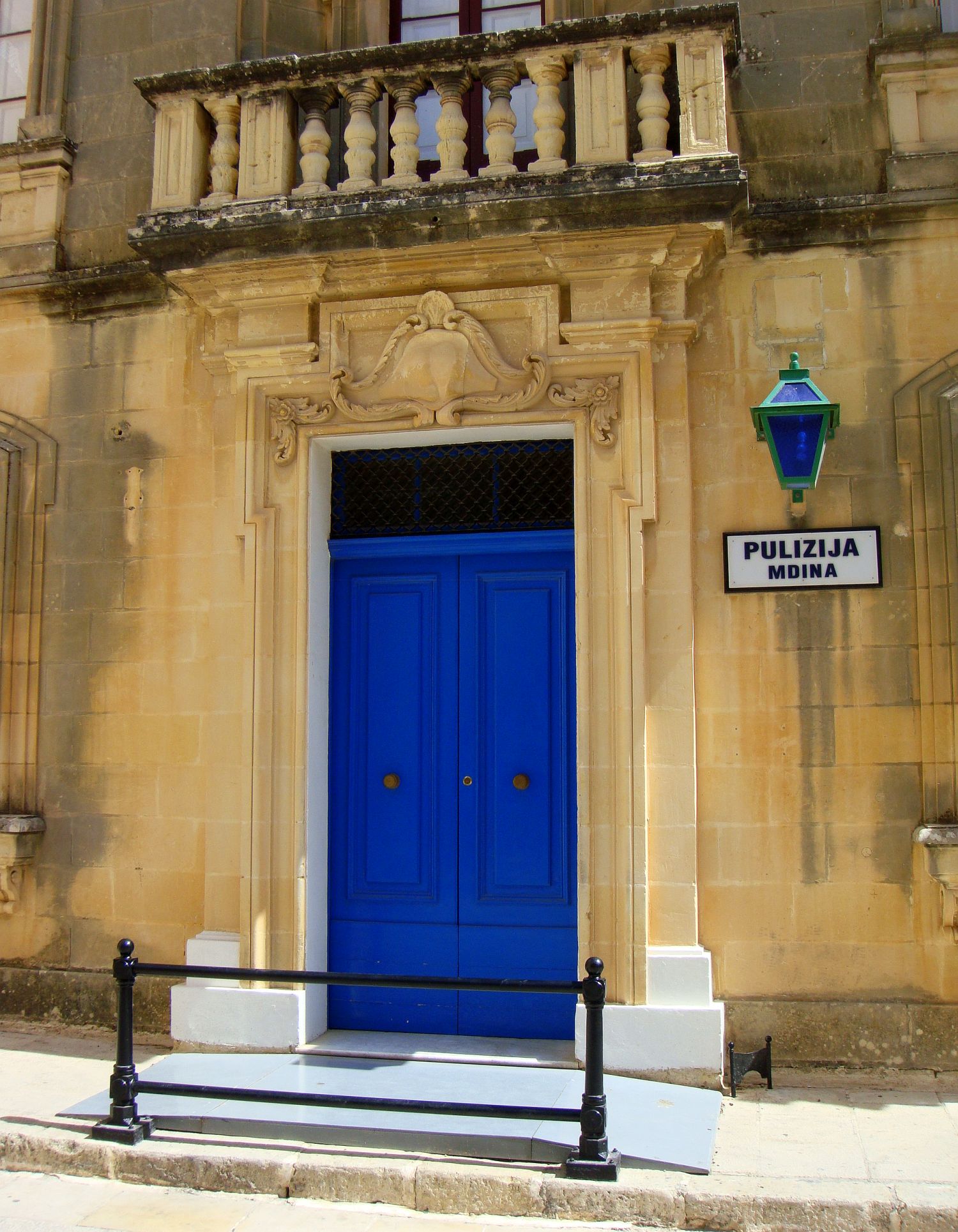
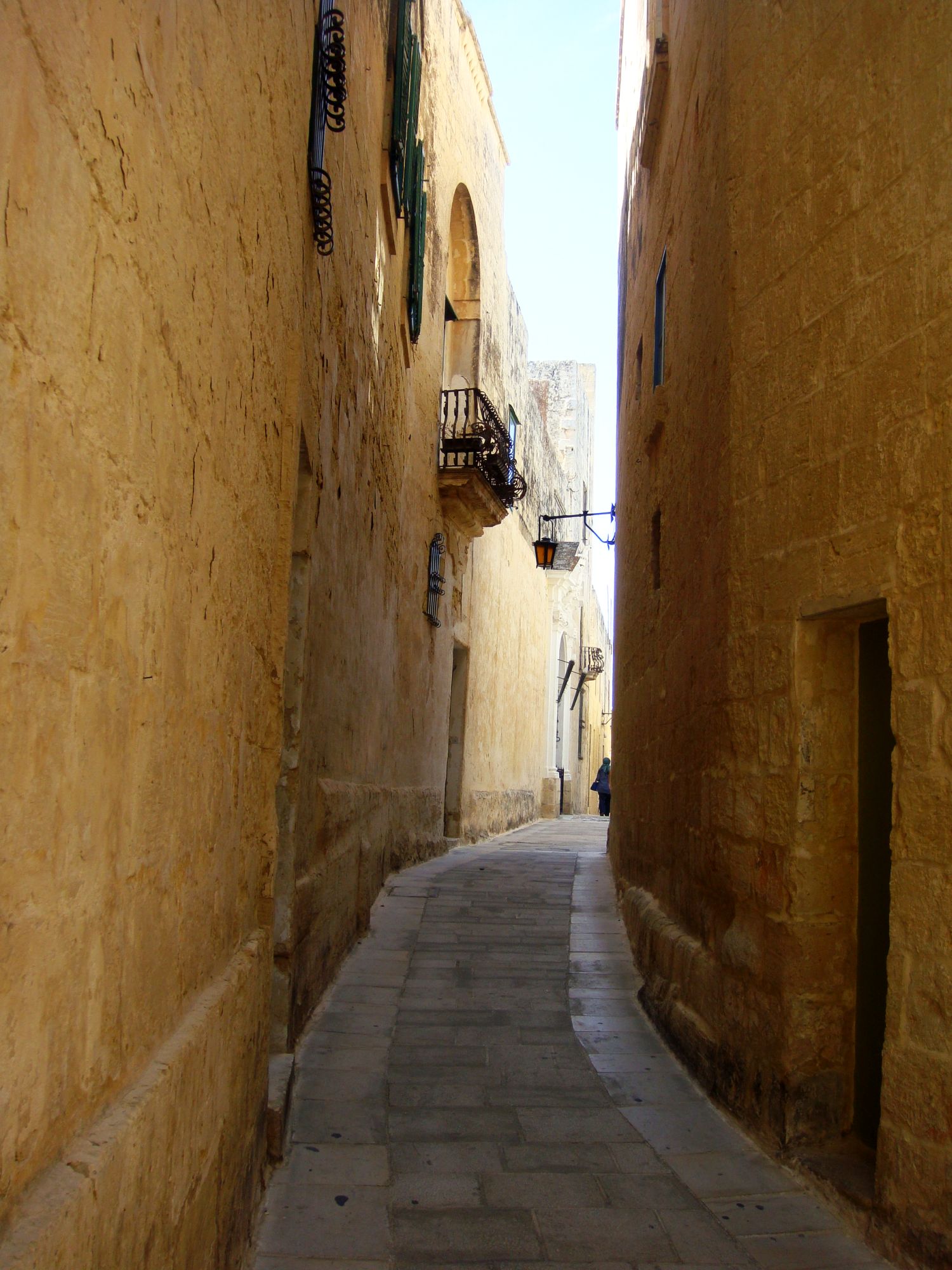
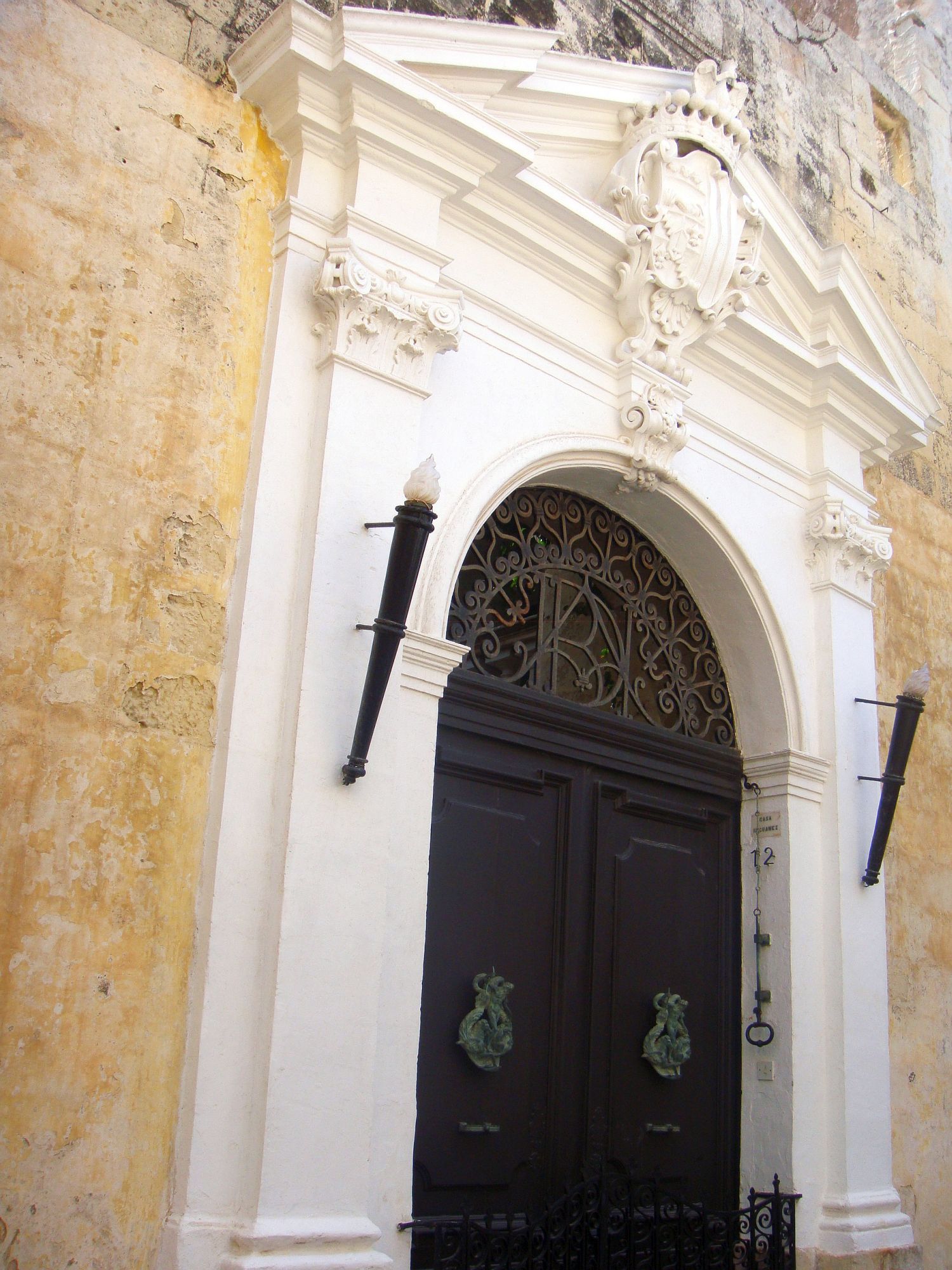
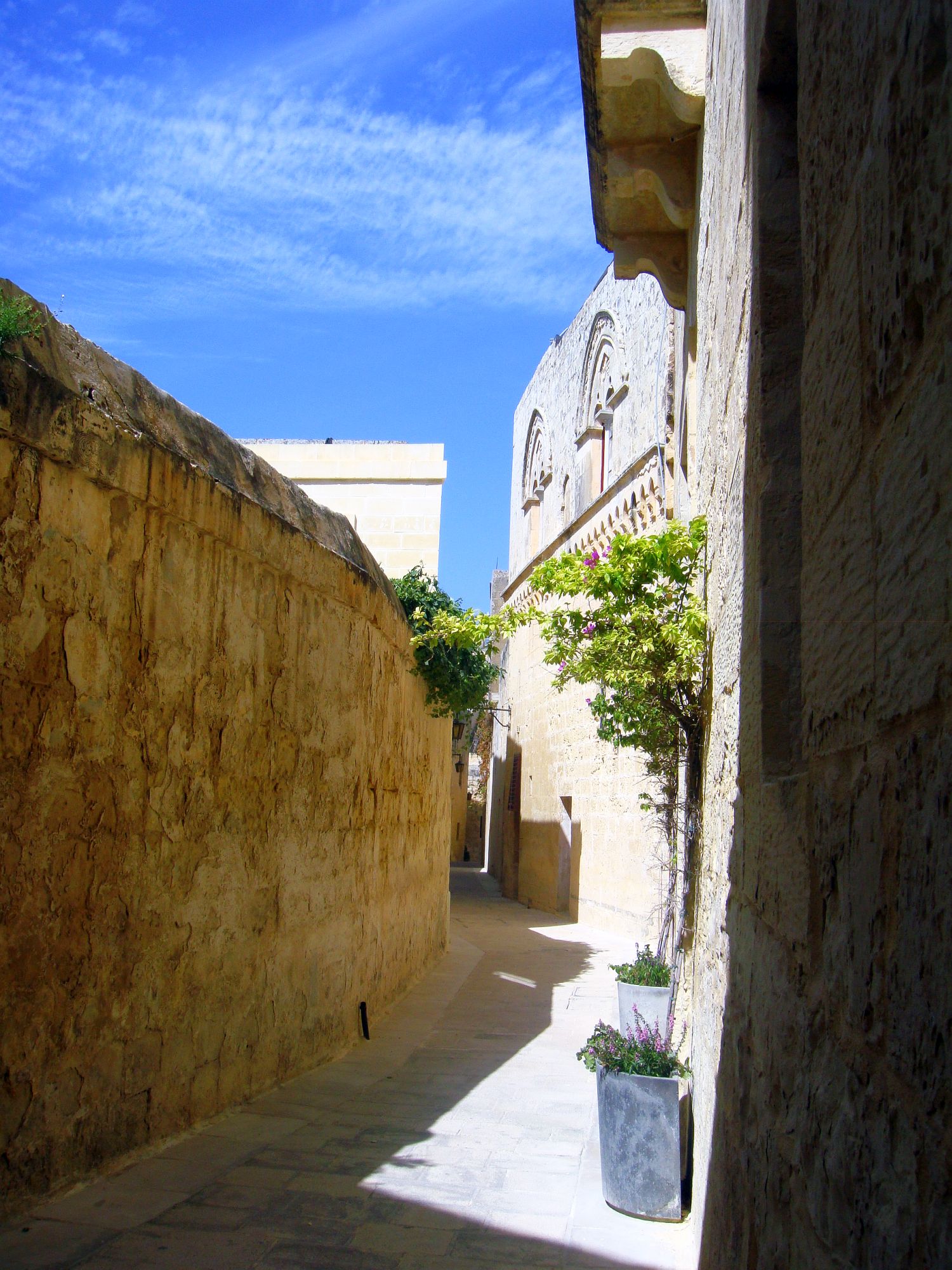
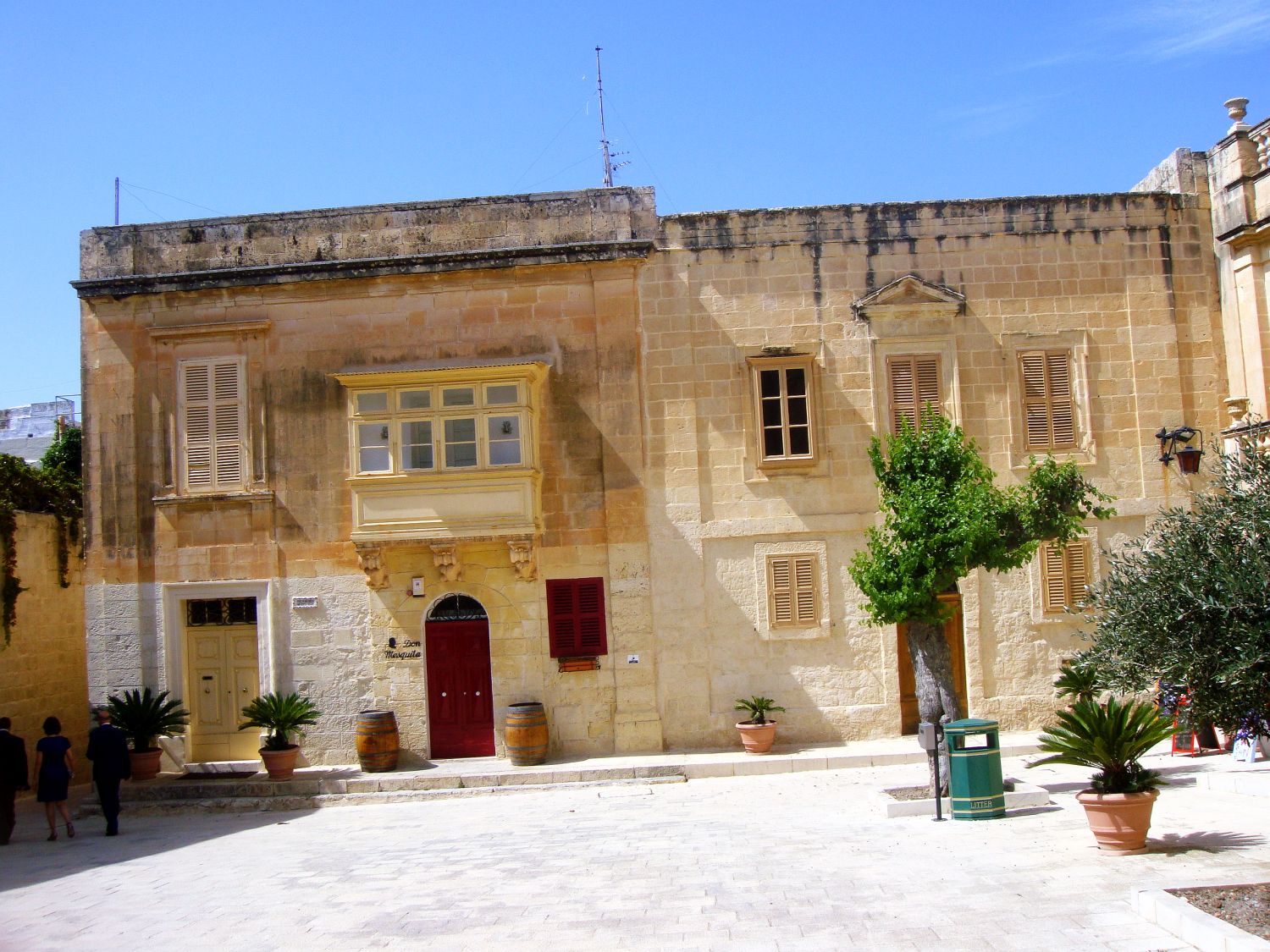
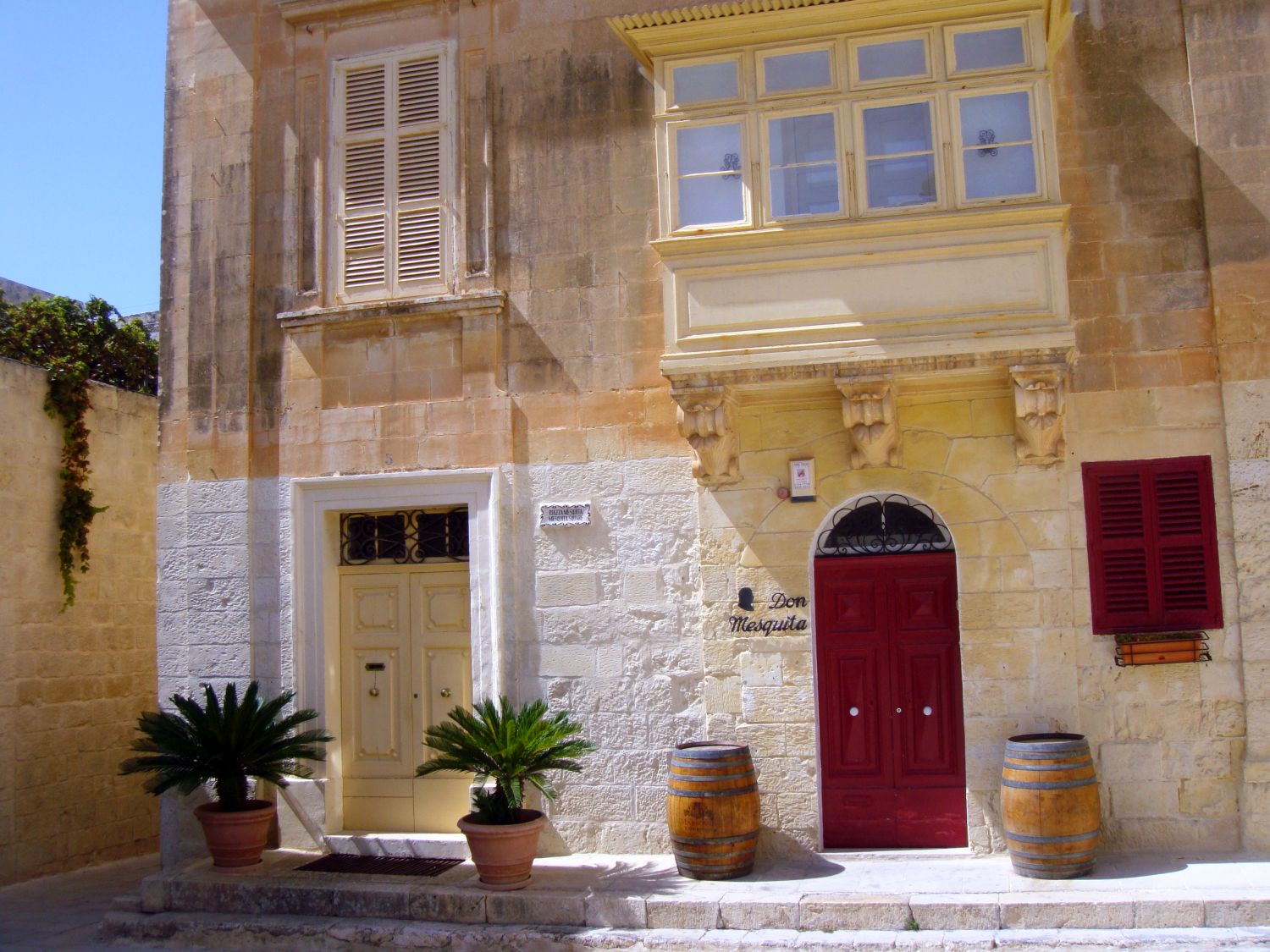


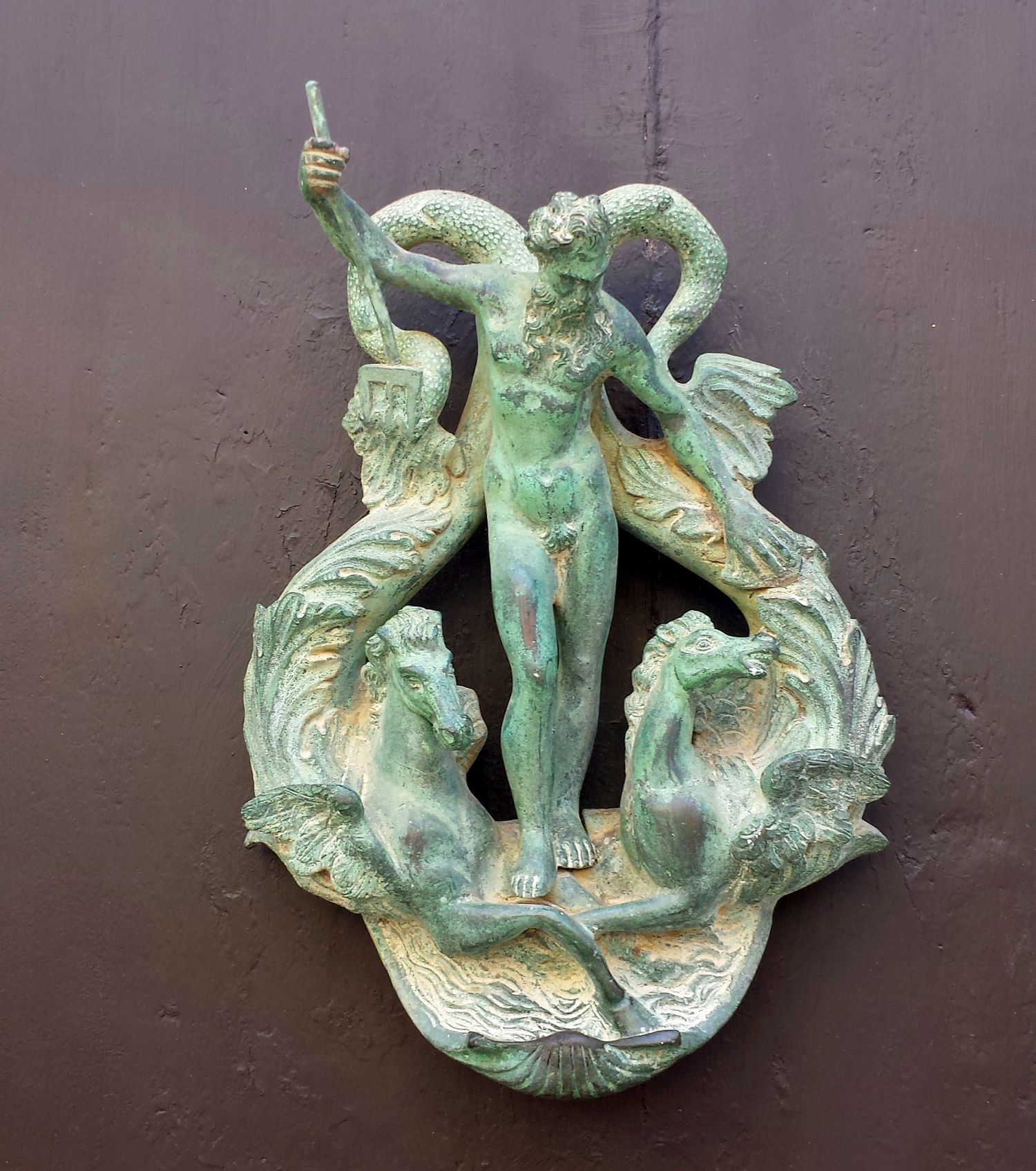
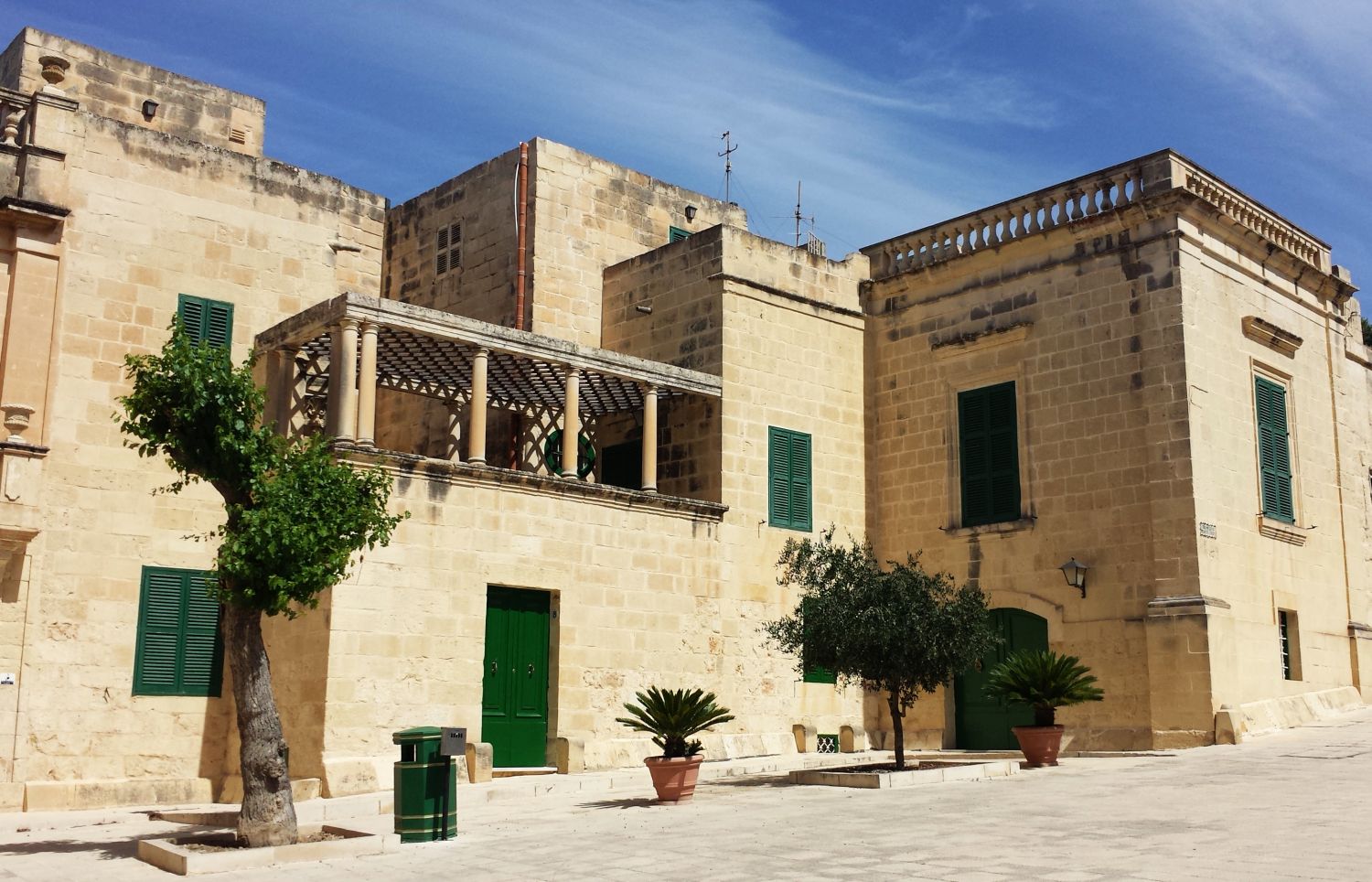
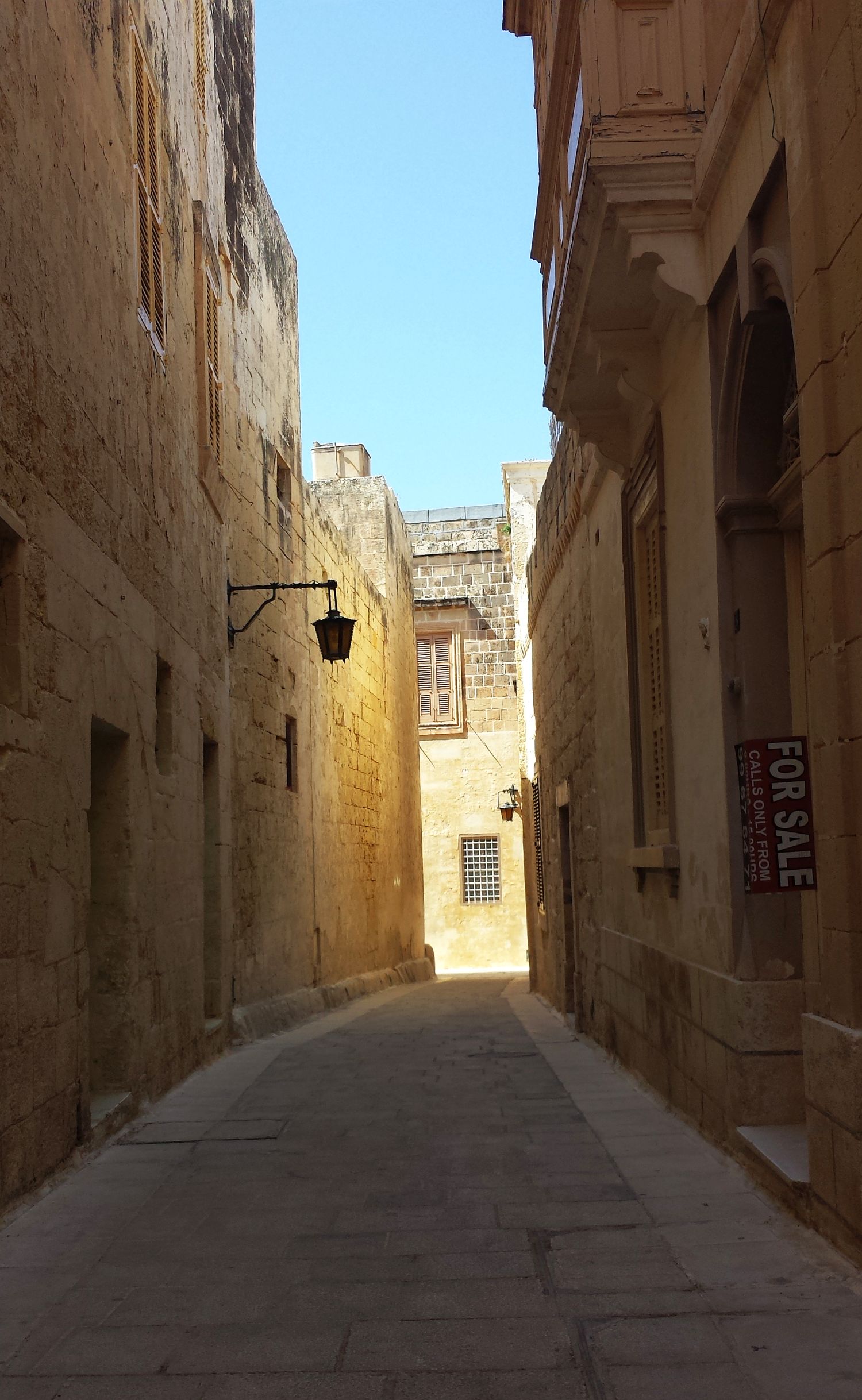
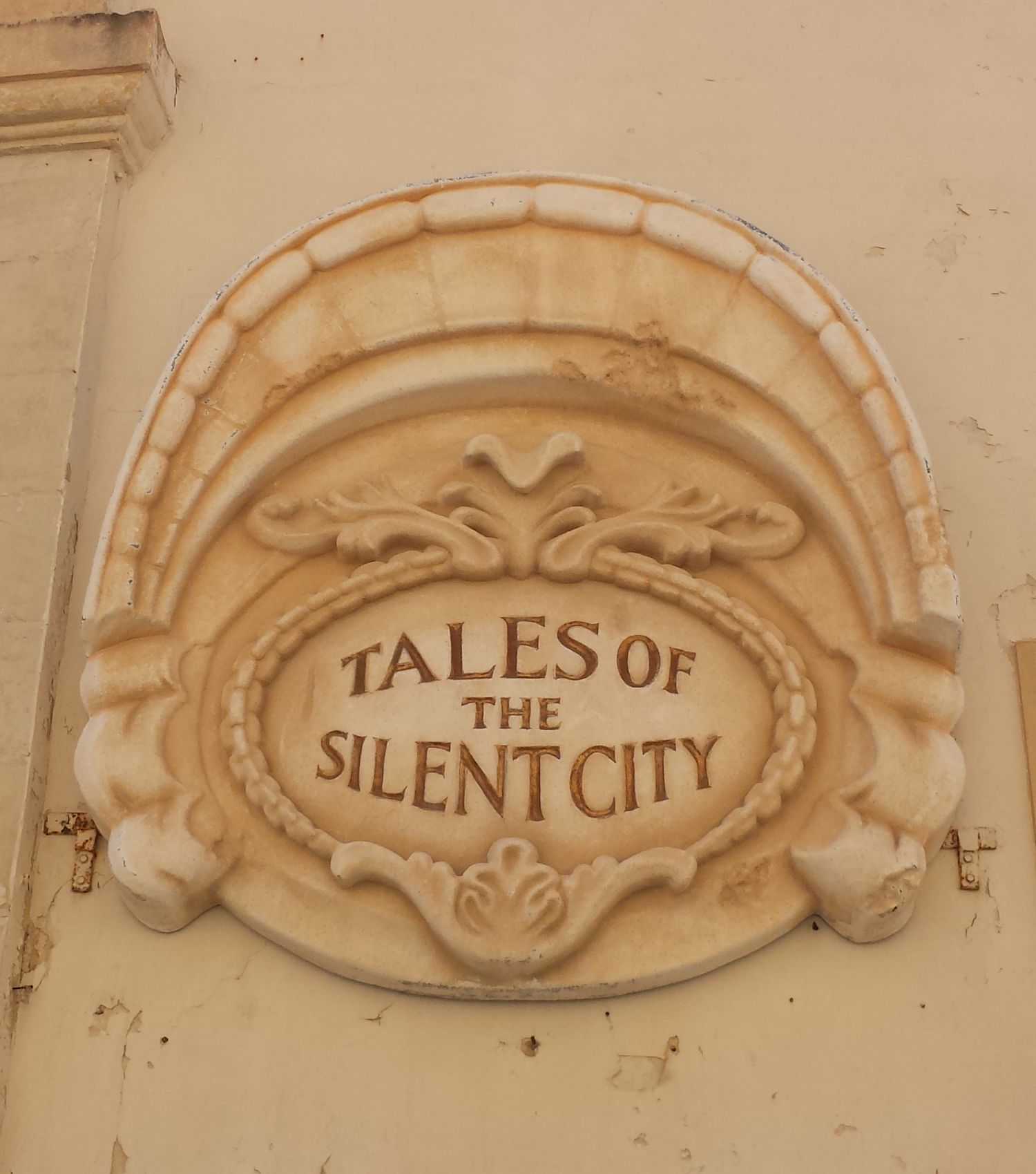
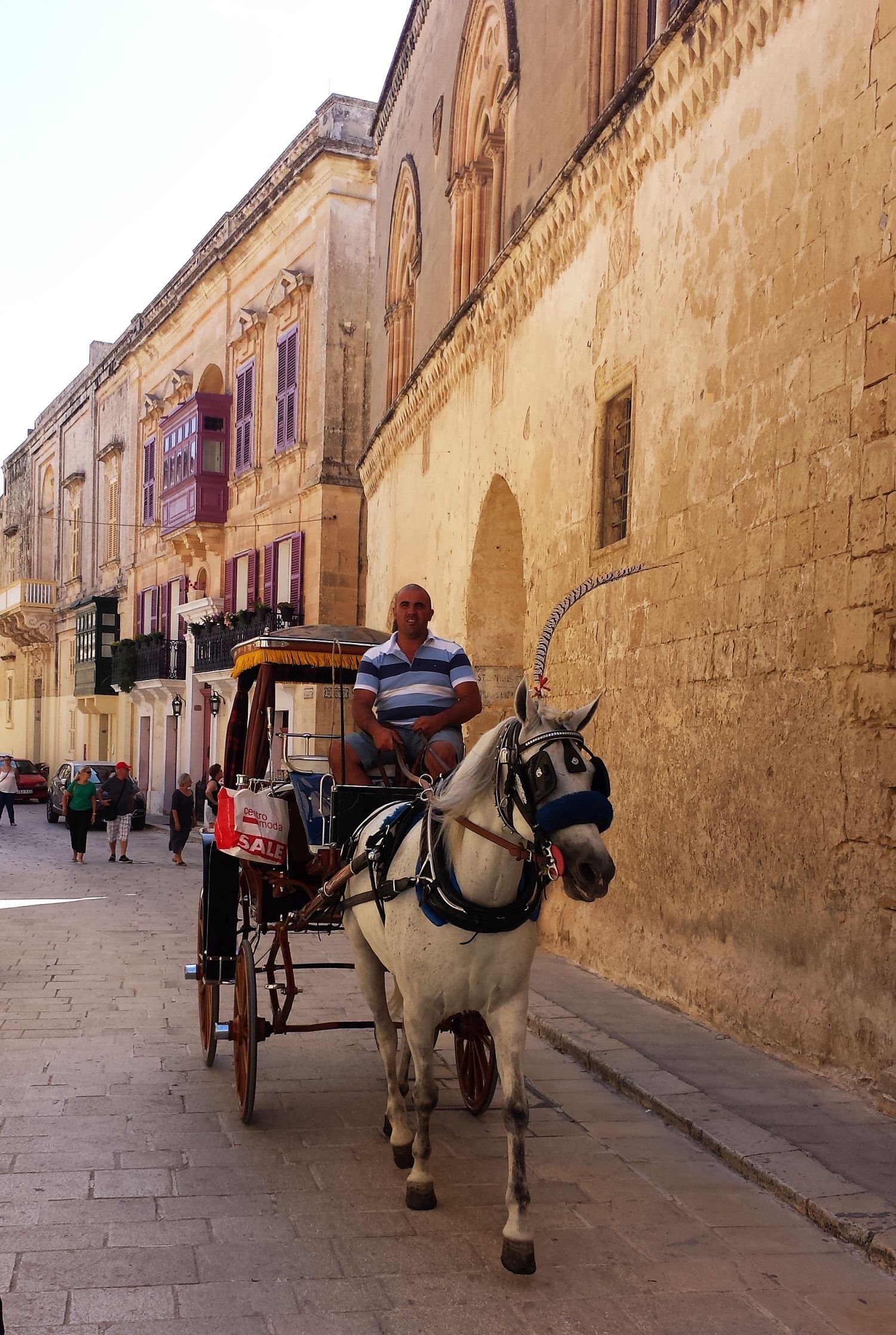
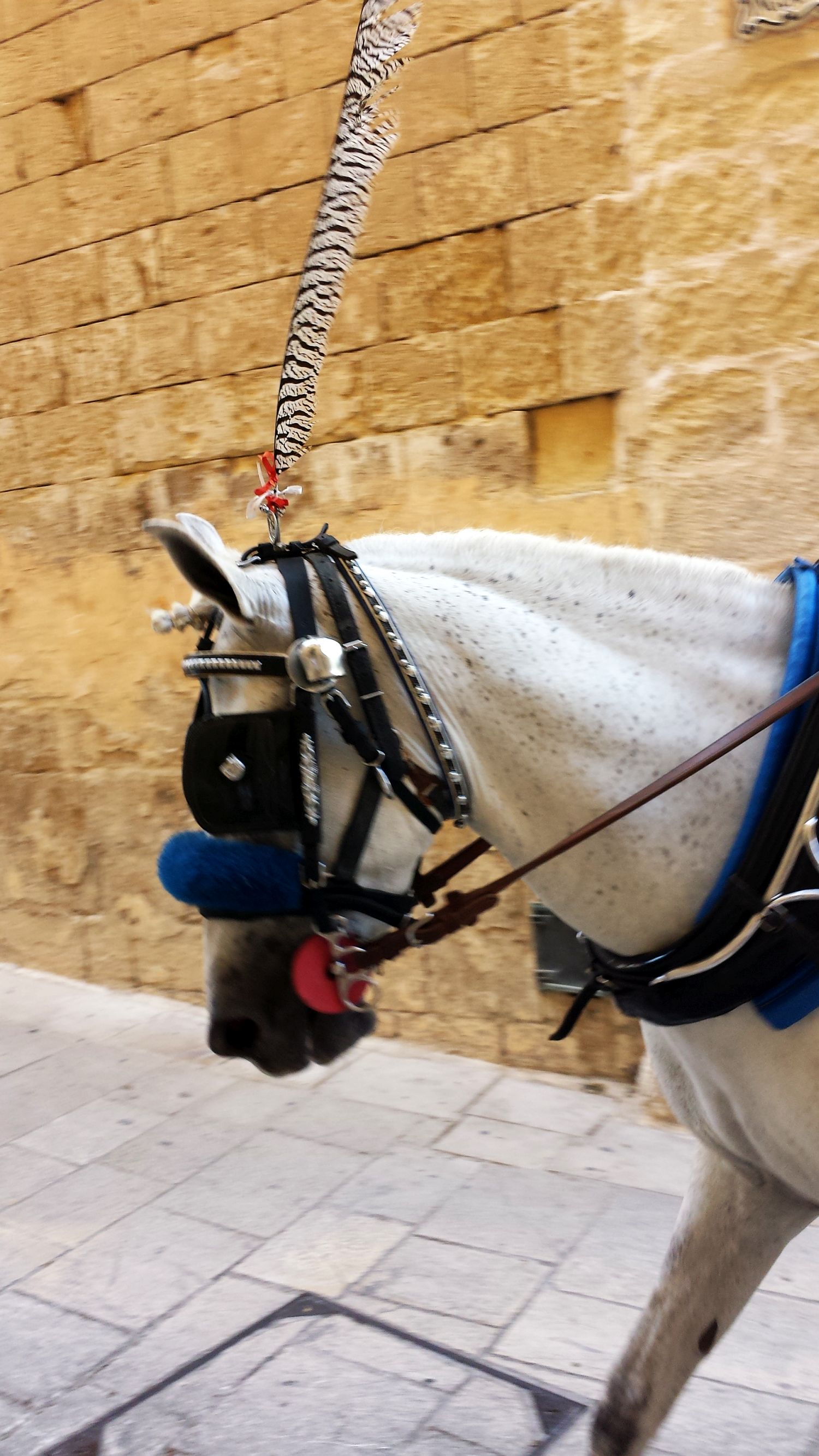
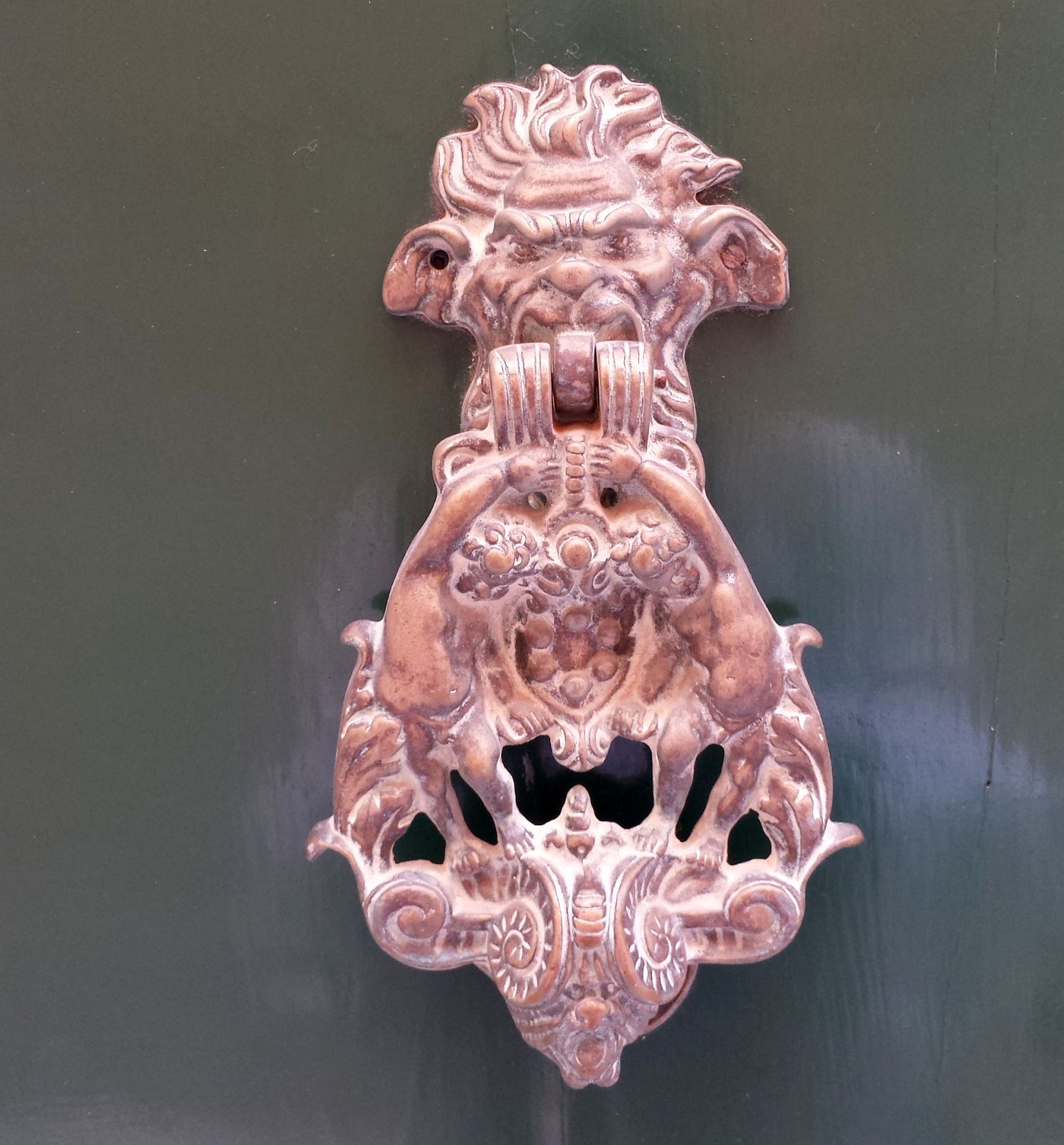
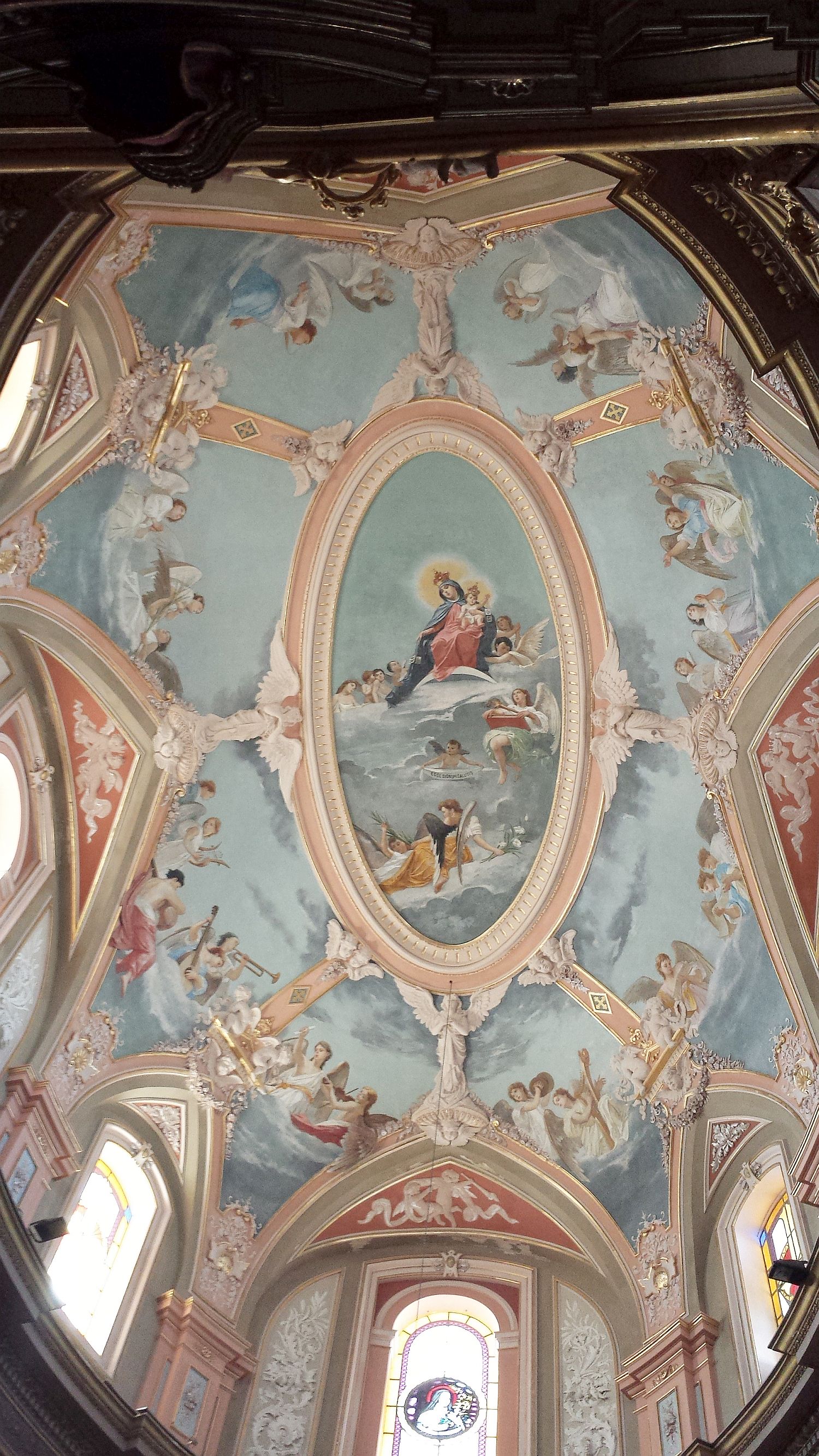
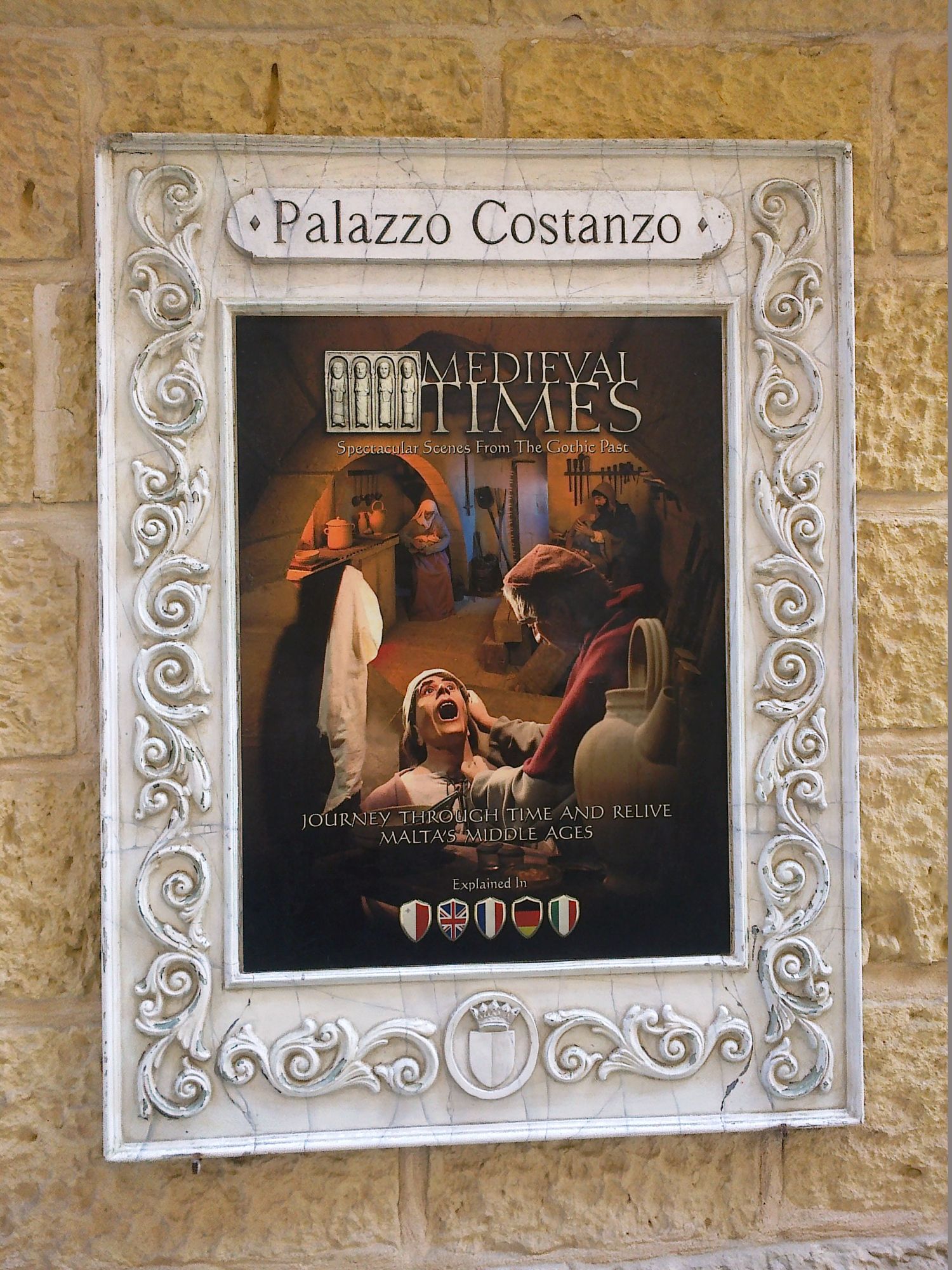
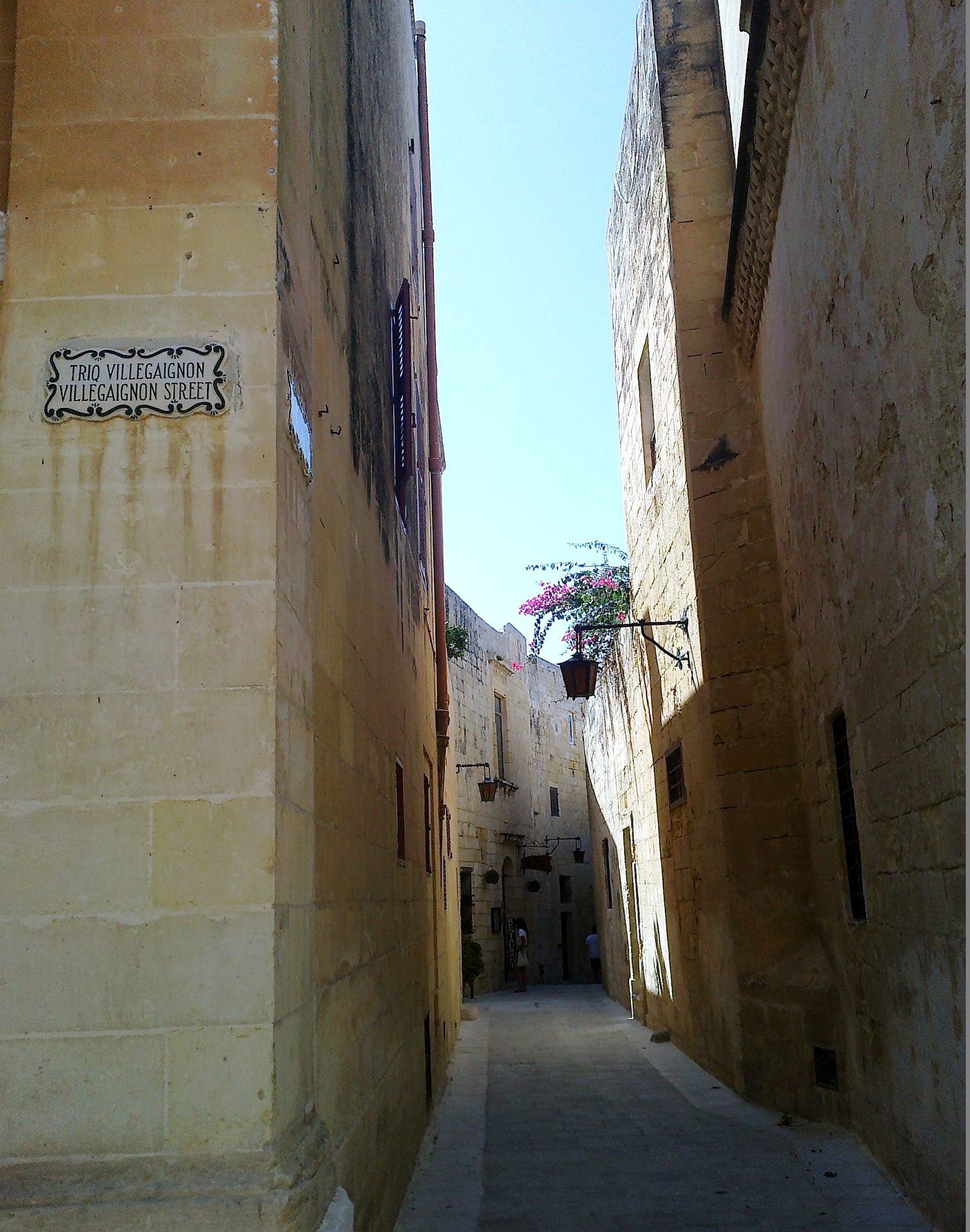
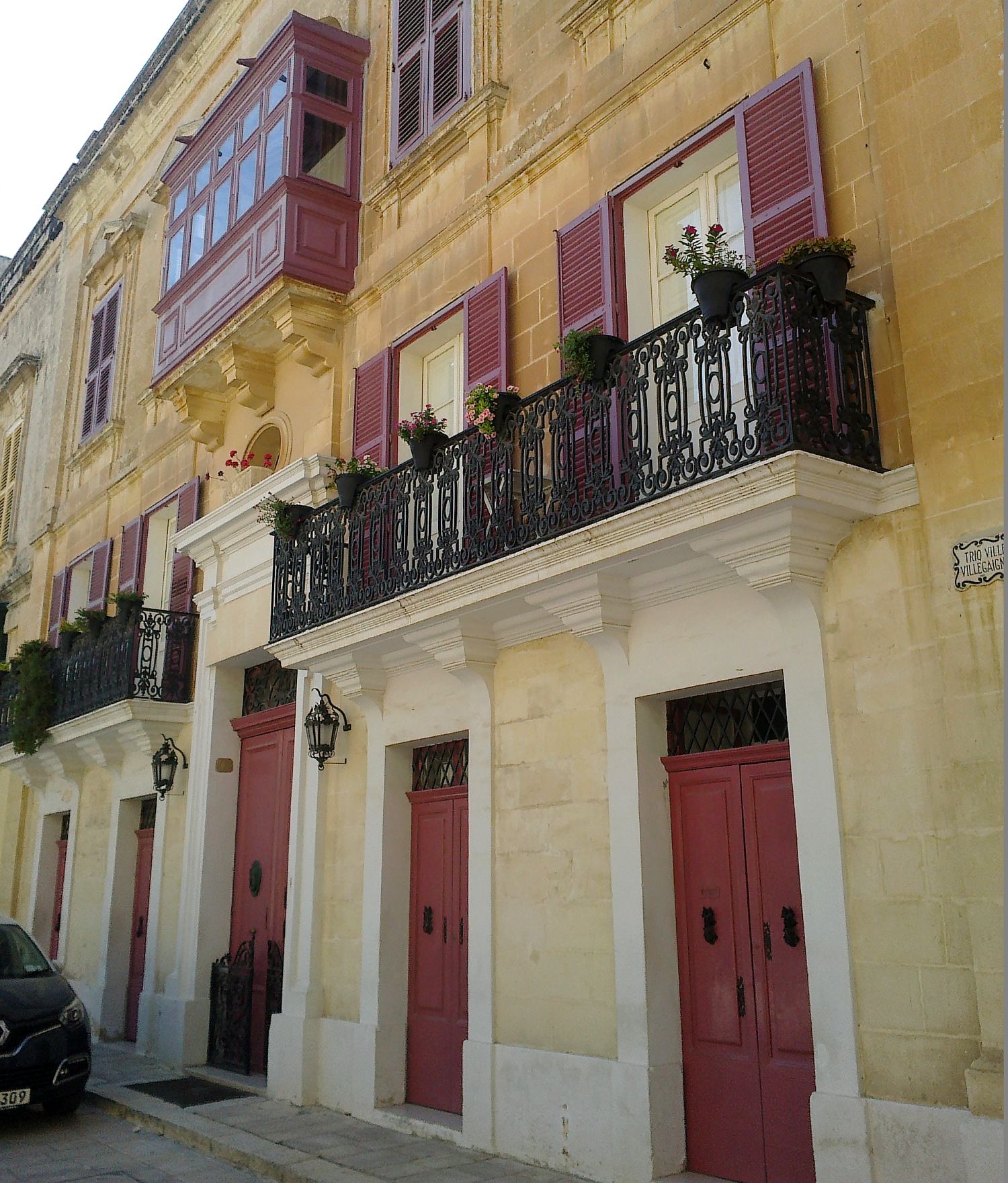
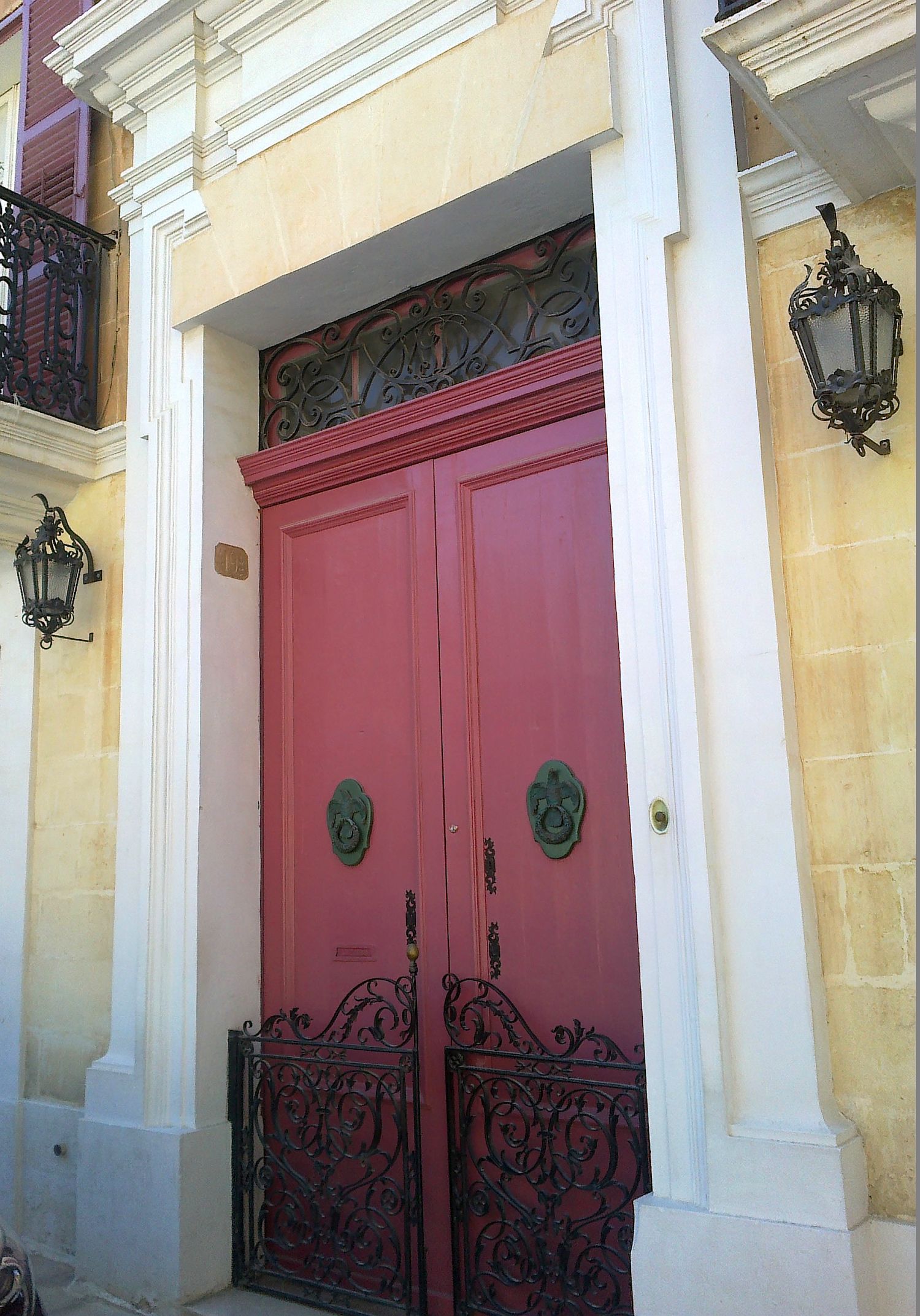
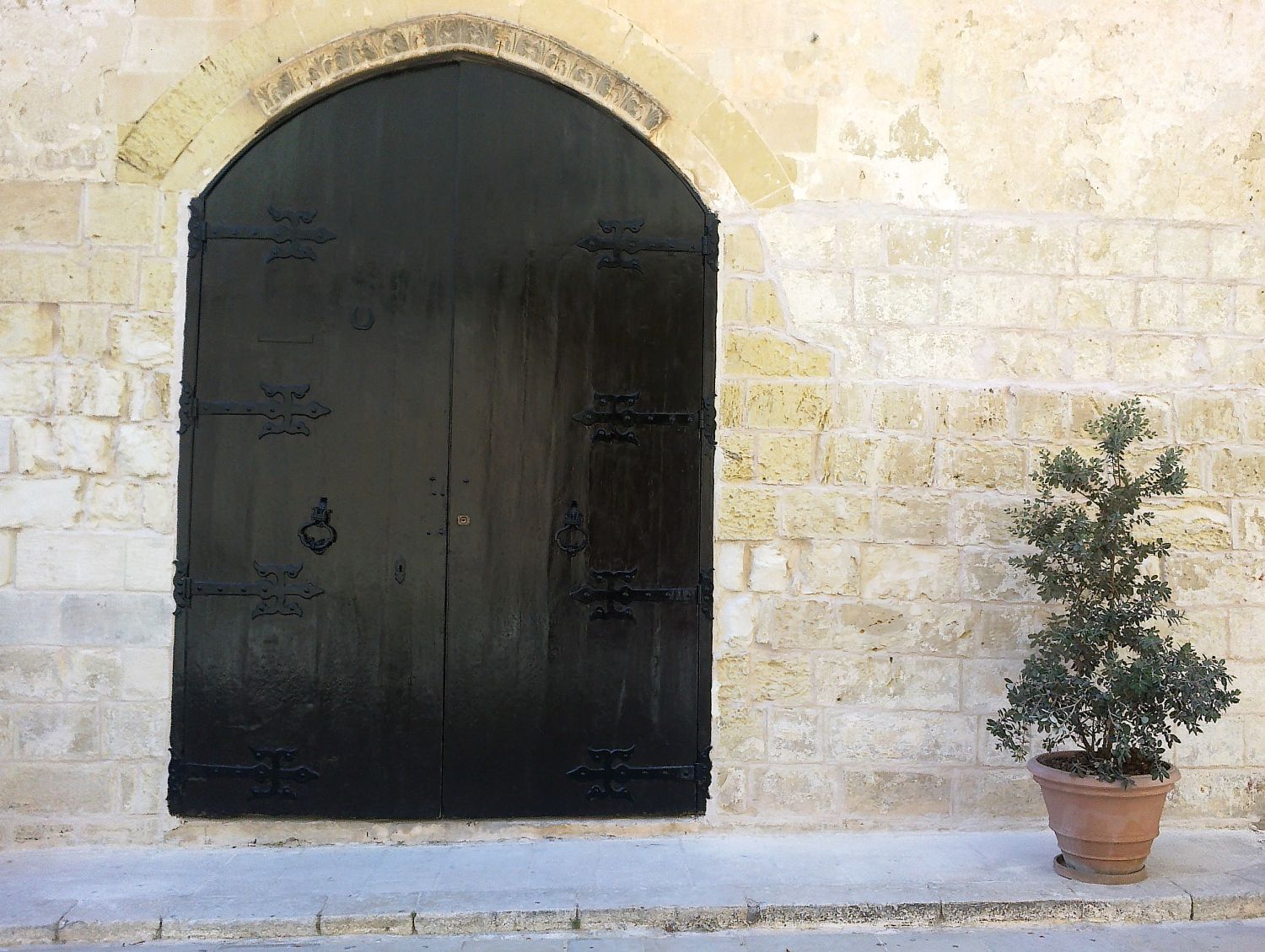
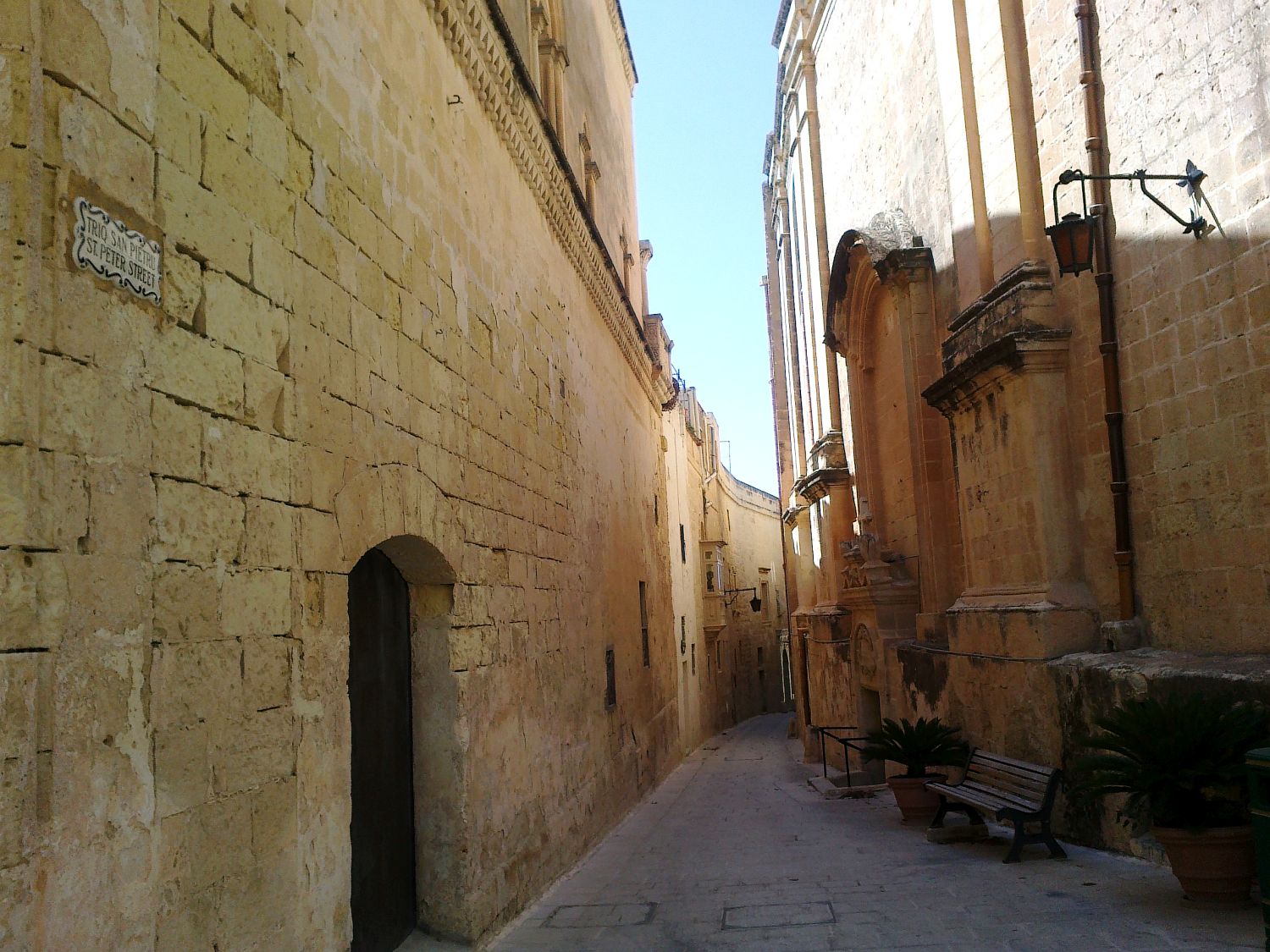
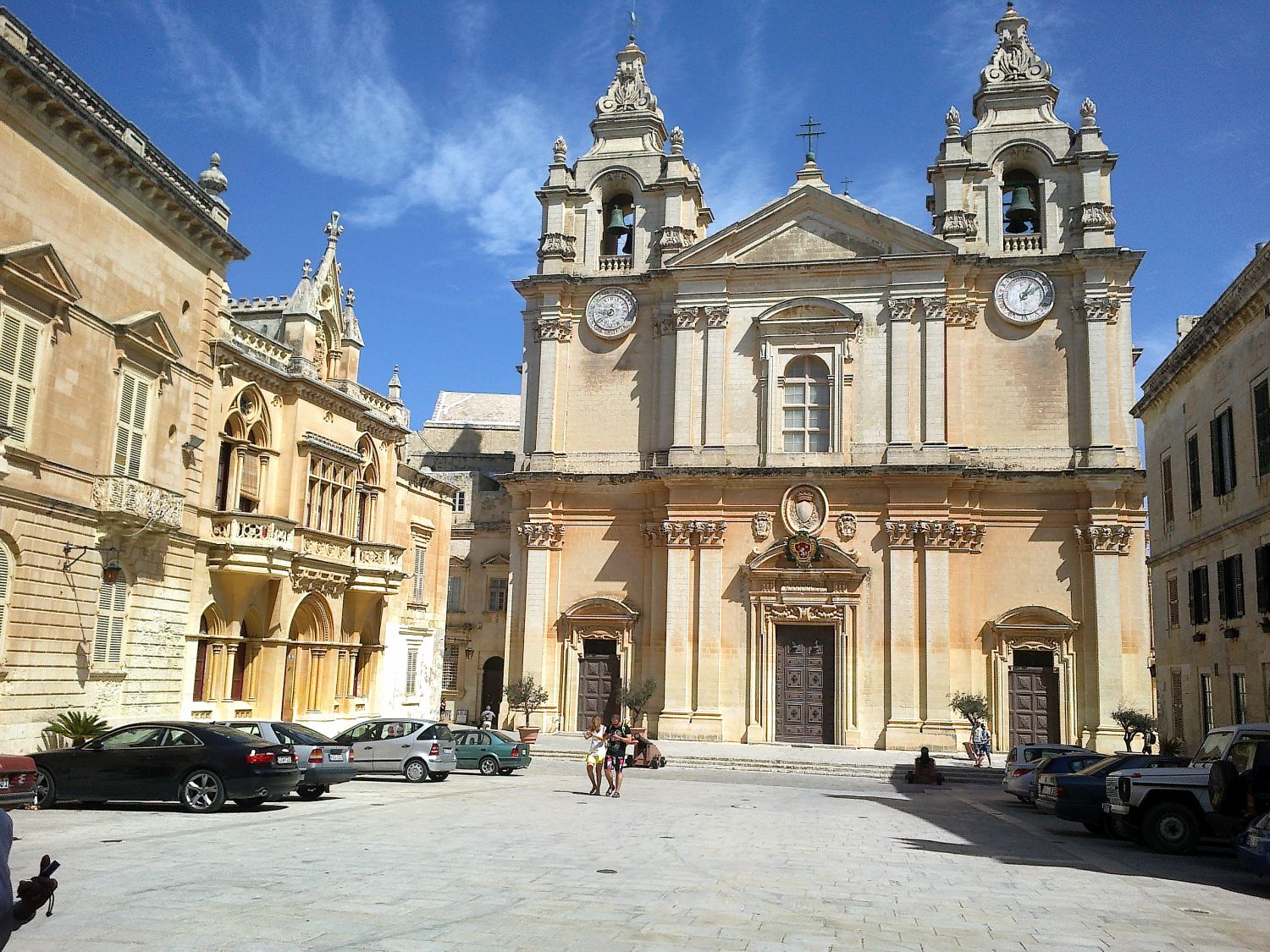
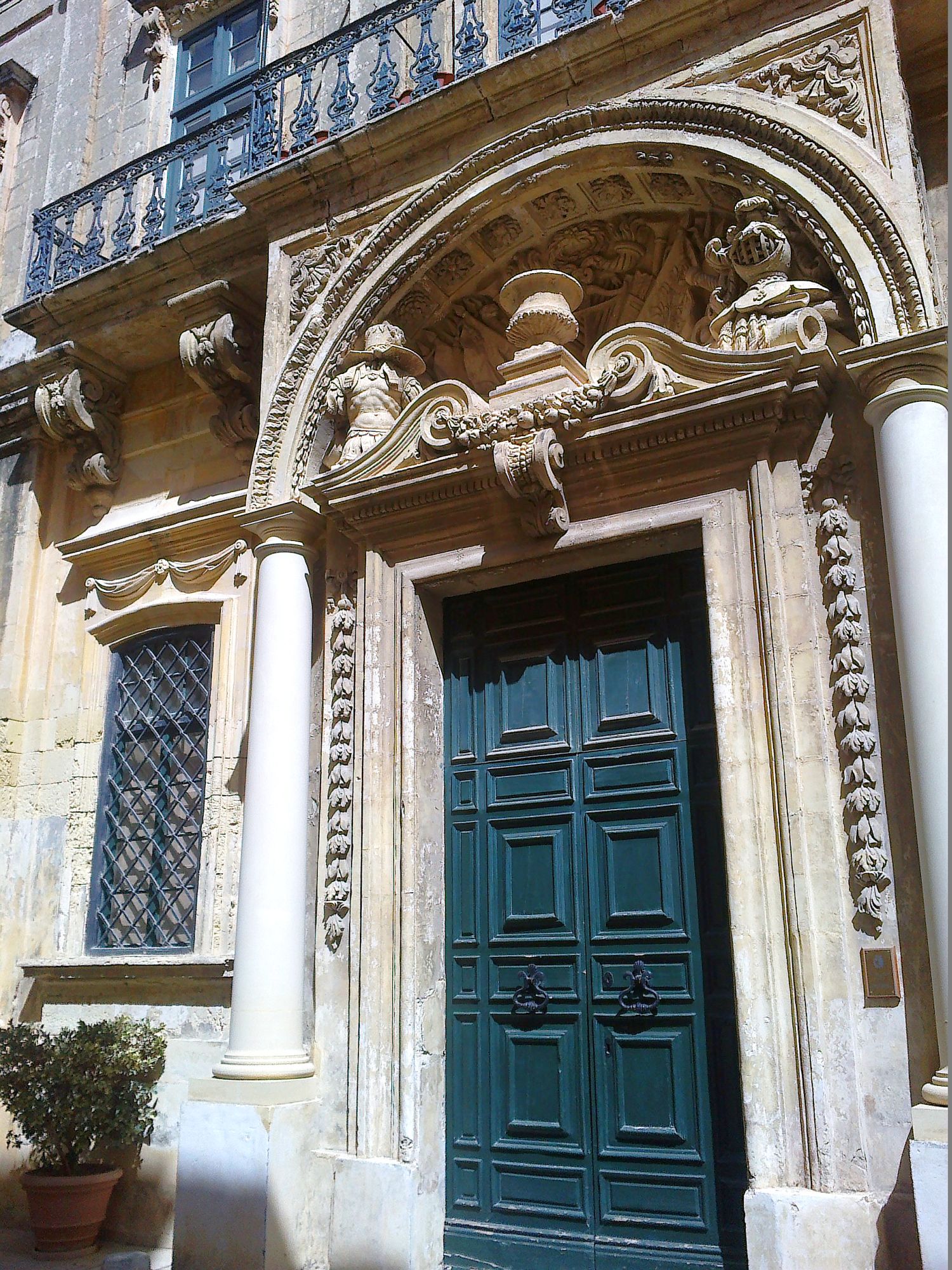
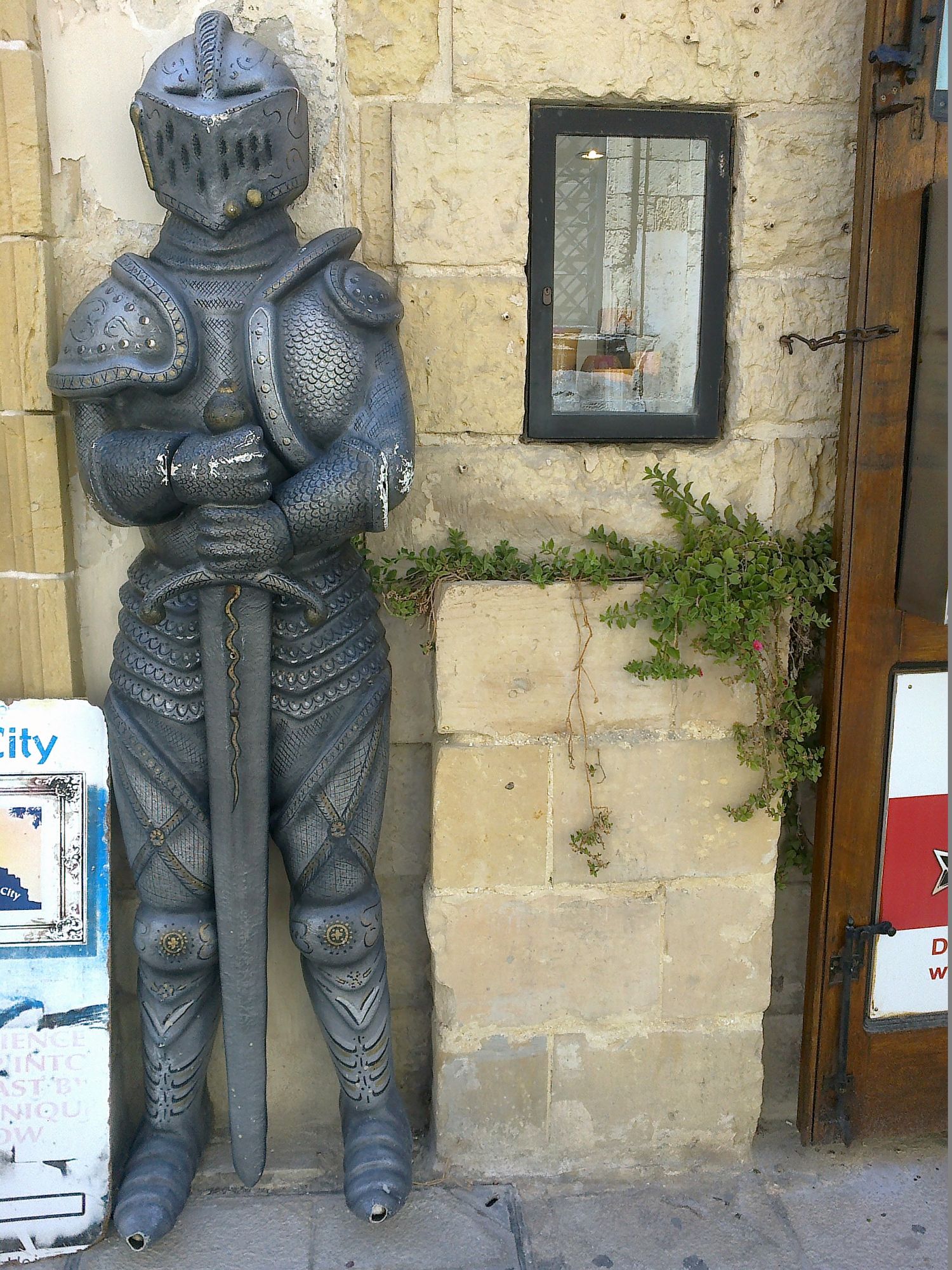
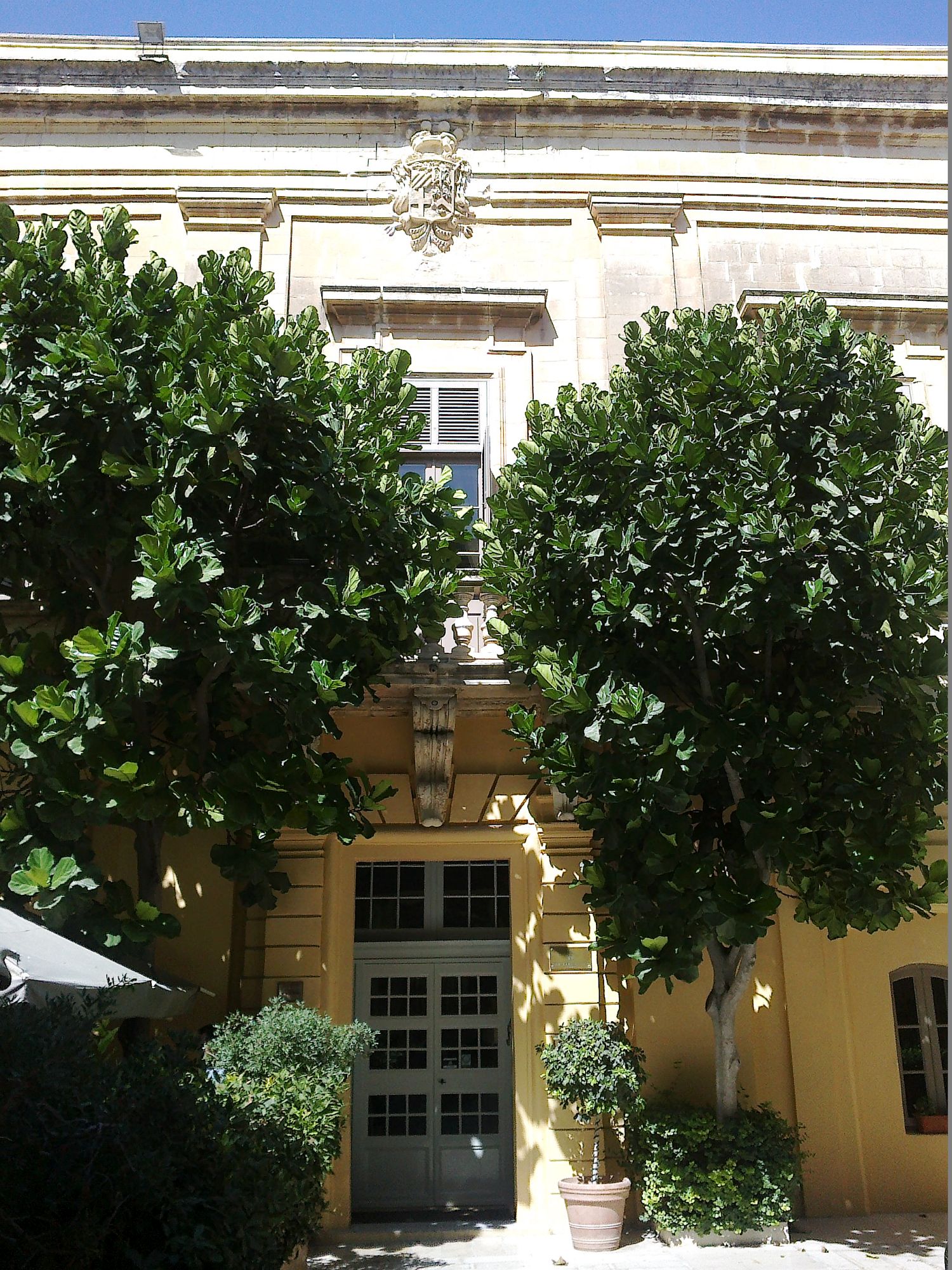
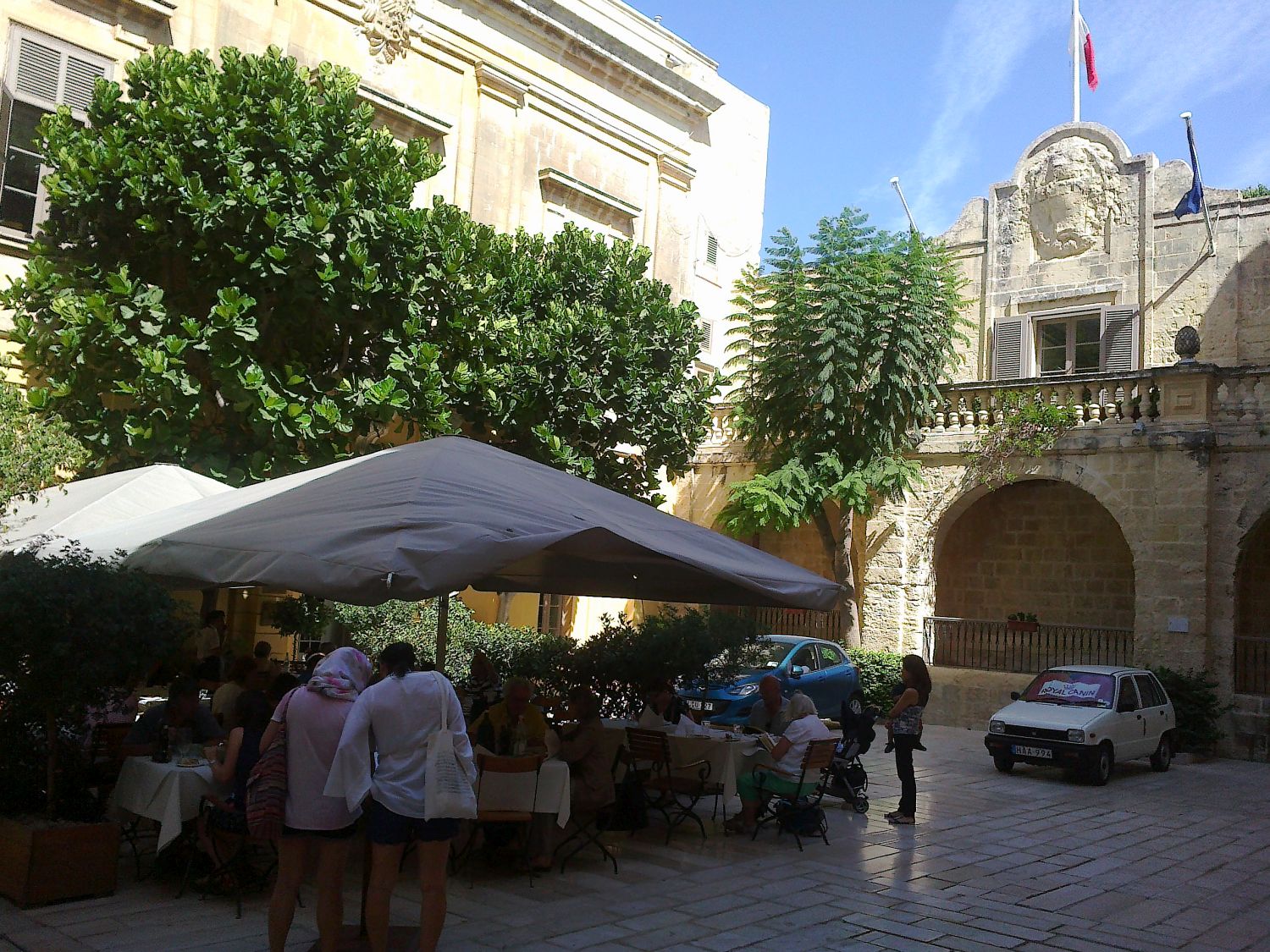

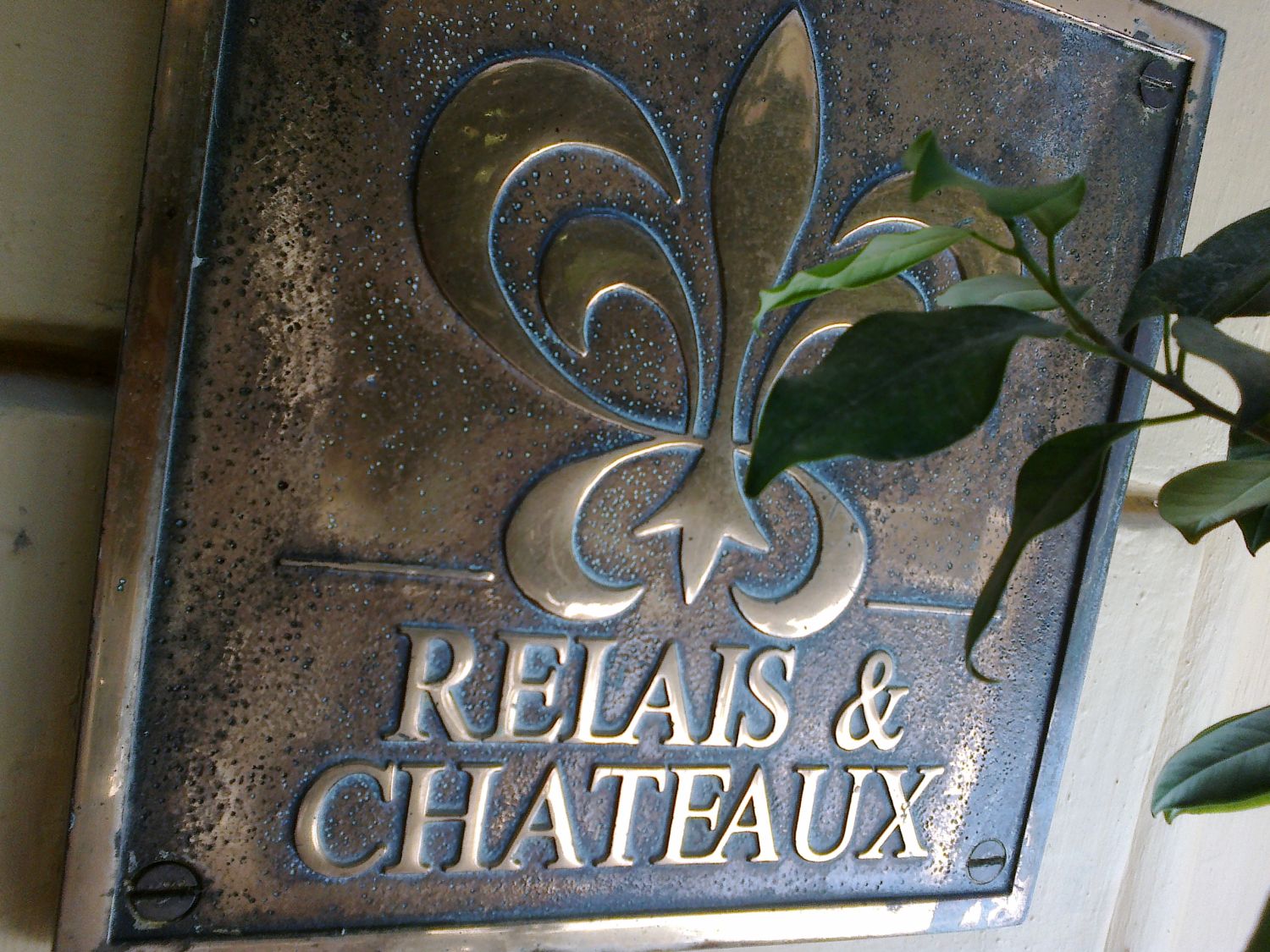
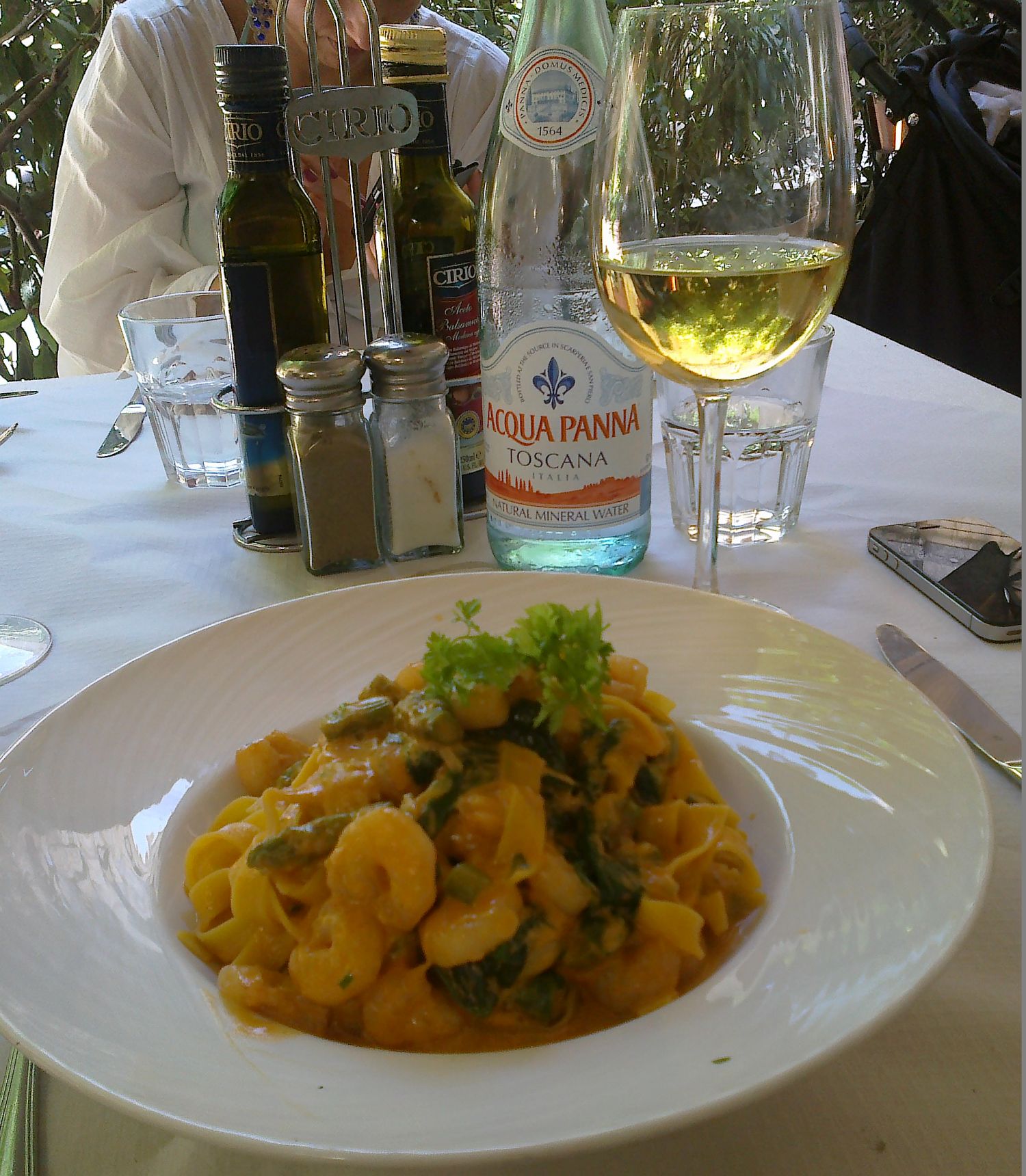
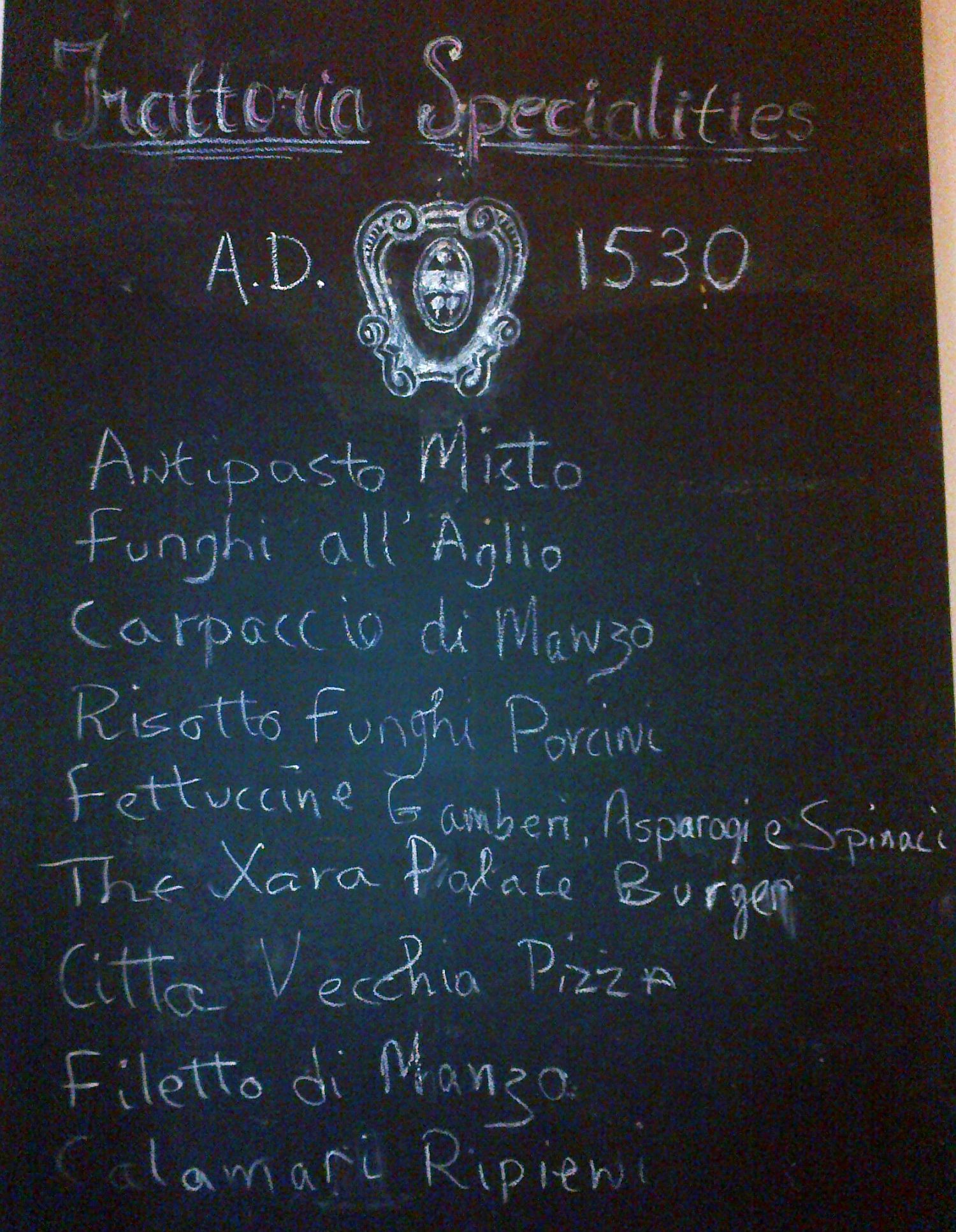
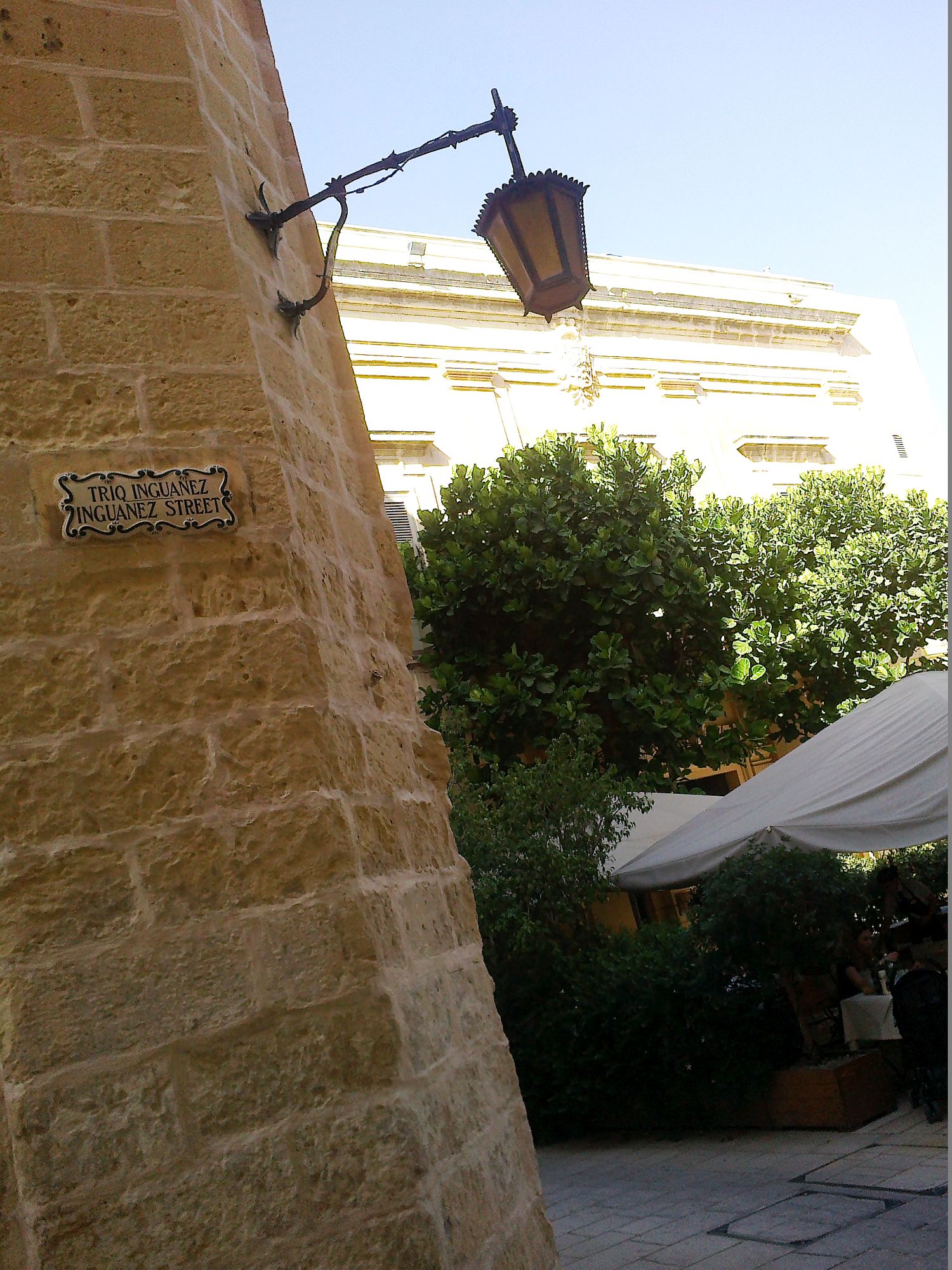
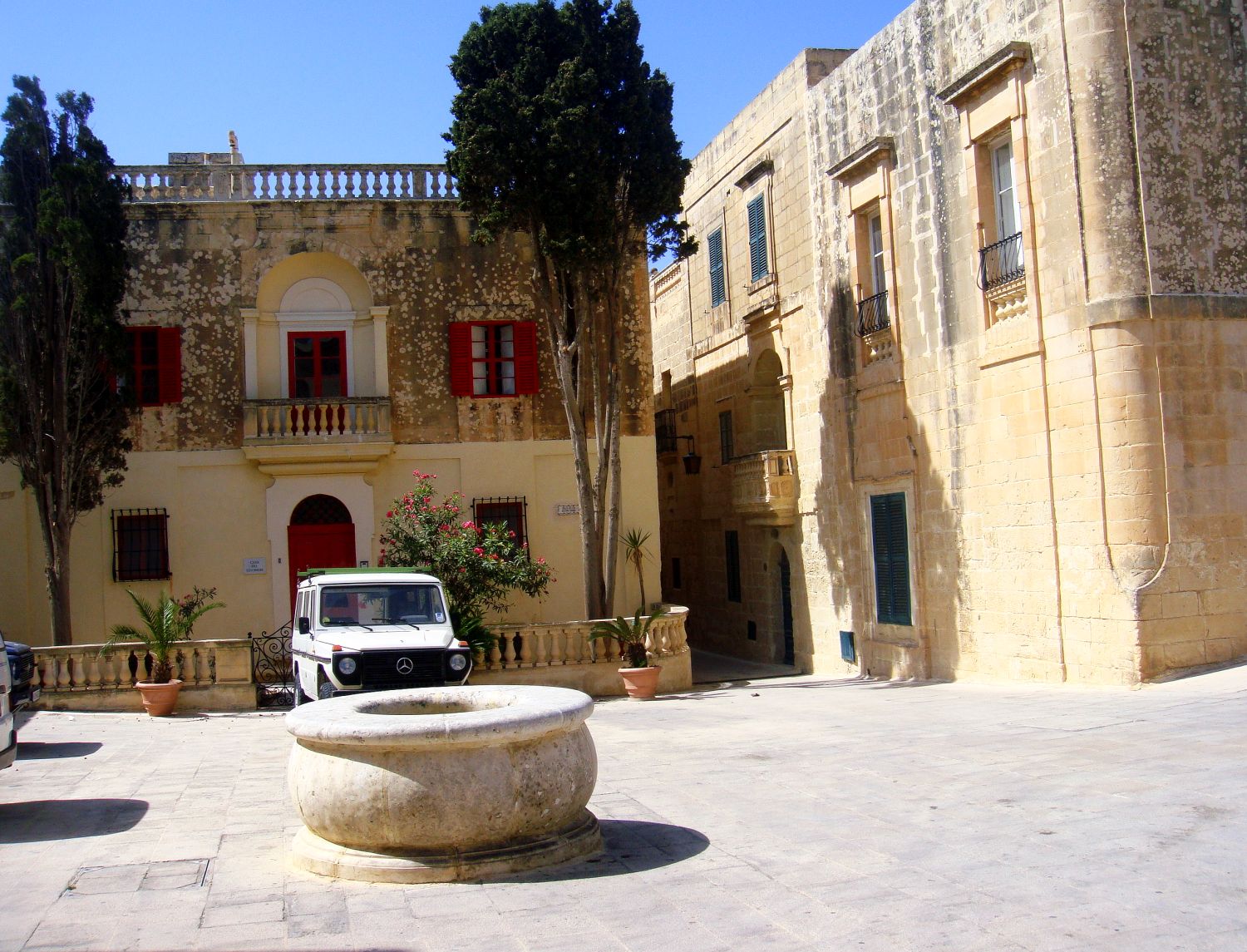
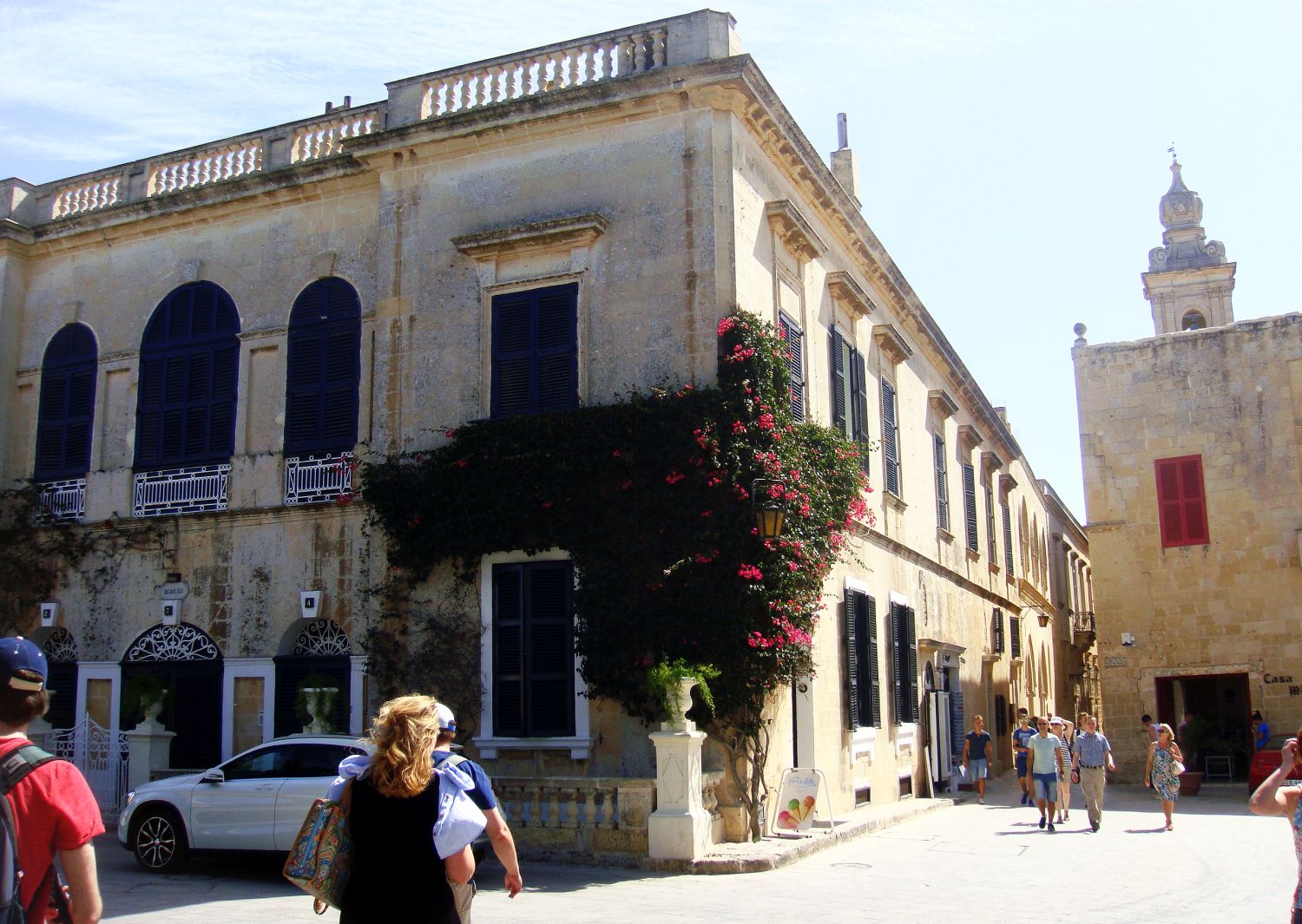
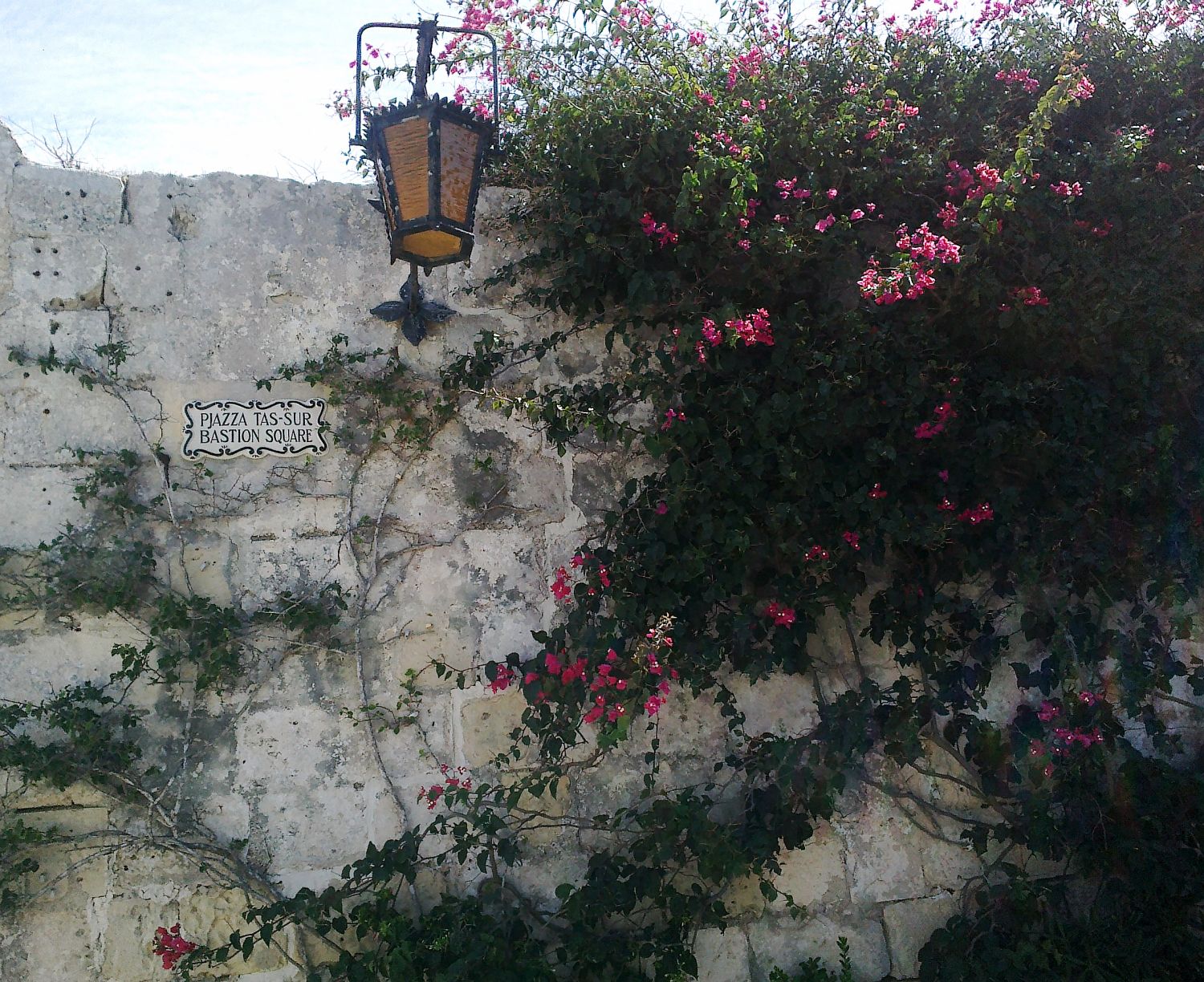
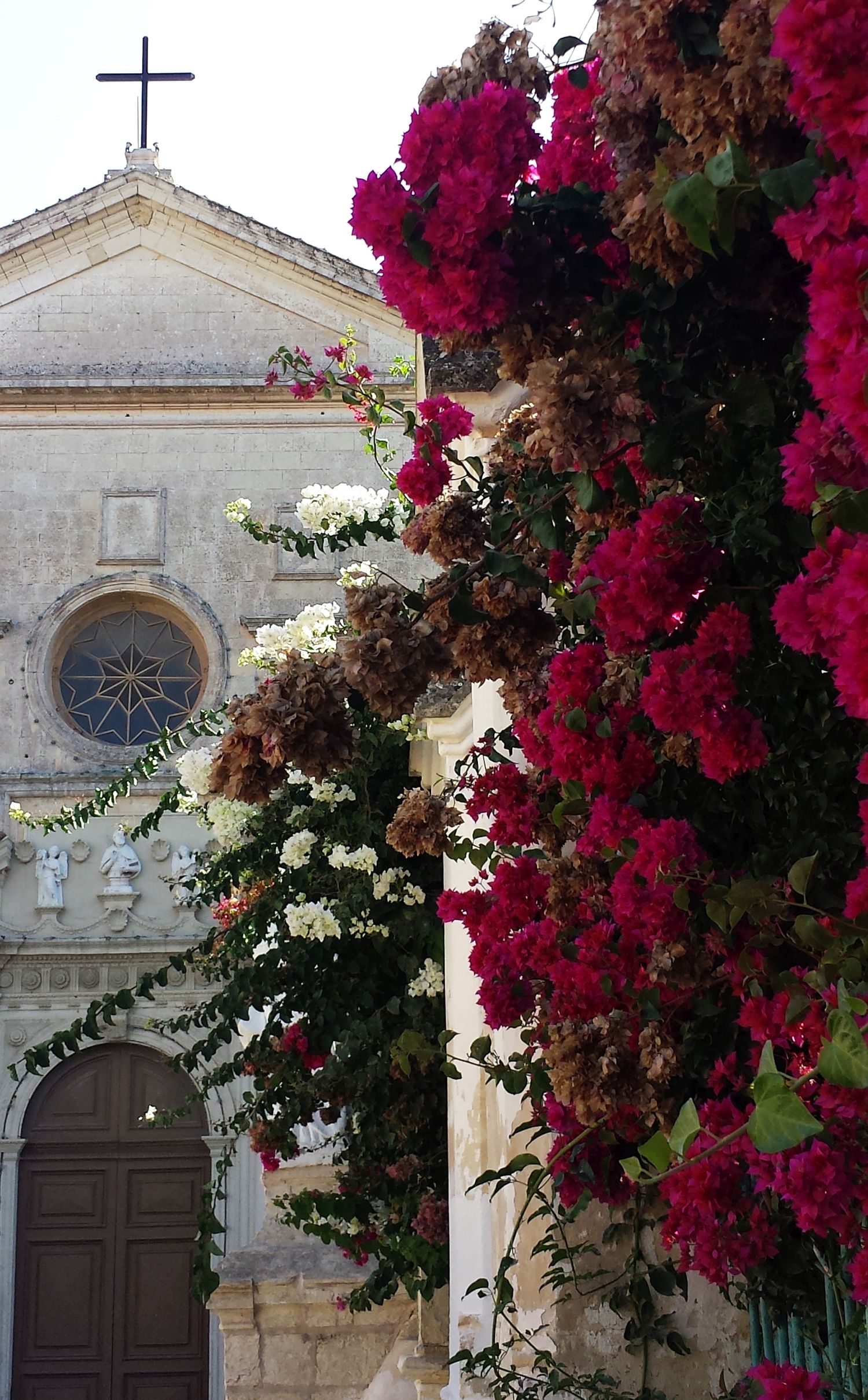
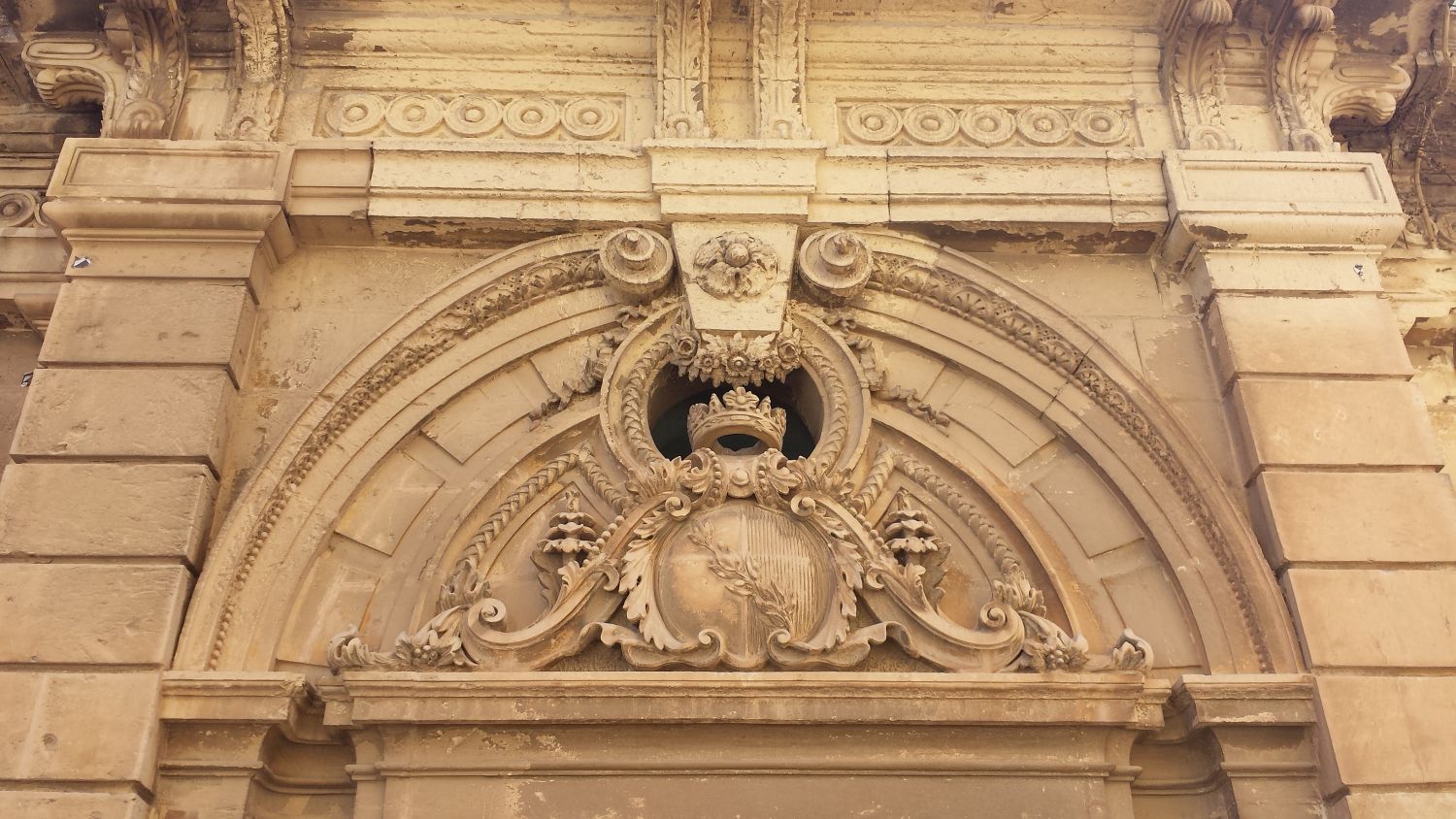
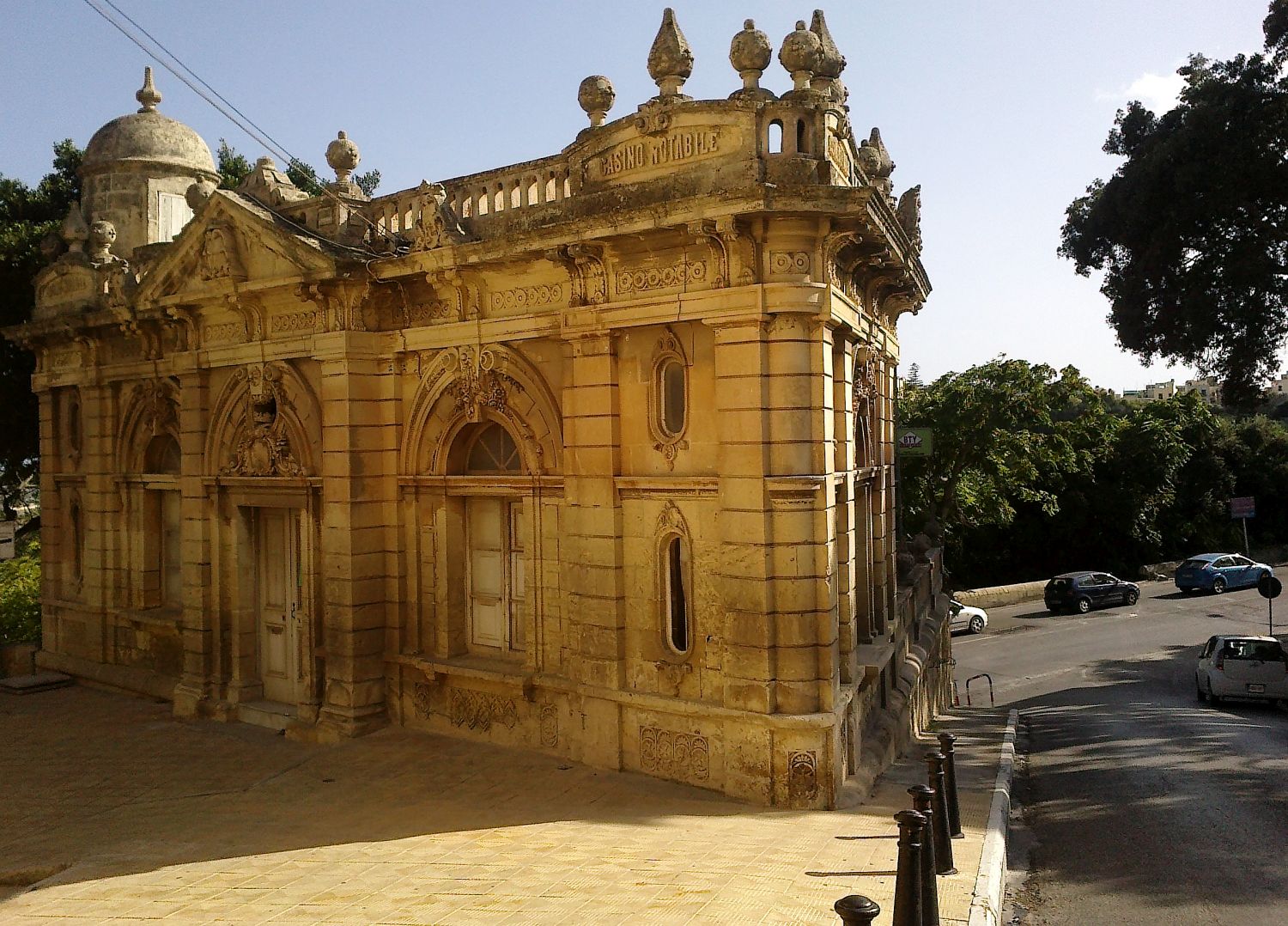
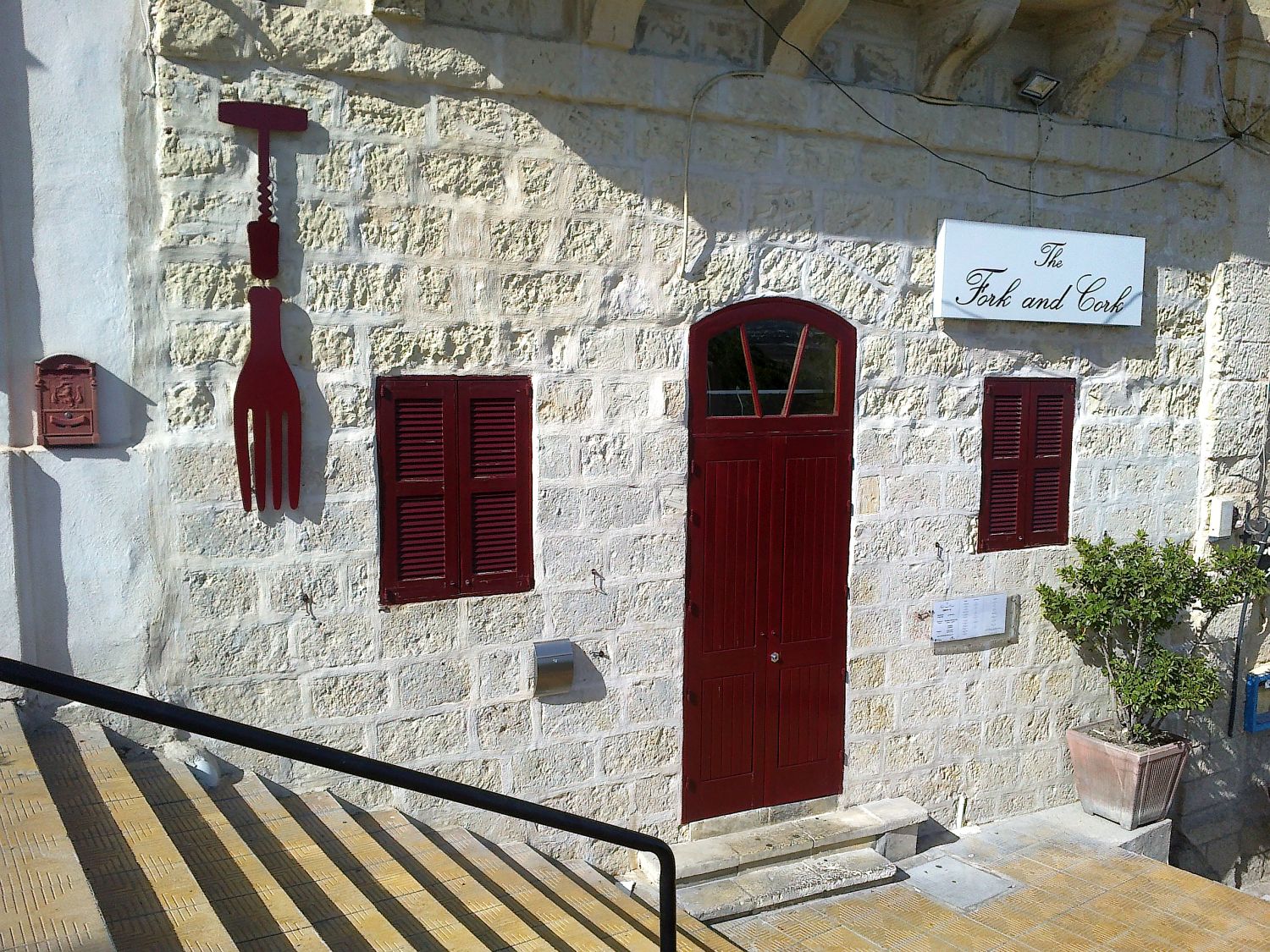
Rabat se afla chiar langa Mdina, practic cand iesi din Silent City ai intrat deja in Rabat, pe care-l poti parcurge pe jos. Orasul Rabat a jucat un rol major în trecutul Maltei și este un punct impresionant de patrimoniu cultural, a fost parte a orașului roman Melita, iar site-urile și relicvele arheologice găsite dovedesc si acum importanța lui în perioada romană. Aici se gasesc Catacombele Sfantului Pavel, Roman Villa (Domus Romana), precum si multe biserici sau manastiri incarcate de relicve istorice ale calugarilor franciscani, dominicani si augustiniani.

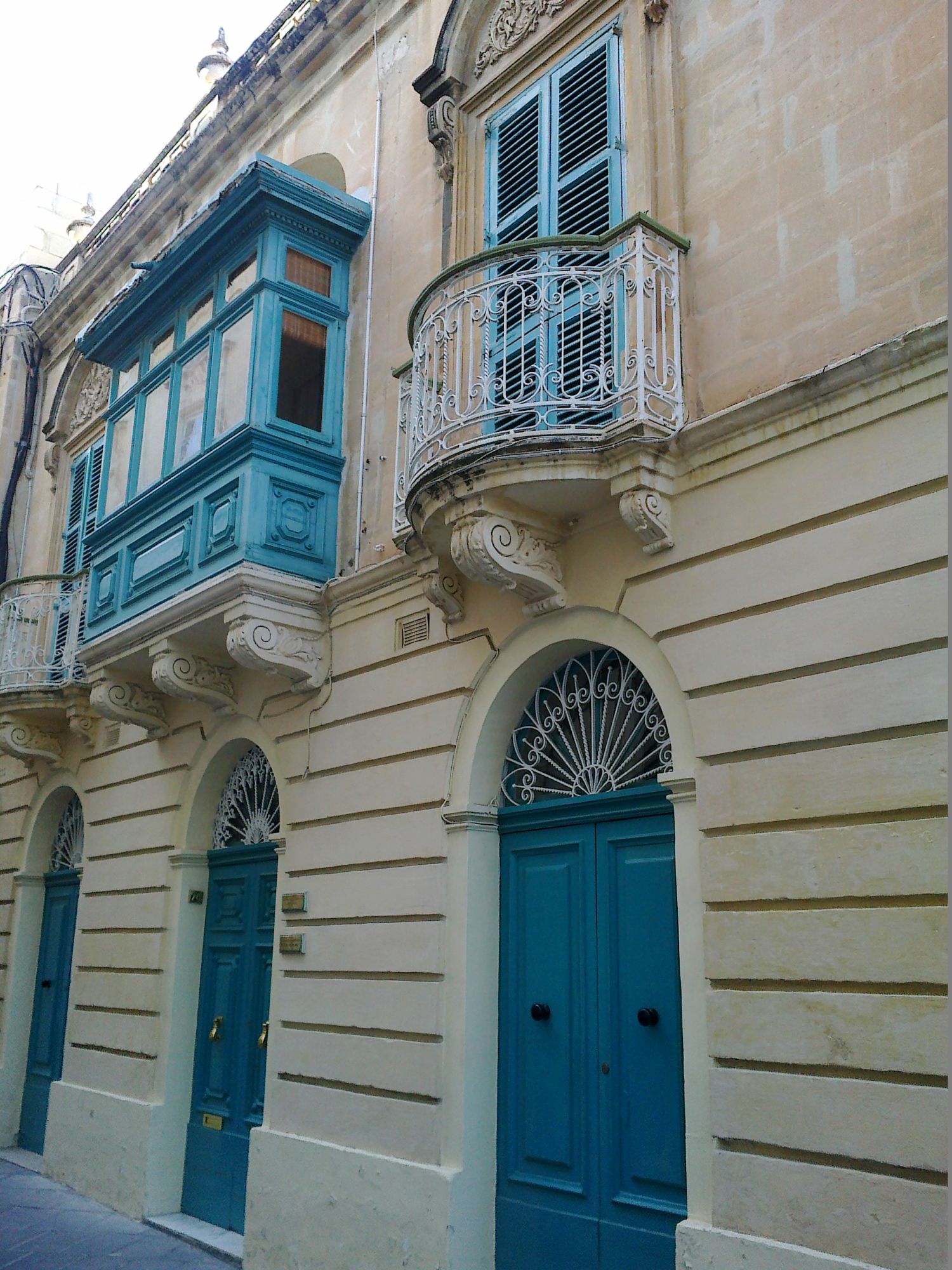
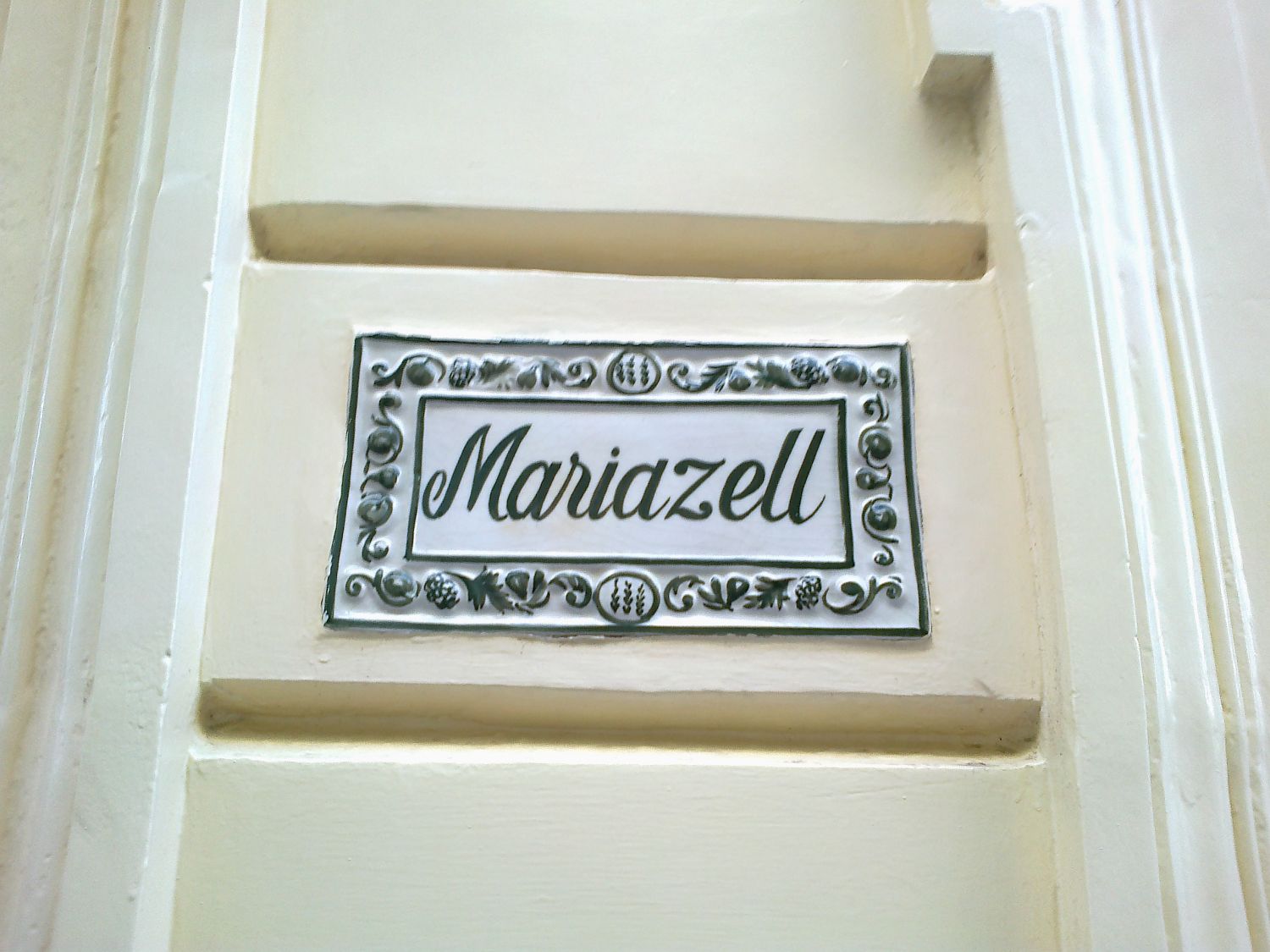
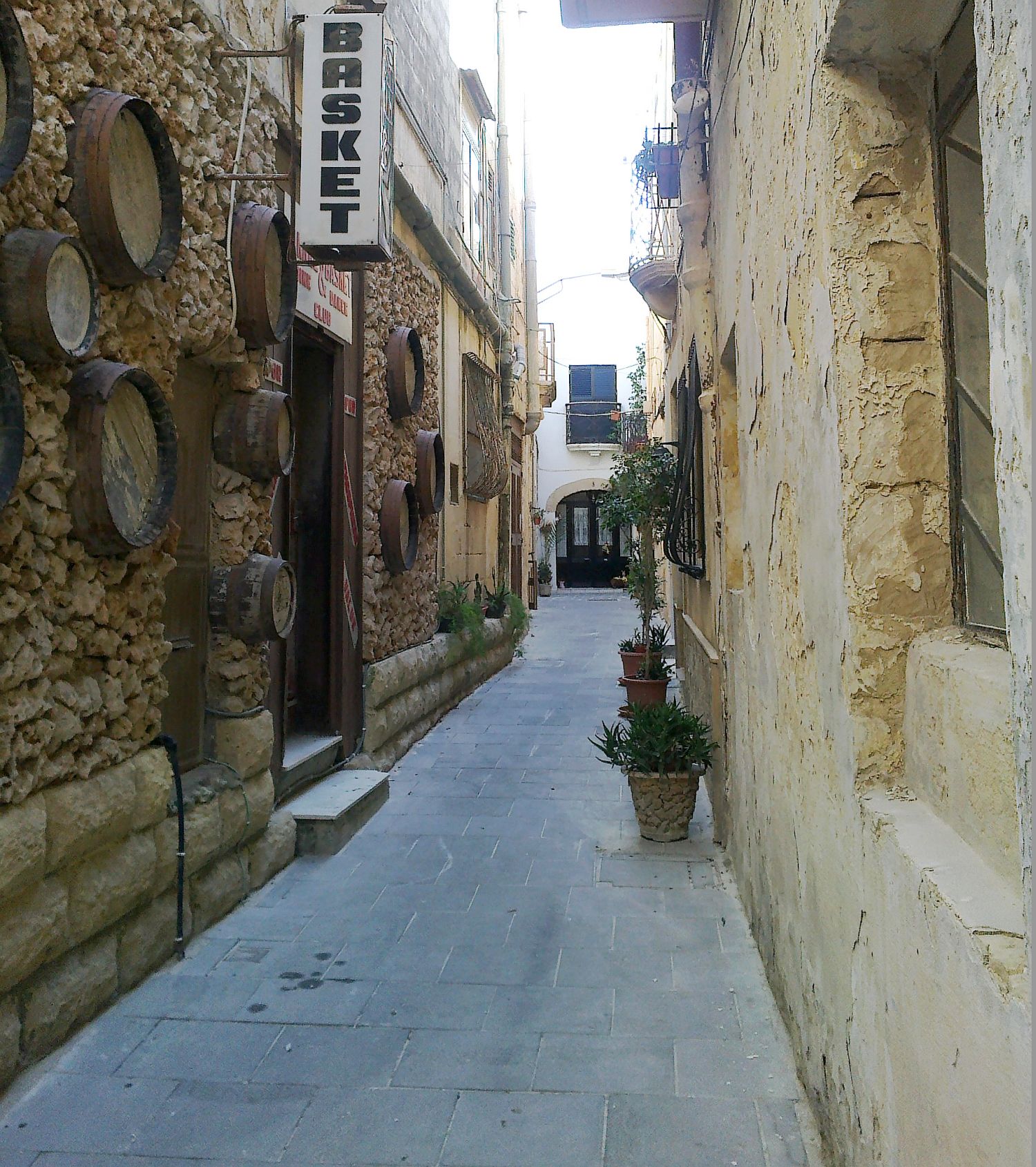
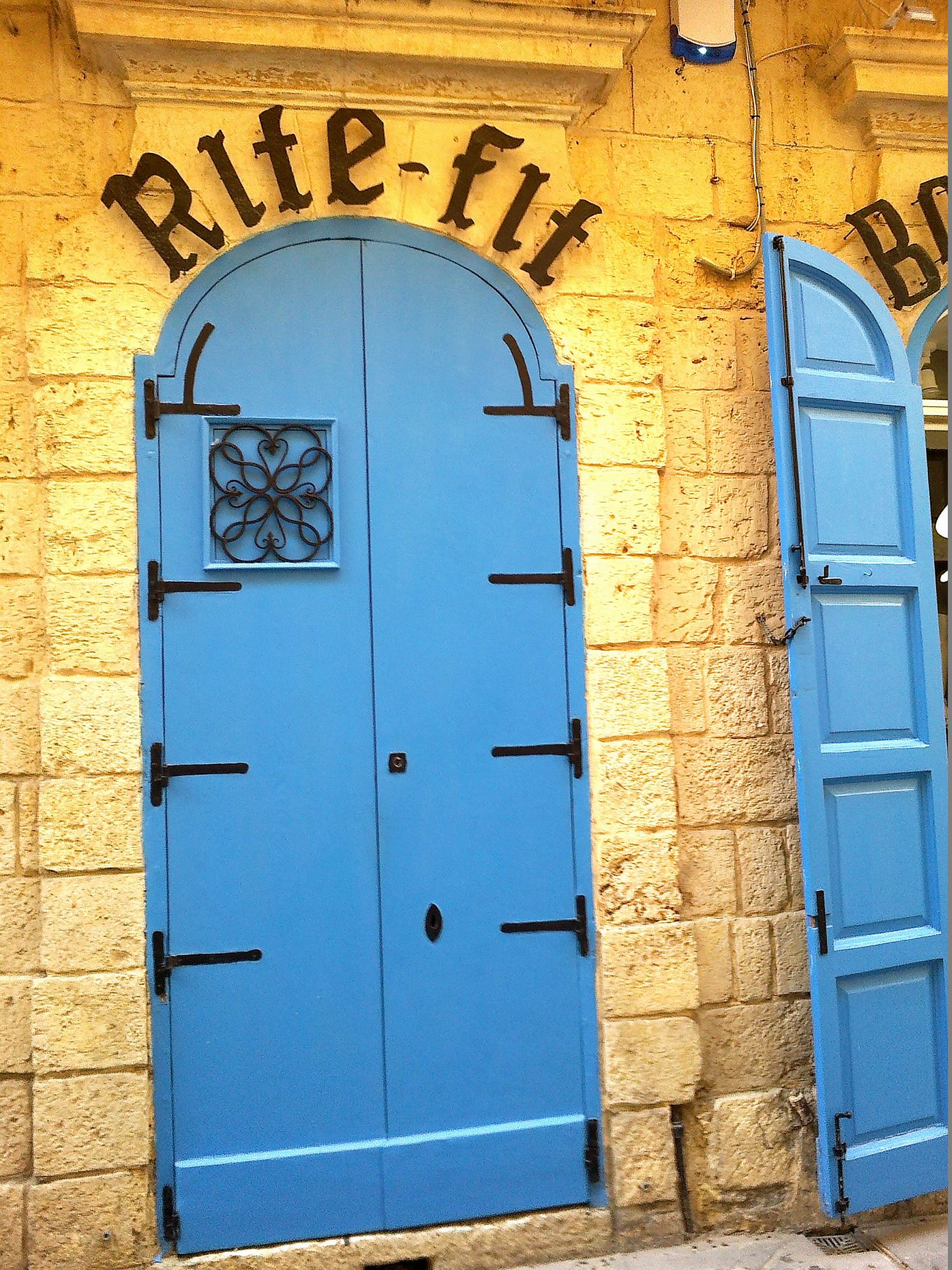
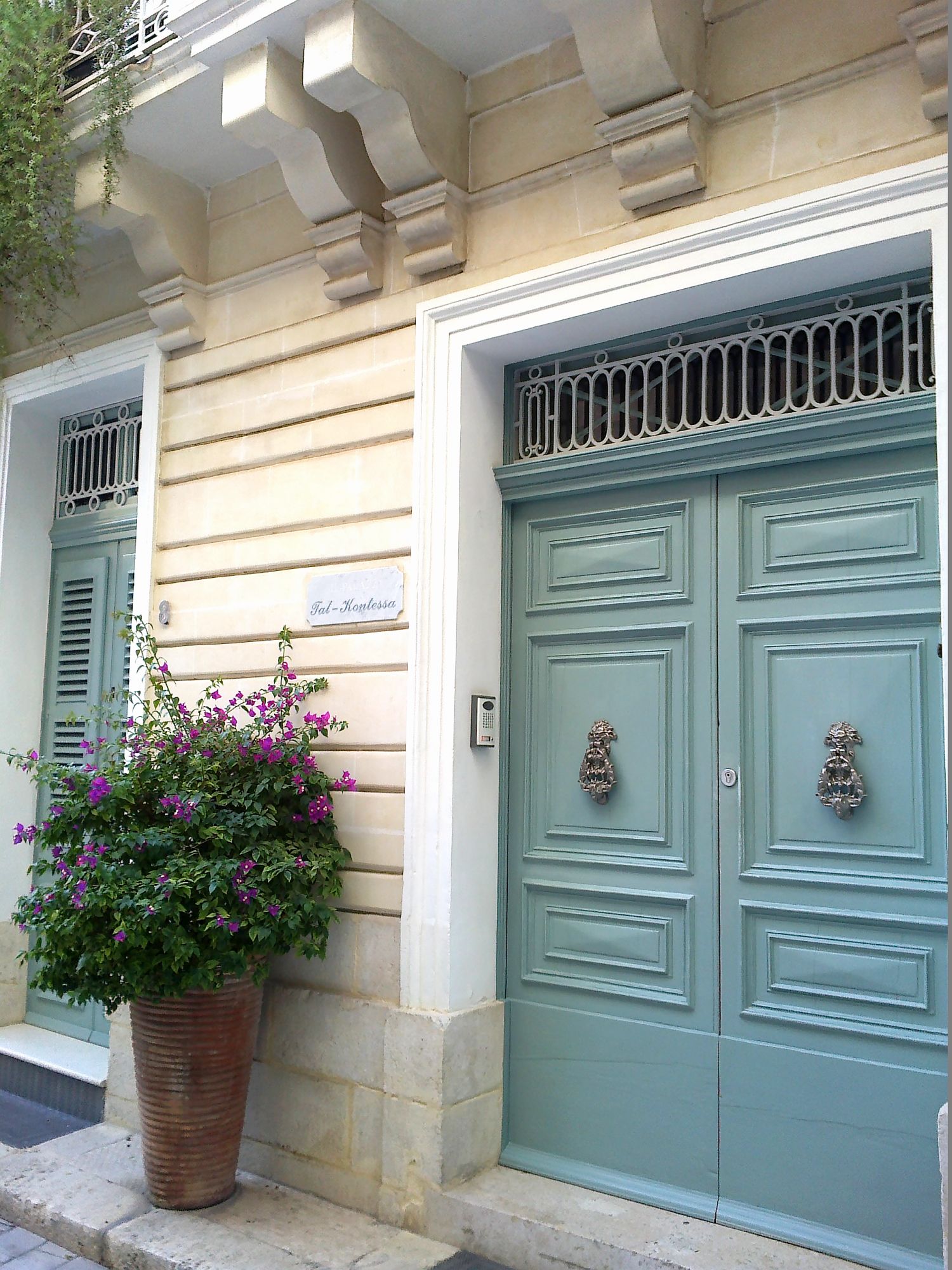
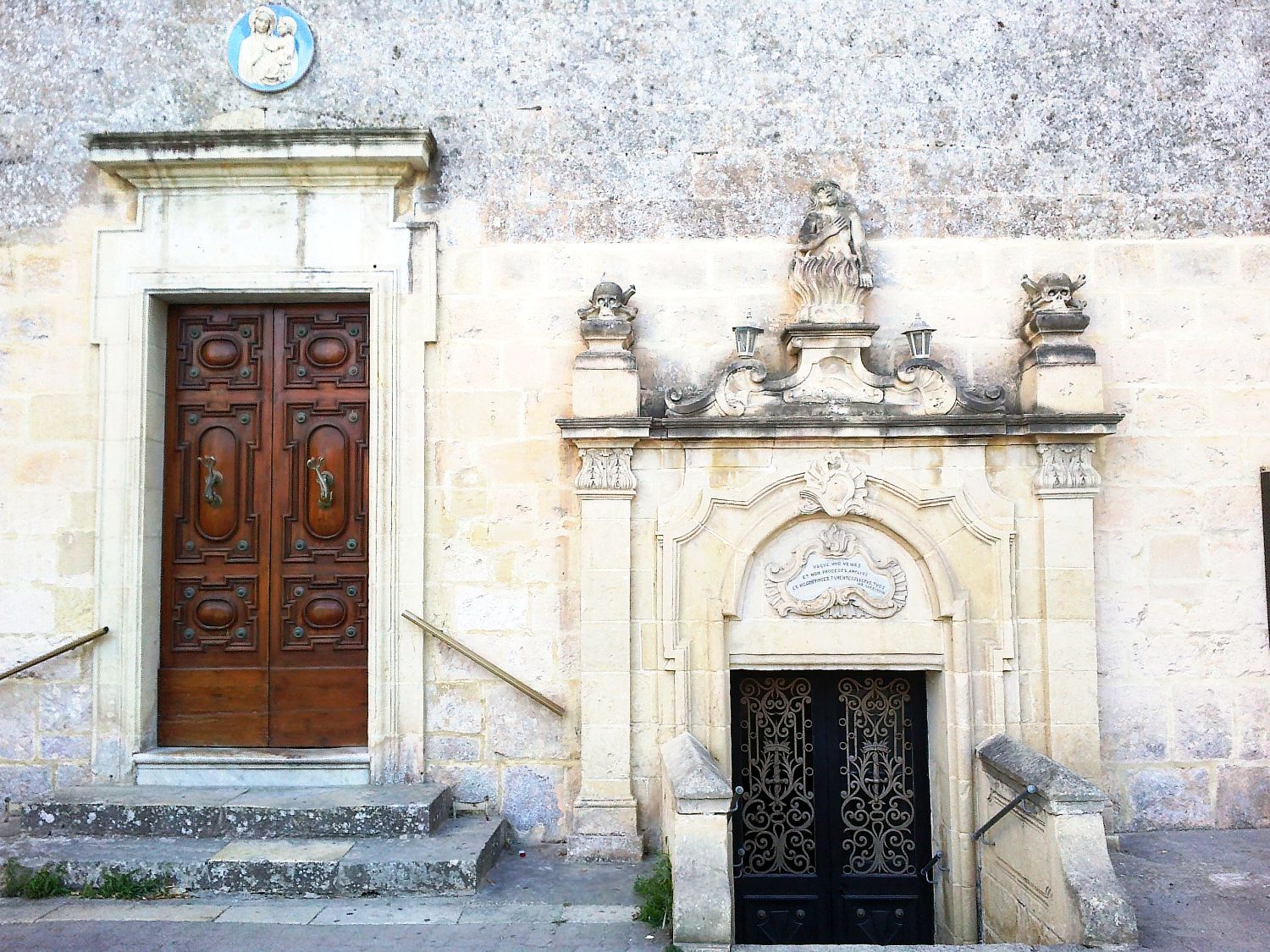
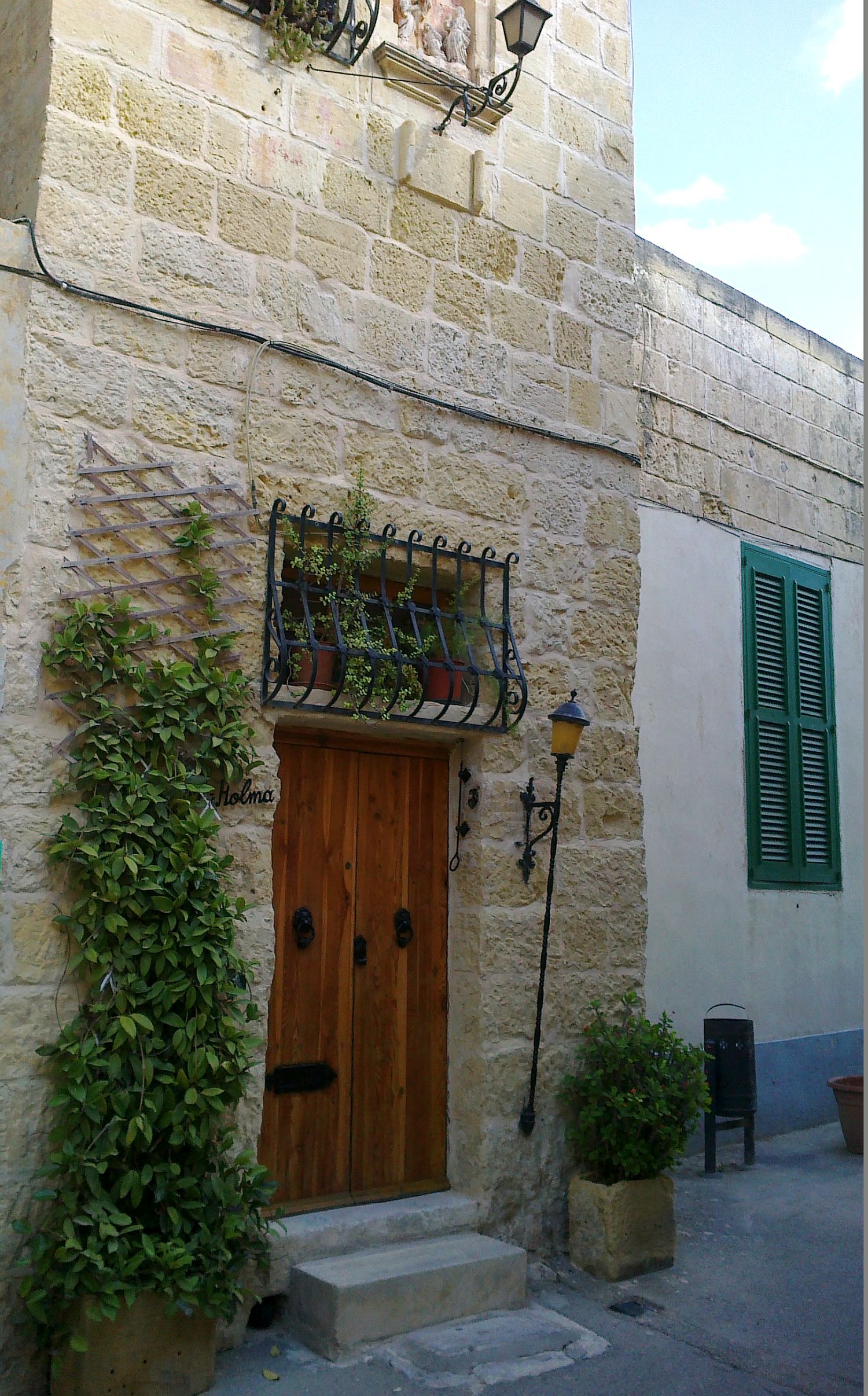
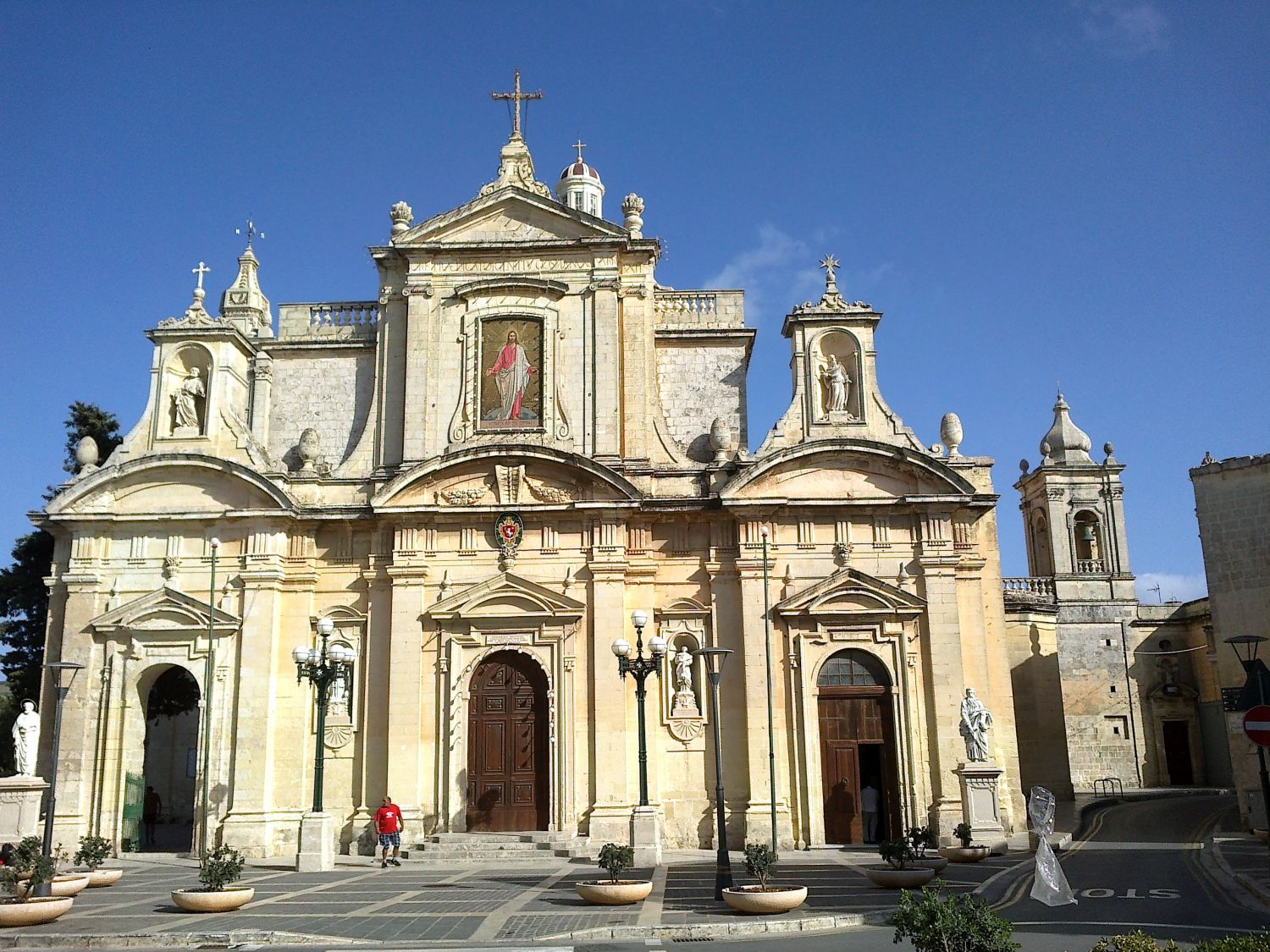
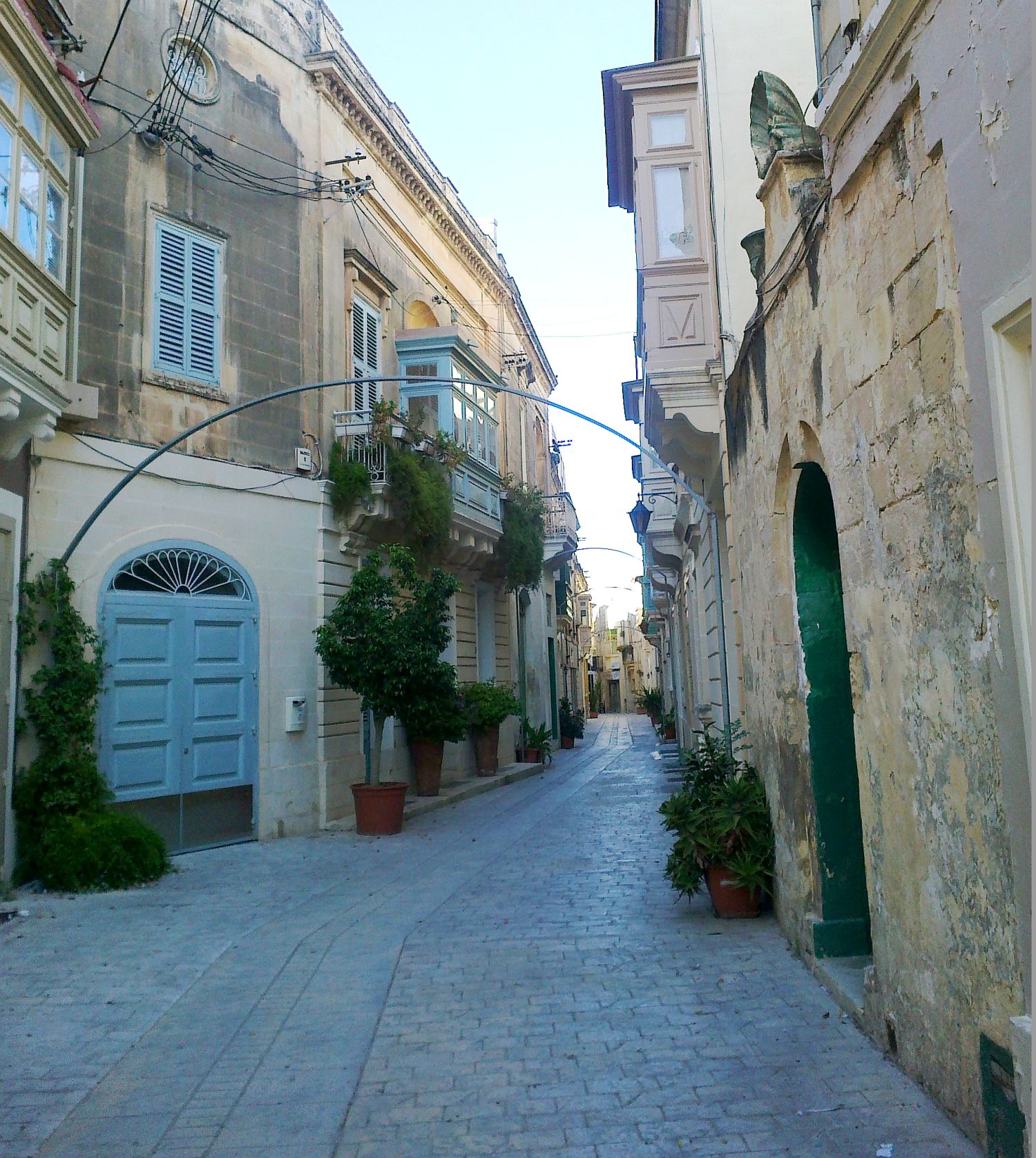
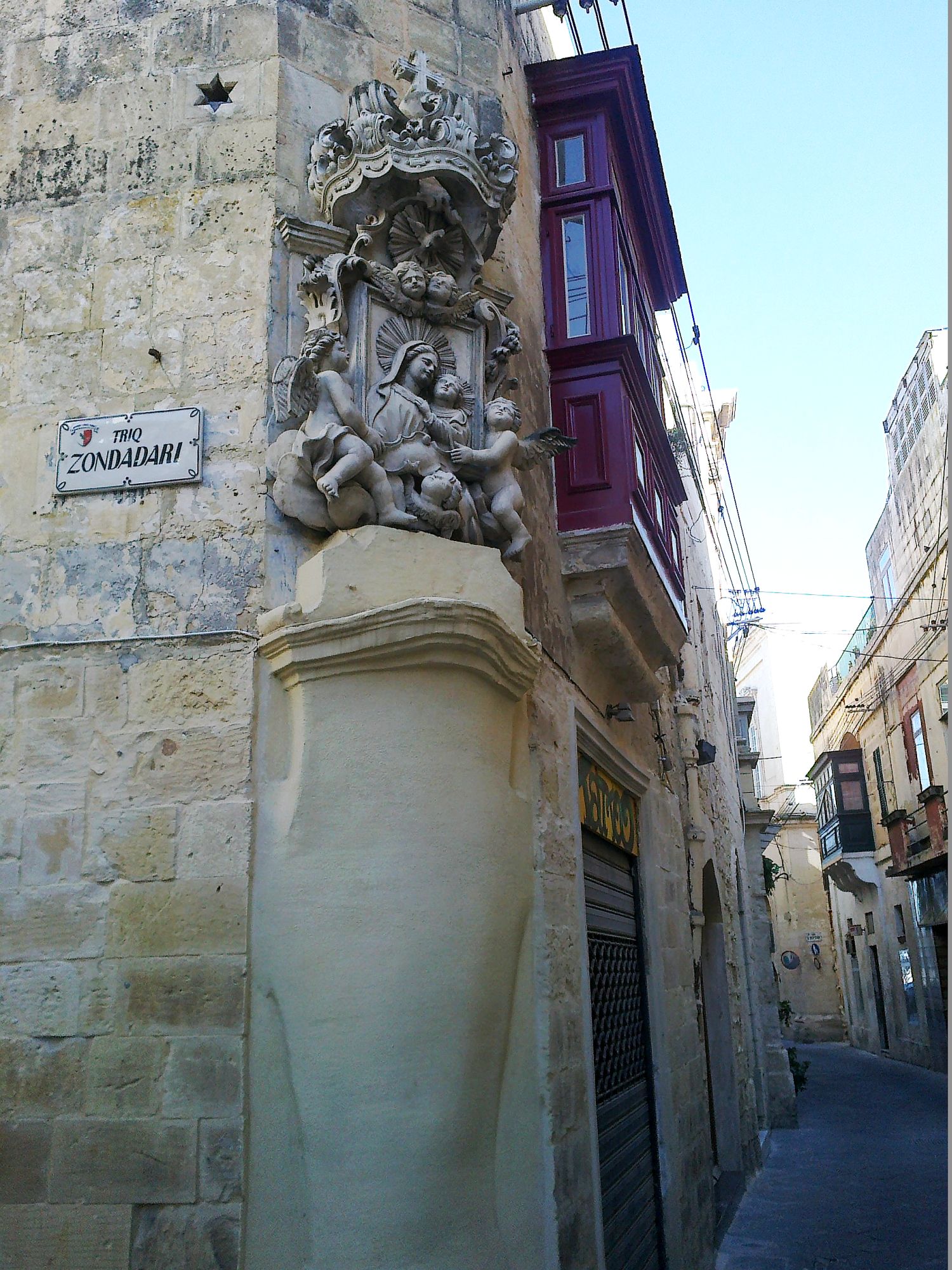
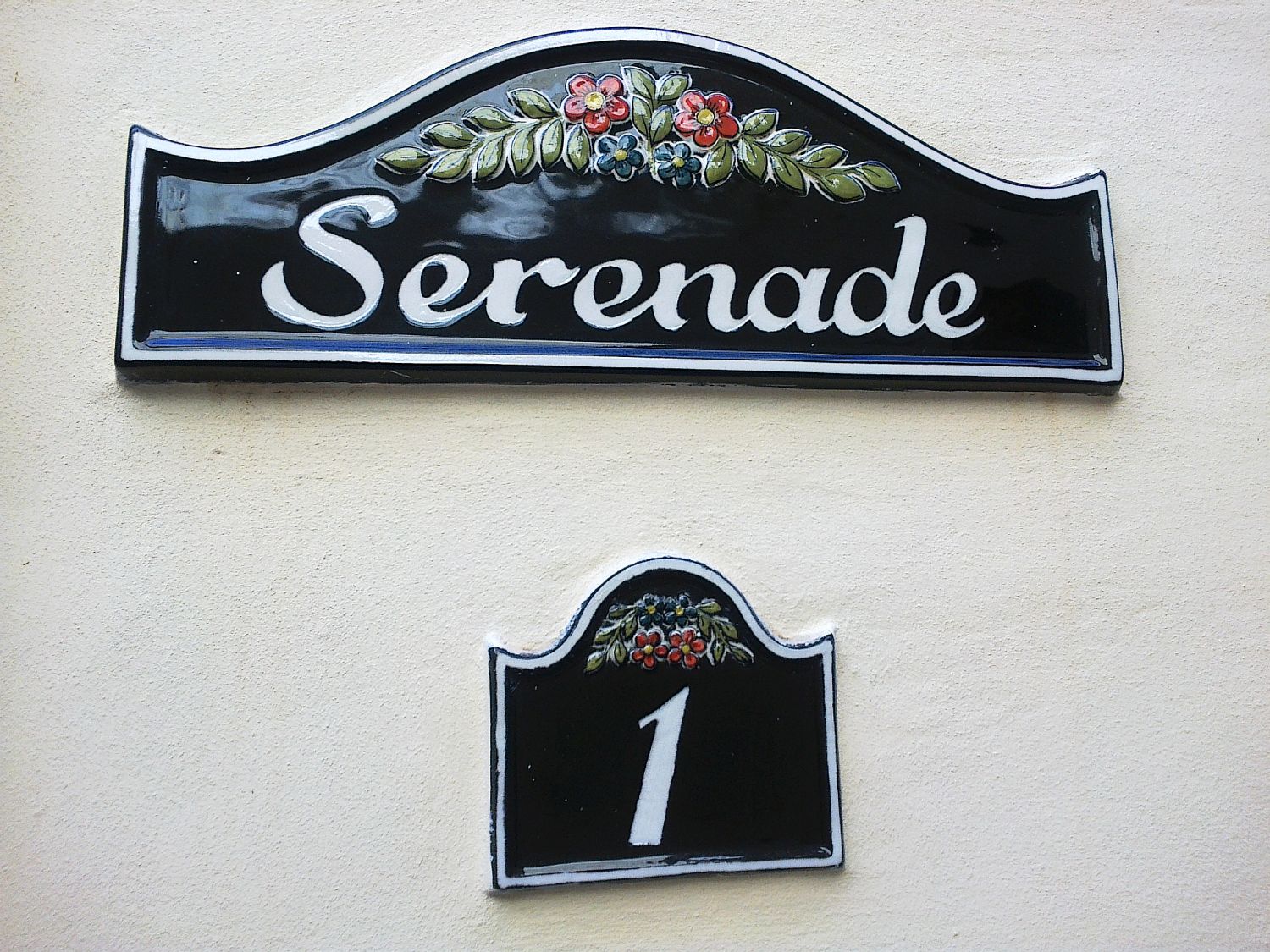
After searching in vain for more than a week, that magic phrase of beginning, around which the words of the article would come more quickly, simple, sitting naturally in sentences, I stopped, realizing suddenly, like Cocteau, that in fact “I wanted to go beyond letters and write in images“.
Because Malta is such an overwhelming beauty, felt especially by those who love architecture and old buildings, those who feel the pulse of old times in the walls through which we step today. Large pieces of lime and yellow stone are ubiquitous in homes, cathedrals, palaces, monuments as a leitmotiv of soil aridity, equivalent to the Maltese archipelago resistance over time.
A short intro history to better understand the images that follow: in the year 870, the Arabs conquered Malta and stayed there for over 200 years, which influenced the culture, civilization and Maltese language. Then became part of the Kingdom of Sicily until 1266, whose kings were too relaxed to be involved in the organization and after the kingdoms of Castile and Aragon joined, Malta belongs to the Spanish Empire. In 1530, King of Spain bestows this island of the Knights of St. John, known as the Knights of St. John or the Sovereign Military Order of Malta, who ruled until 1798, when Napoleon conquered and establishes the domination of French for two years, after which the British came to and remain in power until 1964 when Malta became independent.
Book 8-10 days to see Malta leisurely, because the small island is full of splendor that deserves to be enjoyed. We rented by airbnb.com at a decent price (cost 170 euro for 8 nights) a nice two-room apartment in Sliema, in a typical Maltese building, with wooden balcony painted in turquoise, in the end of a little street overlooking the sea, so the view was ensured from the start;)
Everywhere in Malta and especially in Sliema, the homes have nameplates and small religious symbols or statues, for divine protection and attraction of beneficial energies. Balconies and doors of the houses are brightly colored in green, red, burgundy, blue, yellow, so it’s a continue pleasure to look and photograph them non-stop.
The food is good and affordable, everywhere there are bistros and cozy terraces, the transport infrastructure is excellent – comparable to the Swiss – so you can go faster with buses, yachts or boats that connects absolutely all important points island.
In mid-September there were about 30 degrees and humid heat, therefore enclose in your outfit as must have a hat and sunglasses with a camera and free travel spirit 😉
My favorite No.1 is Mdina, here’s the story in a few words and many pictures.
Mdina history begins 4,000 years ago, when the Apostle St. Paul shipwrecked on the island. Lighted at night with lanterns and called ‘Silent City’, Mdina is fascinating by old town atmosphere and timeless cultural or religious treasures. Over time, Mdina has had different names and titles, according to its leaders, but the medieval name Citta Notable – the city noble – best describes the fact that it was home then, as now, for noble Maltese families downward from Lords of Sicilian and Spanish since the 12th century onwards. With impressive palaces and villas lined on its narrow and shady streets, Mdina is one of the best examples of ancient European city fortified by extraordinary and memorable mixture of medieval and baroque architecture.
Rabat is basically right near Mdina, when you leave the Silent City you have already entered in Rabat , which you can travel on foot. Rabat played a major role in Malta’s past and has an impressive cultural heritage, was part of the Roman city of Melita and archaeological sites and relics found here are now proving its importance in the Roman period . Here are Catacombs of St. Paul, Roman Villa (Domus Romana) and many churches and monasteries full of historic relics belonging to Franciscan, Dominican and Augustinian monks.
Photo credits: visitmalta.com, Alina Mitrica, personal archive Ruxandra Chiurtu
Uau! Arata genial. <3
da, un loc absolut superb!